Contents
Hanoi | Introduction
Hanoi, located in the northern part of Vietnam, is the capital and the second largest city of the country. This city boasts a history of a thousand years, having been established as early as the year 200 AD. It is a city filled with history and culture, blending Vietnam's ancient traditions with French colonial architectural styles. Walking through the streets of Hanoi, you can feel the unique charm of this city, from the bustling markets to the tranquil lakes, surprises await at every corner.
Hanoi serves as the primary gateway for travel in North Vietnam, with nearby famous attractions such as Ha Long Bay and Ninh Binh. For first-time visitors to Hanoi, it is recommended to plan for at least a three-day itinerary. If you're only planning to explore the Hanoi city area, most attractions are concentrated around Hoan Kiem Lake. A three-day and two-night tour is sufficient to visit the main attractions, with extra time to slow down and enjoy the city. If you have four to five days or more, it is suitable to arrange visits to nearby attractions.
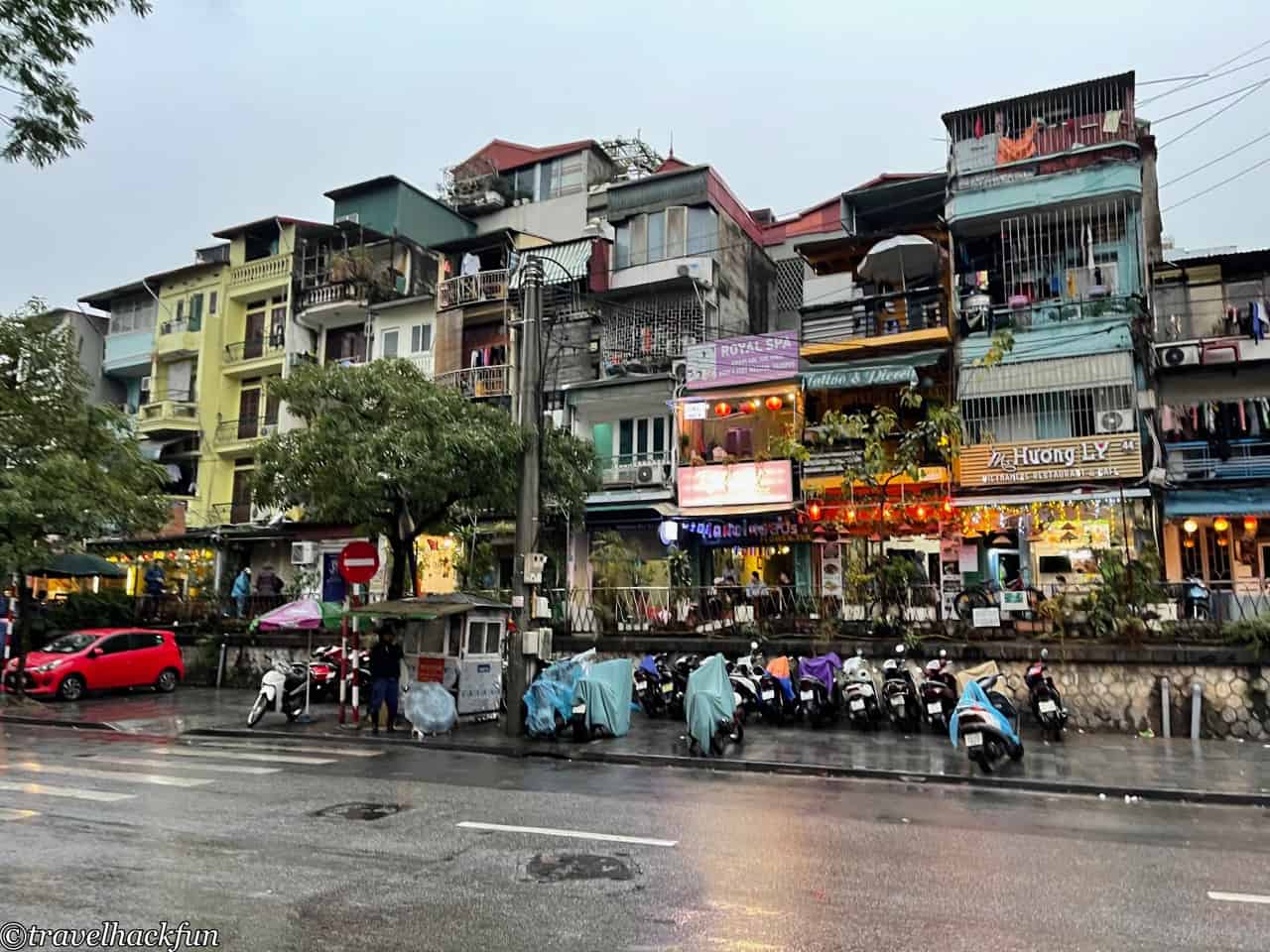
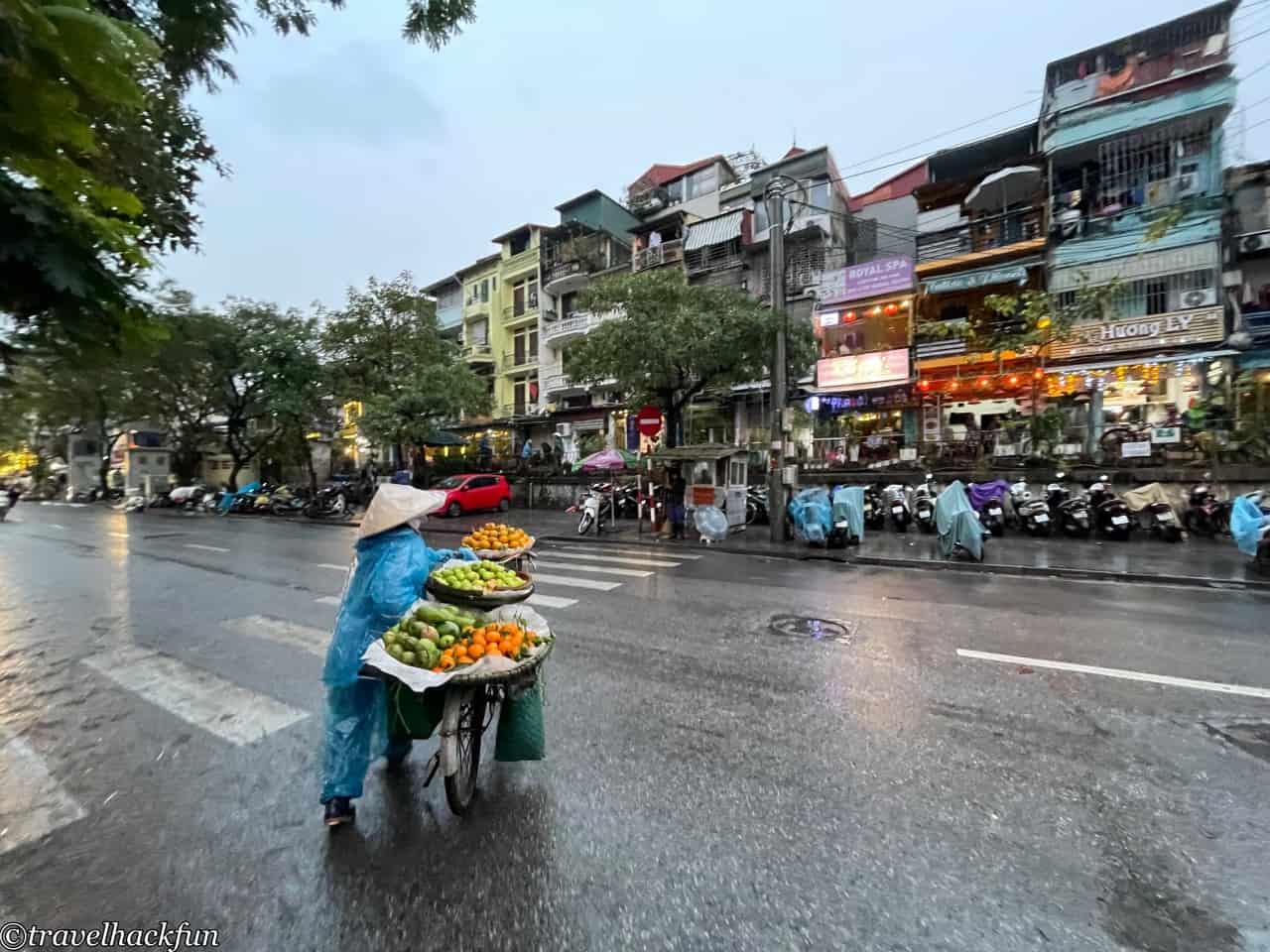
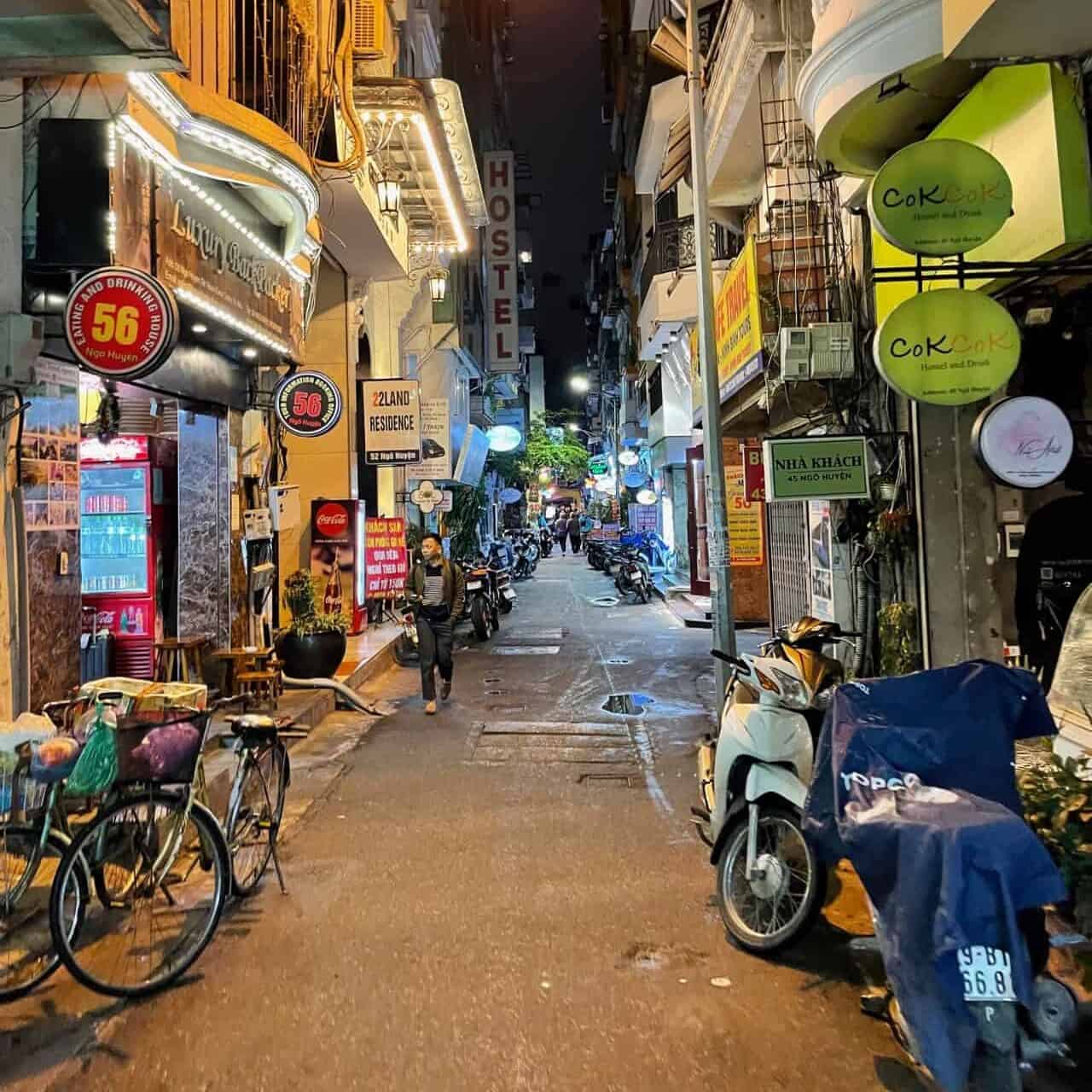
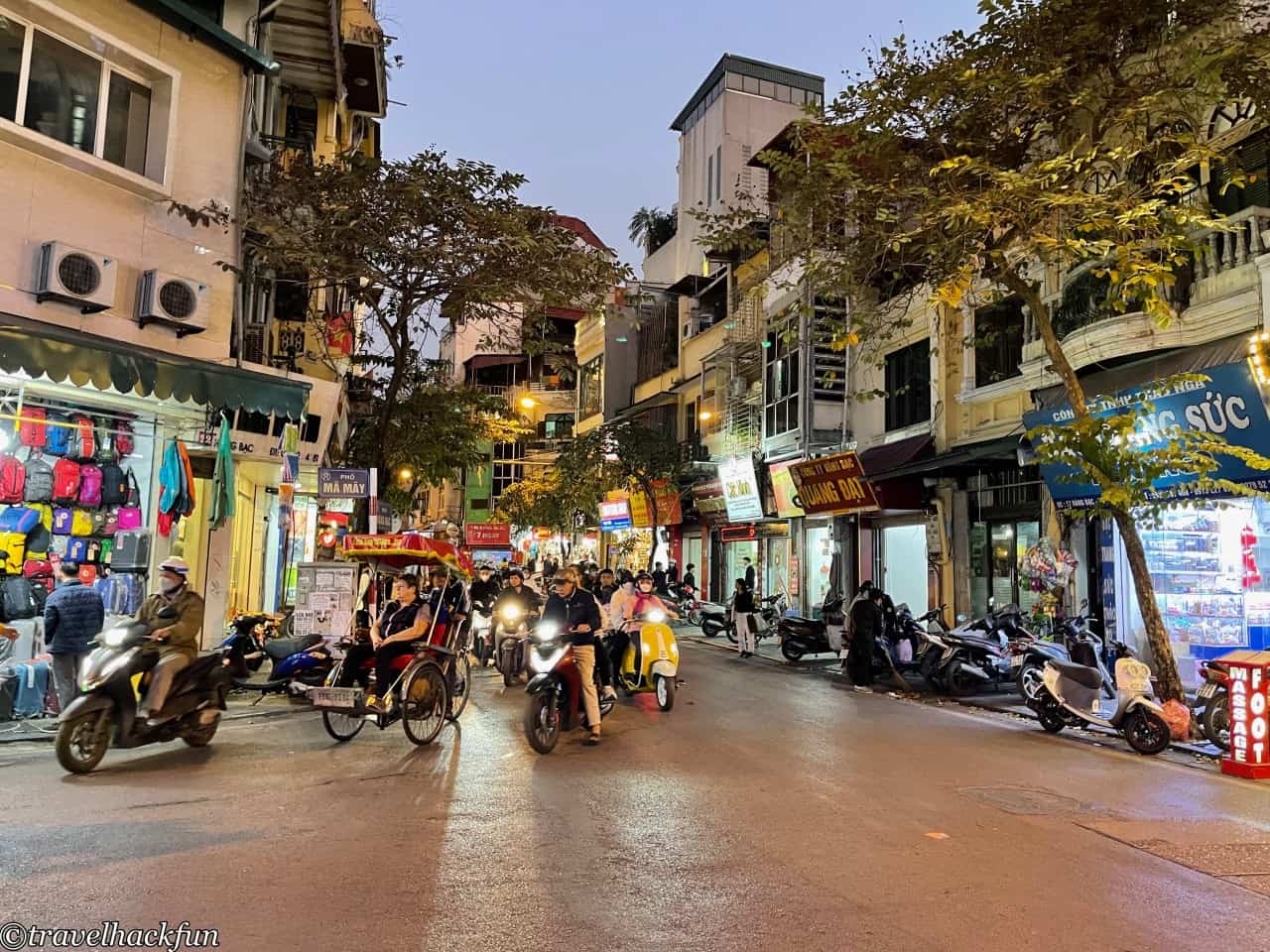

🧳 A full travel resource kit for this topic is currently in the works.
It will include itinerary plans, recommended stays, custom maps, and useful tips.
Hanoi | Transportation
Airport transportation
The airport in Hanoi is Nei Pai International Airport, which is about 45 minutes away from the city. There are many ways to get to the airport from downtown Hanoi, including buses, taxis, and shuttle buses.
Public buses are the most economical option, but may require longer travel time and may not allow large luggage. If you are traveling light and want to save some money, there are several bus routes to choose from, such as Bus 90 and Bus 109. There are also minivans available from the airport, which are cheap but you will need to wait until they are full and may not be suitable for everyone's destination.
In recent years it has become common to use Grab (an Uber-like service) to hail a taxi, which usually costs between 230,000 - 350,000 VND. However, this is not guaranteed to be the cheapest, so if you're traveling during peak hours, it's often cheaper to pre-book airport transfers in Hanoi, either by asking your hotel or by booking online in advance. For example, for our new year period to Hanoi airport, the Grab price was VND300,000, but the pre-booked price was VND260,000.
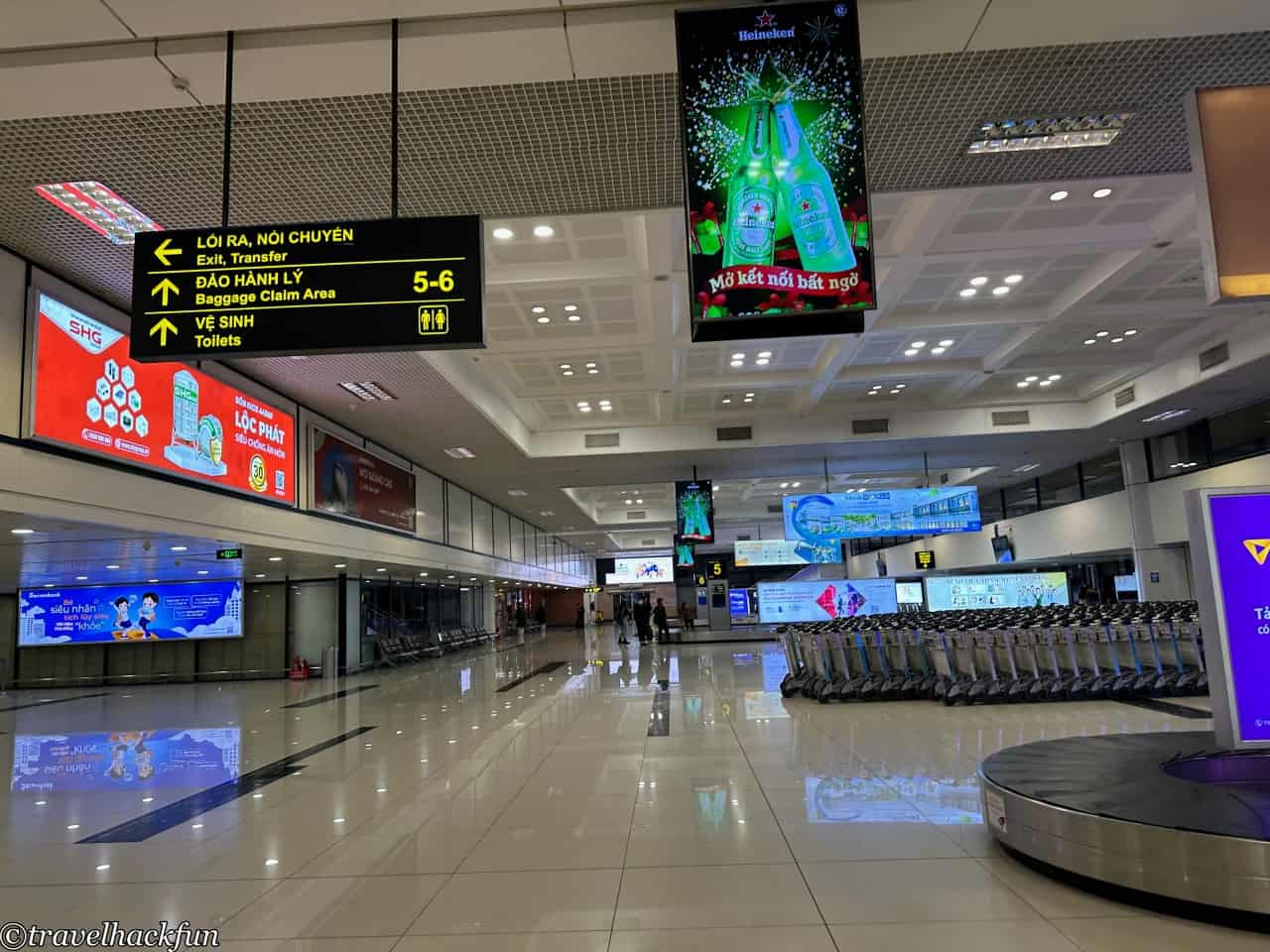
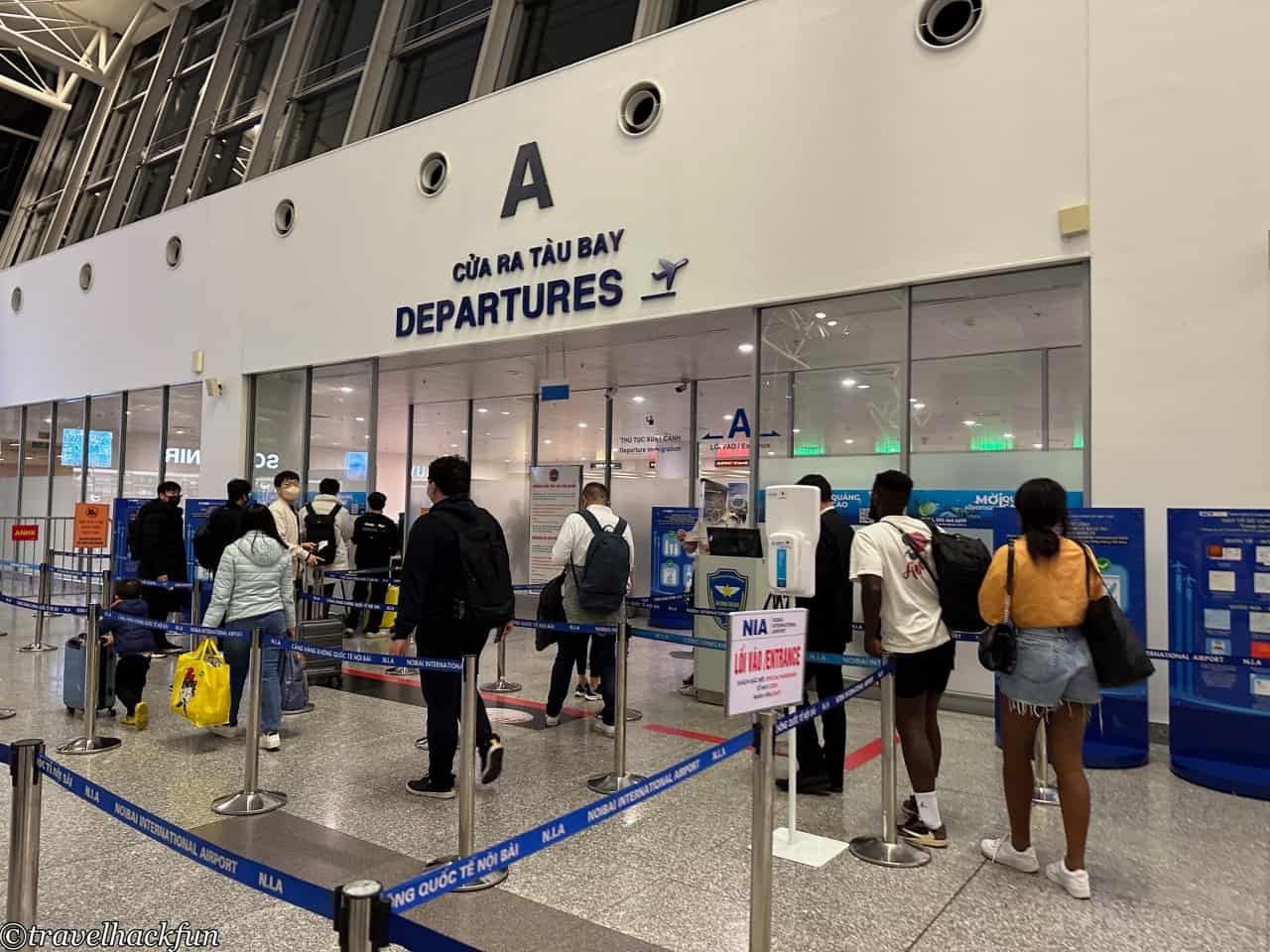
City Transportation
For those from outside the area, the traffic in Hanoi might seem somewhat chaotic, which has become one of the well-known characteristics of Hanoi's tourism. Personally, my favorite mode of transportation within the city is using Grab. It's safer and more convenient than traditional taxis.
Another important aspect to be mindful of when walking in Hanoi is the chaotic traffic and frequent honking, which often leaves foreigners perplexed when trying to cross the streets. Therefore, everyone should learn what is known as the "Vietnamese way of crossing streets." Crossing the road in Hanoi might initially seem quite chaotic, but there are some unwritten rules that can help pedestrians safely navigate through the busy streets.
In Hanoi, vehicles will not stop to yield to pedestrians. However, drivers are generally very aware of people walking. The most important thing is to remain calm and maintain a steady pace without making sudden changes in direction. This allows drivers to predict and adjust their routes accordingly. Eye contact or hand gestures can also be helpful in navigating across the streets. When encountering larger vehicles, extra caution is necessary due to their potential blind spots, and it's sometimes better to yield right of way when needed.
- Hotel search: Agoda
- Activities & tickets: KKday / Klook / TripAdvisor
- Travel credit cards (US only): My card picks + beginner tips
Hanoi | Accommodations
Hanoi has a wide range of accommodation options, from luxury hotels to budget guesthouses. For your first visit to Hanoi, it is recommended to stay near the Hoan Kiem Lake, close to the Old Town area and the main attractions and restaurants of the lake, as well as easy access to other attractions by car.
Find a stay in Hanoi
Recommended Hotel | La Sinfonia del Rey Hotel and Spa
During our stay in Hanoi, we stayed at the La Sinfonia del Rey Hotel and Spa, located northeast of Hoan Kiem Lake, close to the Old Quarter. Although the area is bustling and convenient, the rooms were surprisingly quiet. If you stay in a room on a higher floor, you can enjoy a view of the lake. The breakfast was also excellent, offering both Vietnamese and Western options. Starting the morning with a bowl of freshly cooked beef or chicken pho, accompanied by a variety of fruits, was a delight. The hotel service was exceptionally attentive; the staff were very enthusiastic and also recommended genuinely good restaurants and affordable supermarkets to us.
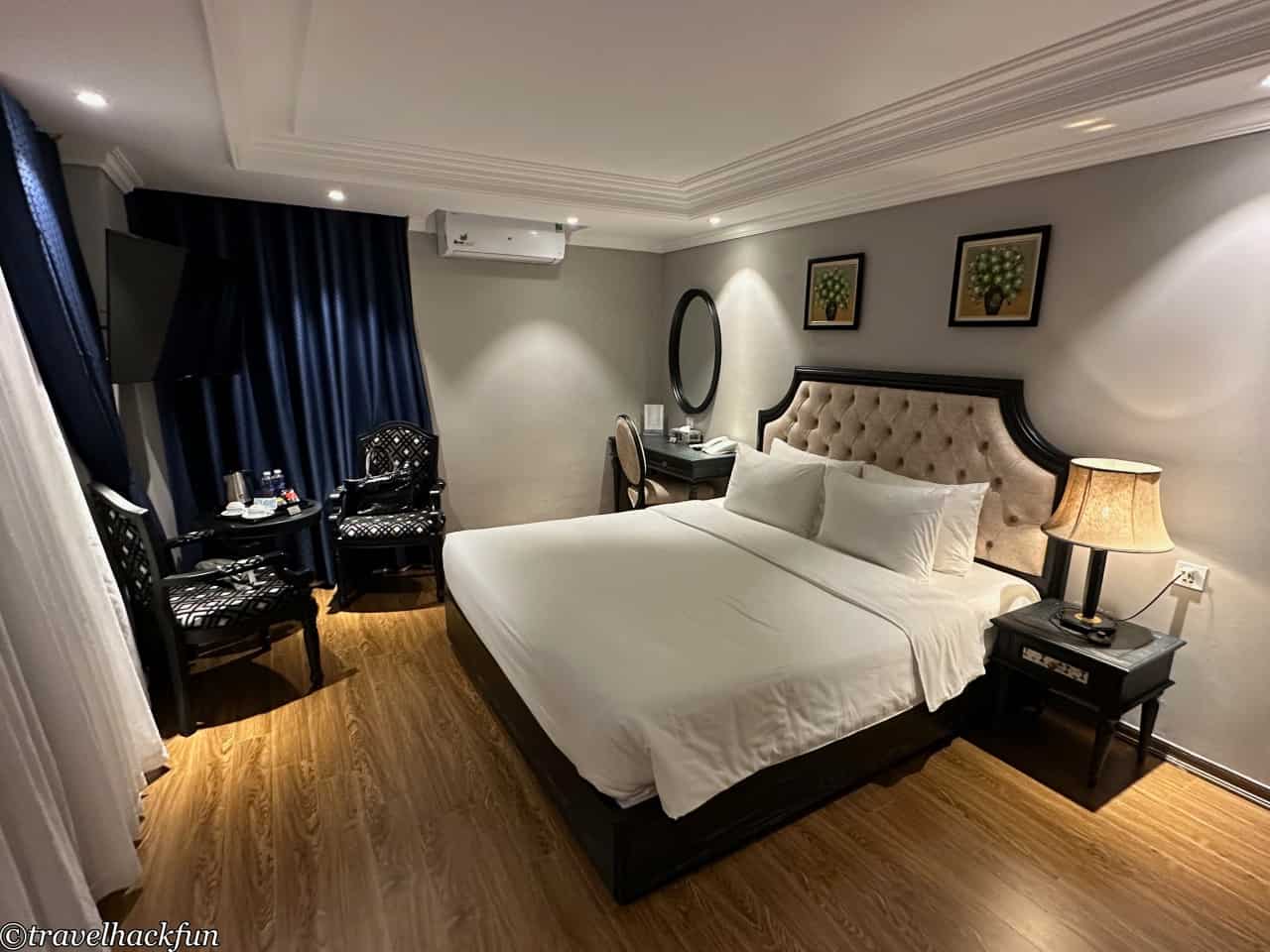
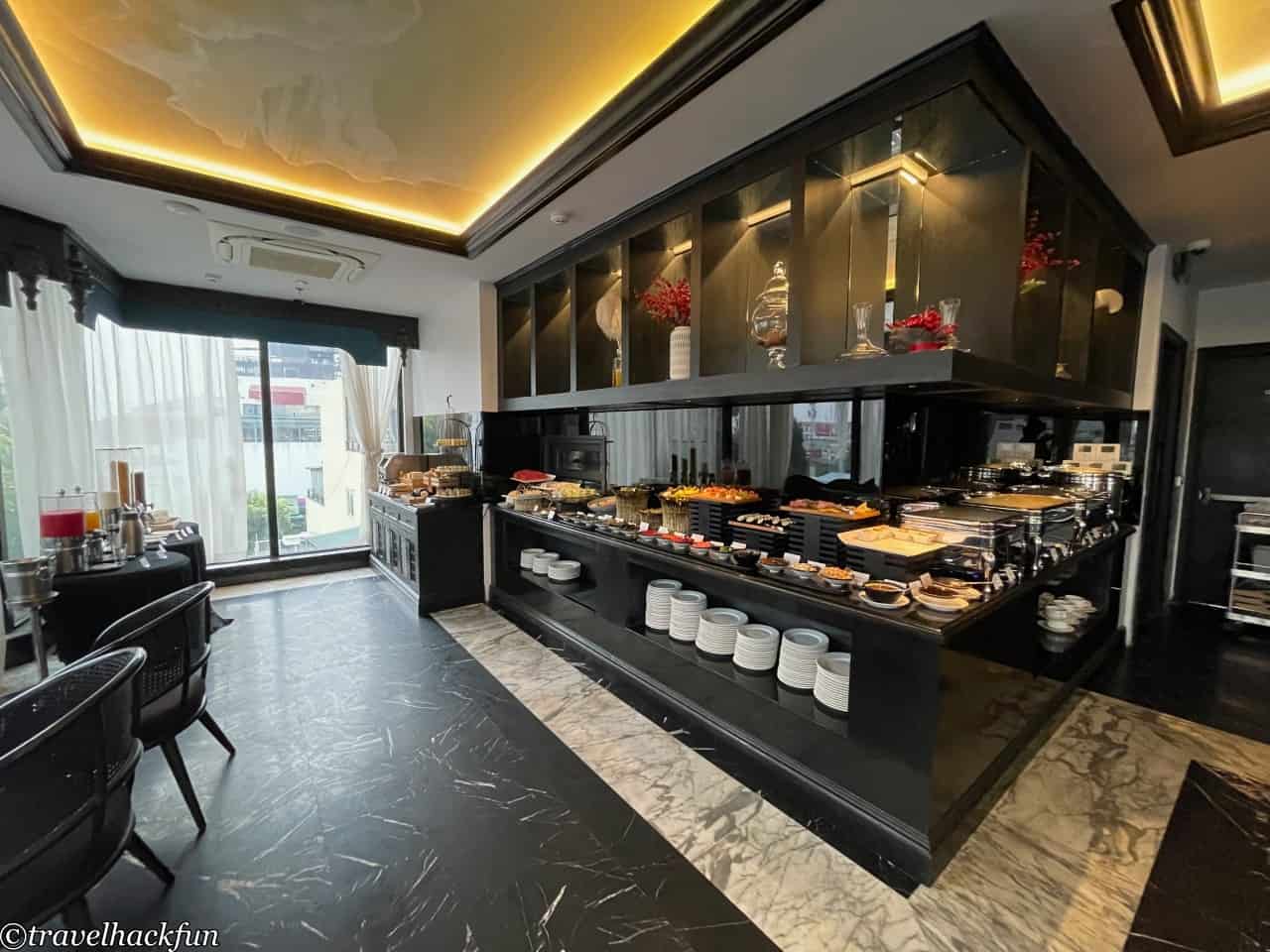
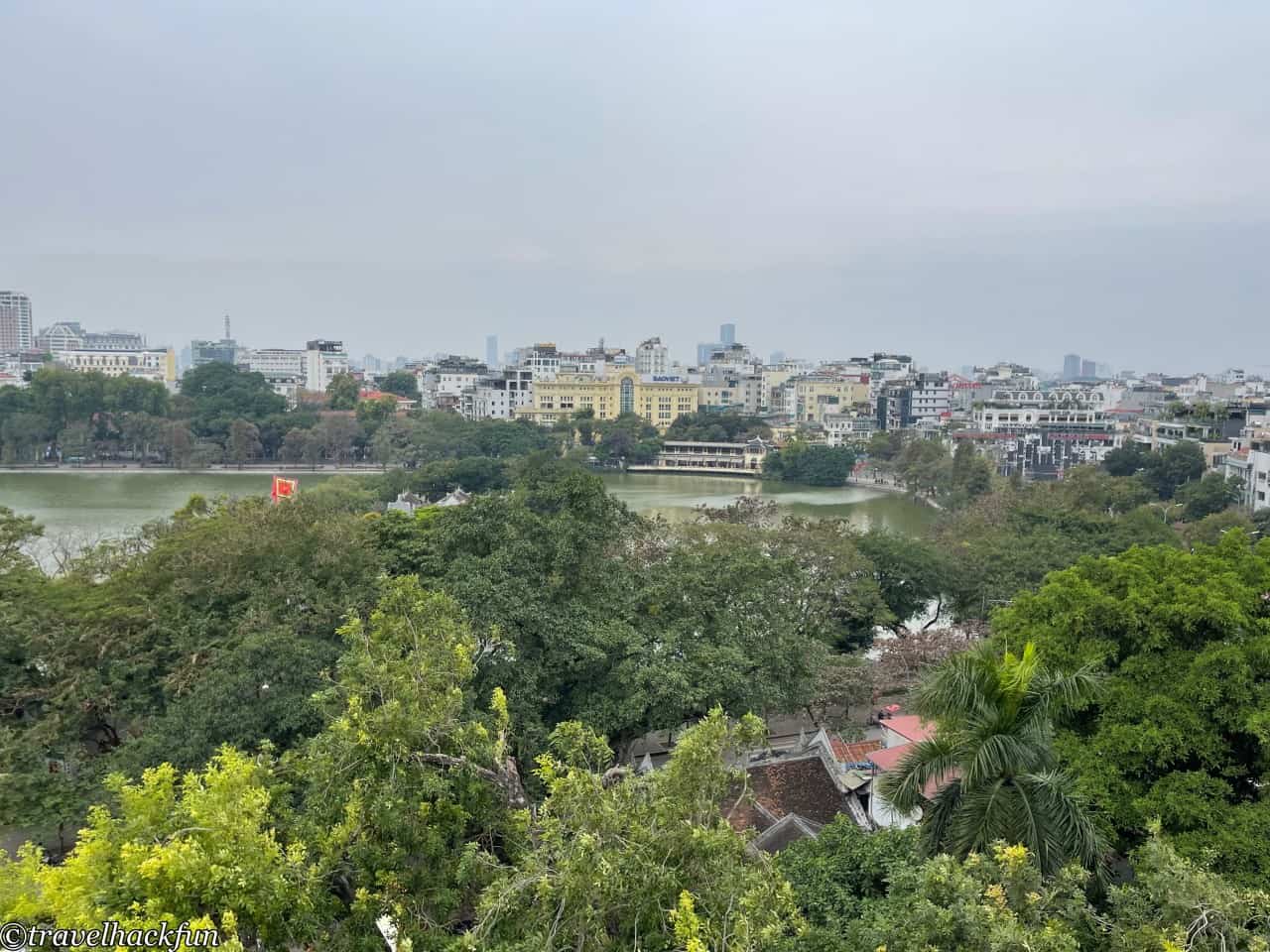

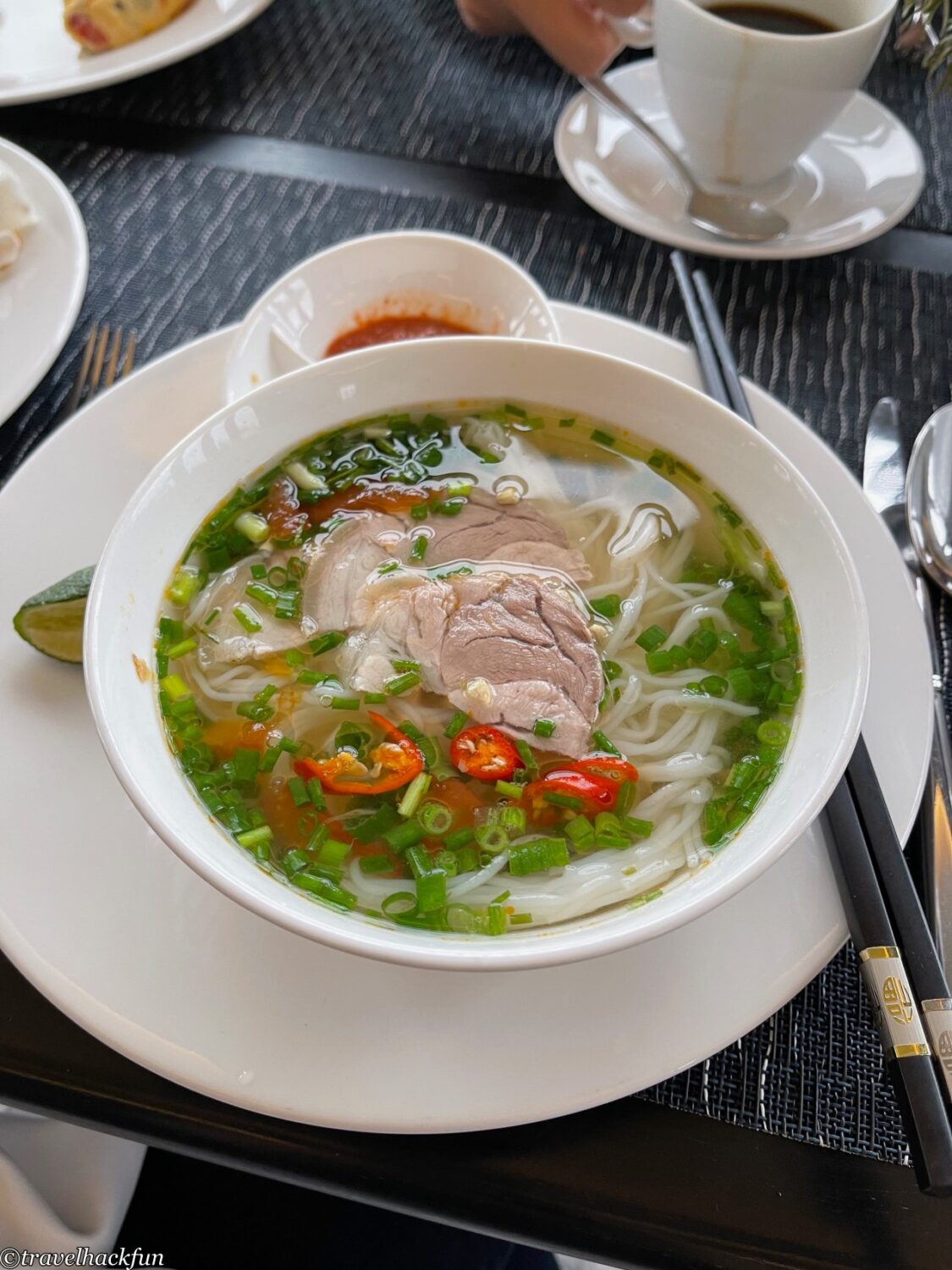
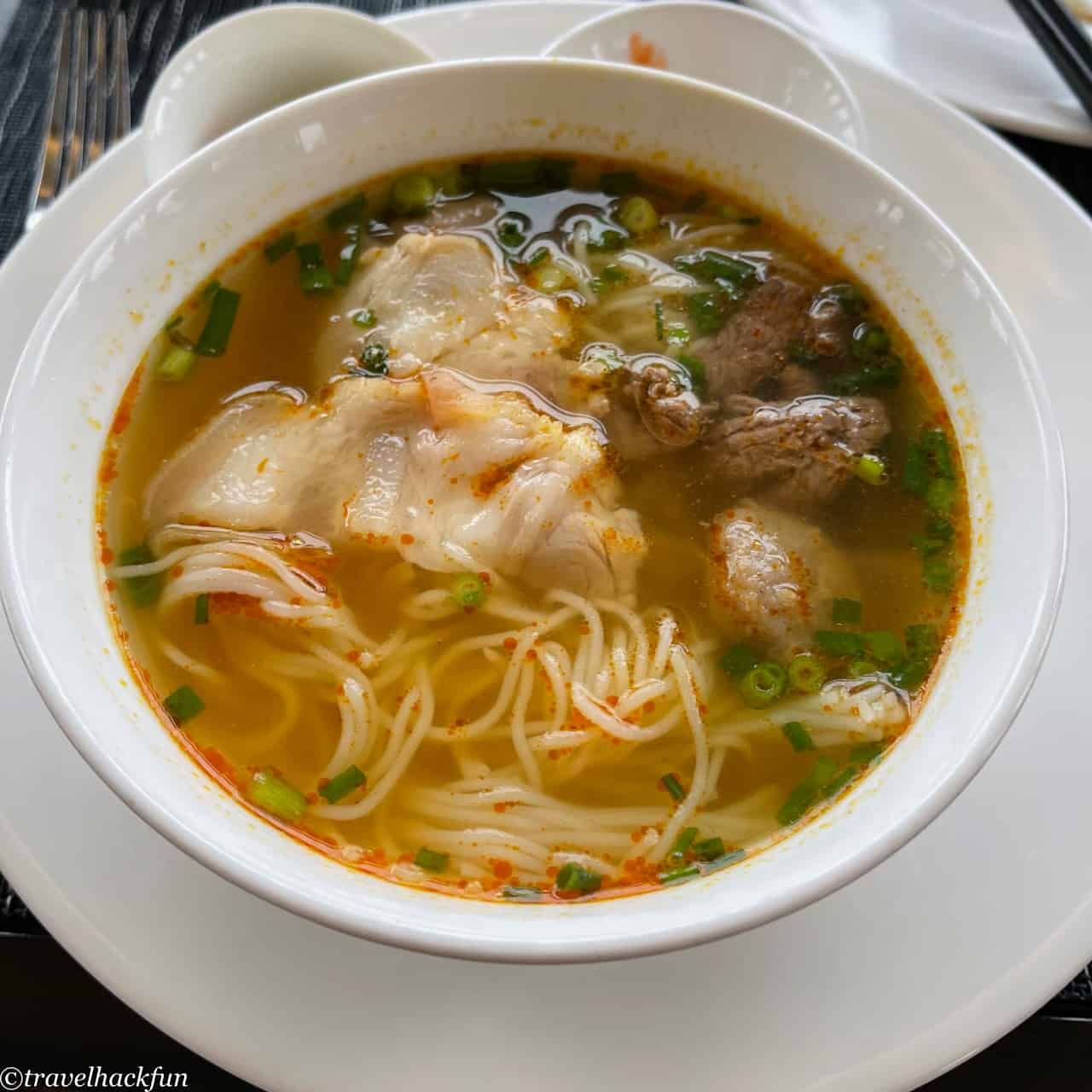
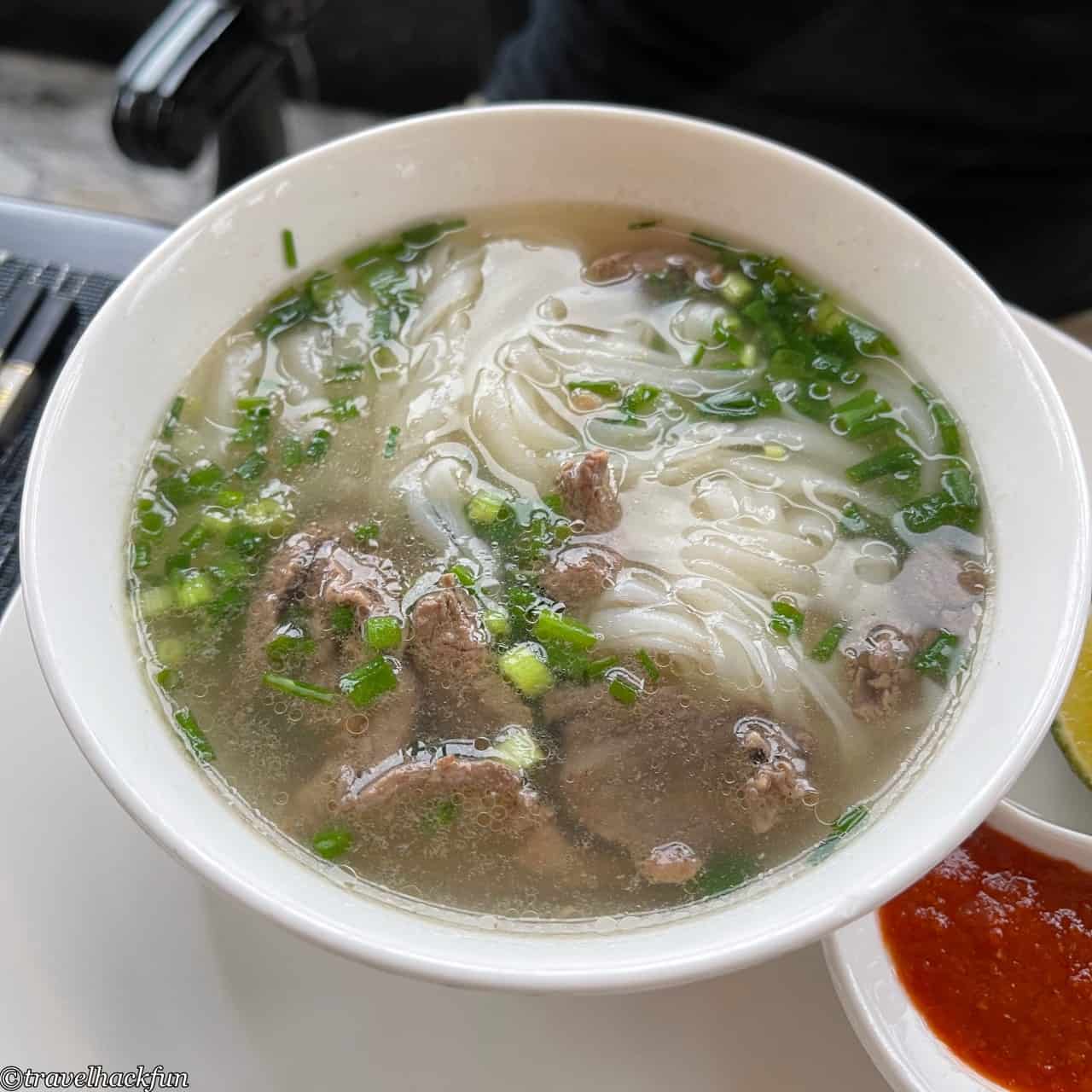
Hanoi | Attractions & Experiences
Hoan Kiem Lake, the Old Quarter, the Temple of Literature, and the One Pillar Pagoda are among the most popular attractions for first-time visitors to Hanoi. These sites are quite close to Hoan Kiem Lake. If you plan to focus on the area around Hoan Kiem Lake, including the Ba Dinh District and the Temple of Literature, a two to three-day itinerary should suffice. However, there are numerous interesting sights within Hanoi's city limits. If you have extra time, I recommend dividing your itinerary into the following areas for exploration and planning your visits according to the places you are most interested in:
- Centered around Hoan Kiem Lake is the Hoan Kiem District, where you'll find the Old Quarter, including the famous 36 ancient streets and Dong Xuan Market, the French Quarter, Thang Long Water Puppet Theater, Hanoi Opera House, and more.
- In the Ba Dinh District, centered around Ba Dinh Square, you'll find attractions such as the One Pillar Pagoda, Ho Chi Minh Mausoleum, and the Imperial Citadel of Thang Long. This area is approximately 3 kilometers northwest of Hoan Kiem Lake.
- The Temple of Literature at Dong Da District is located about 2 kilometers west of Hoan Kiem Lake.
- West Lake, with its surrounding attractions like Tran Quoc Pagoda, Quan Thanh Temple, and numerous lakeside cafés, is located further north than Ba Dinh District, approximately 7 kilometers from Hoan Kiem Lake.
- The Vietnam Museum of Ethnology is located in Cau Giay District. It's situated to the west of the Temple of Literature, about 6 kilometers from Hoan Kiem Lake.
Must-see | Hoan Kiem | Old Quarter
The Old Quarter of Hanoi, centered around the "36 Old Streets," is one of the oldest areas of Vietnam's capital and boasts a history of over a thousand years. The streets of the Old Quarter are narrow and labyrinth-like, lined with a variety of shops, snack stalls, and cafés, making it an ideal place to find unique souvenirs. This area is not only great for shopping and dining but also for exploring Vietnam's rich history and culture, with many historical buildings and ancient temples preserved. Walking these streets, you can feel the profound historical atmosphere and witness Vietnam's transition from past to present. The Old Quarter at night is exceptionally lively, offering a different experience of Hanoi's nightlife in its bar streets. On weekends, the Hanoi Night Market also takes place here. For more information about this area, please see this post.
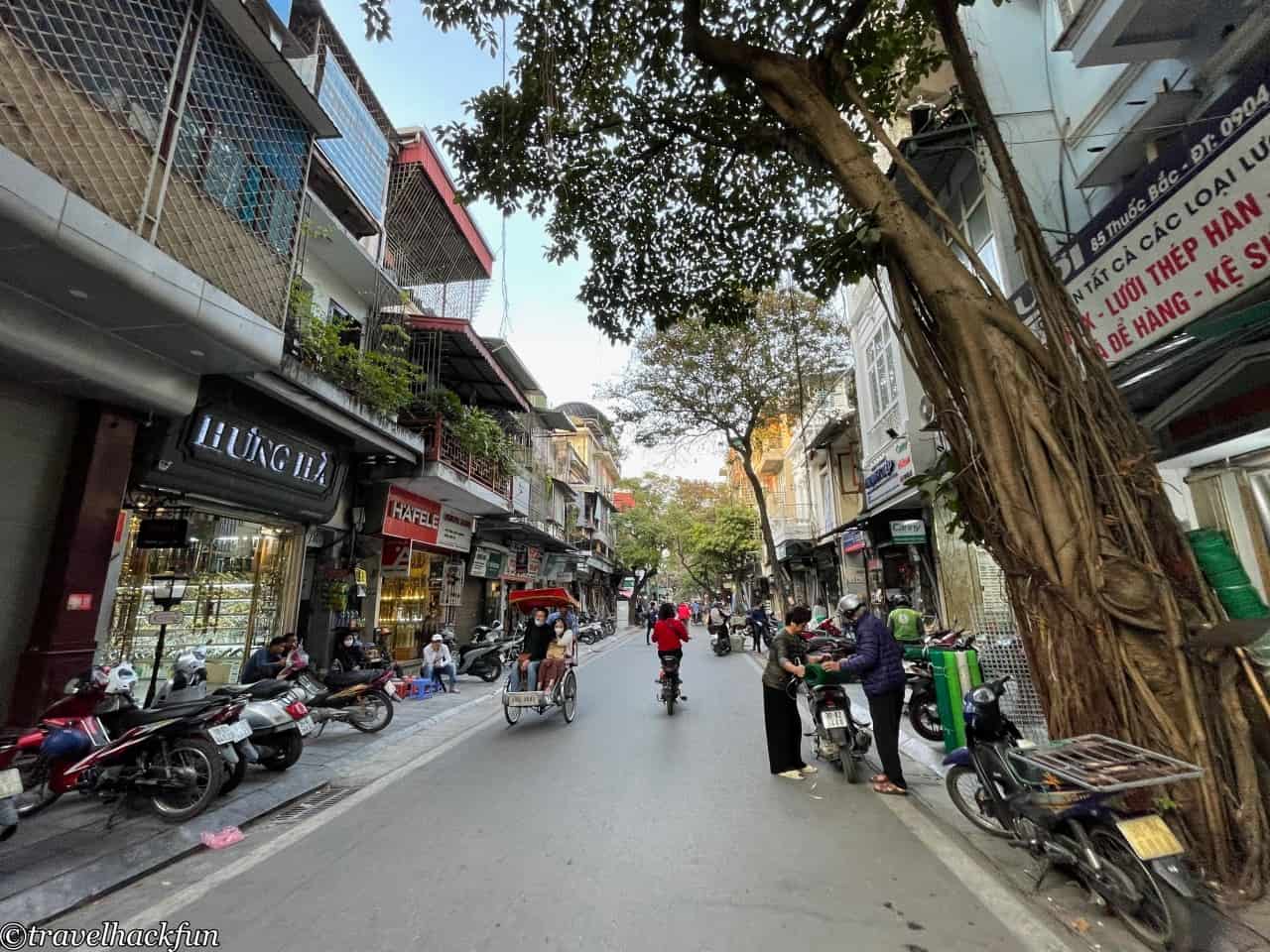
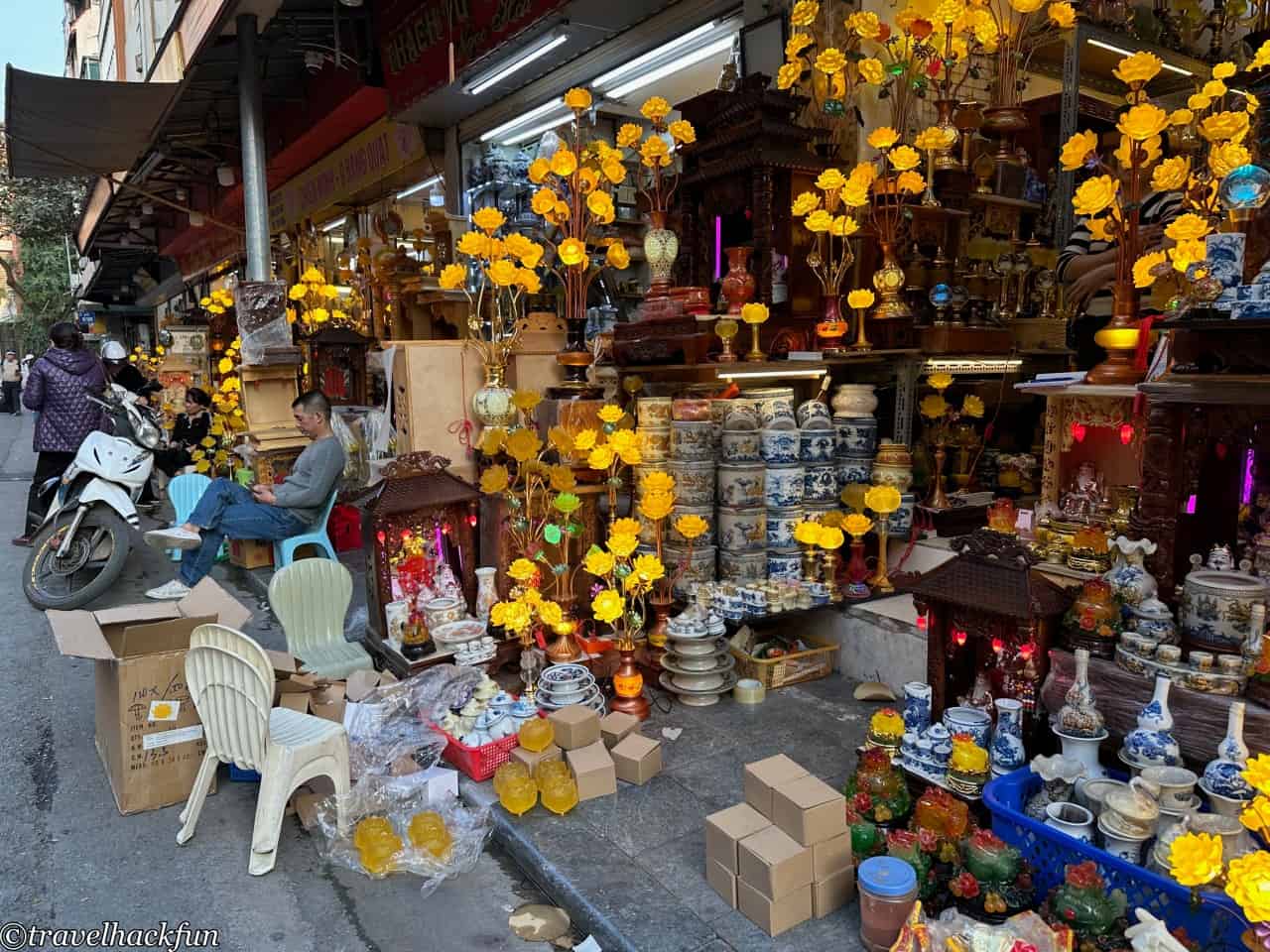
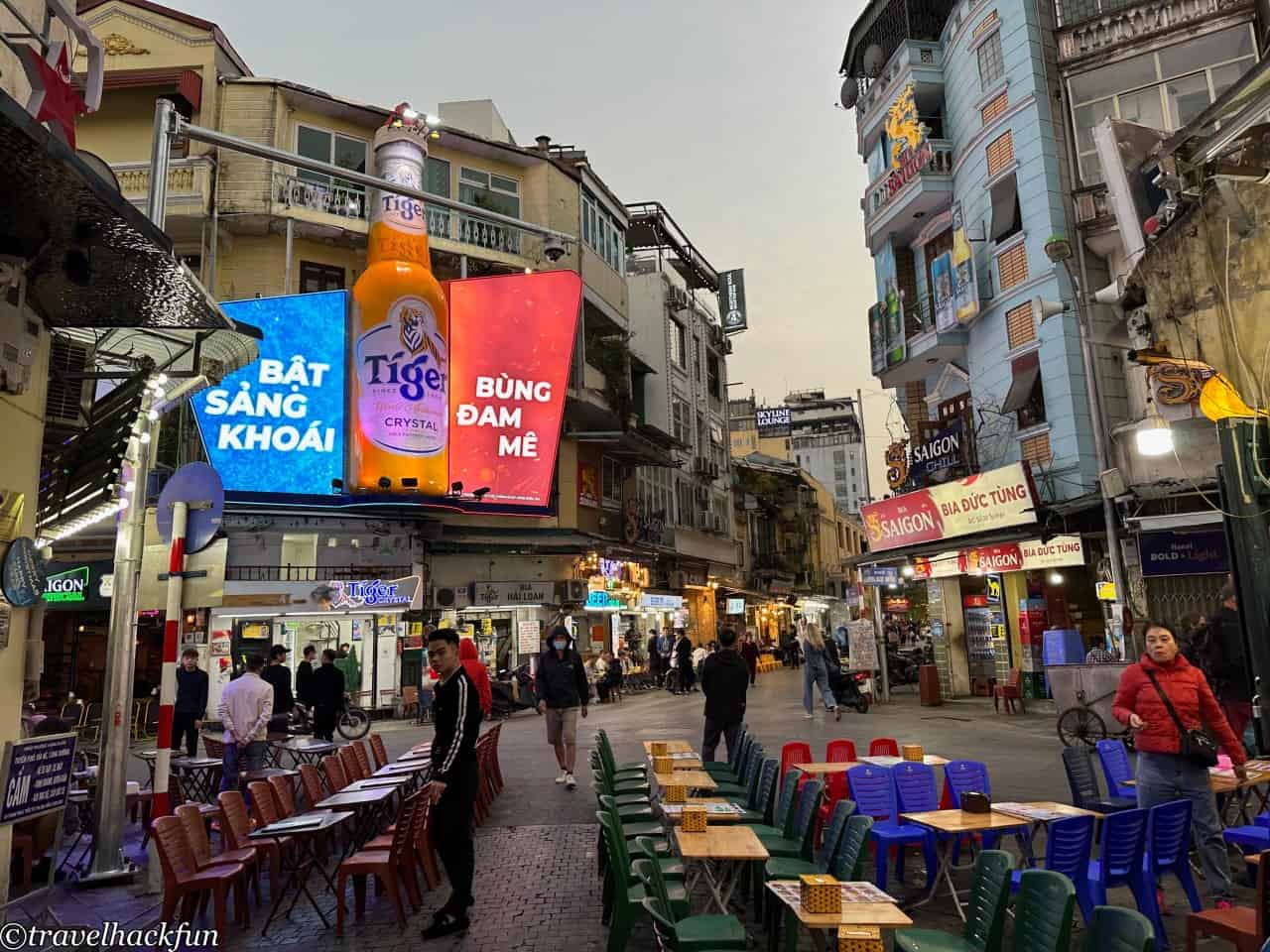
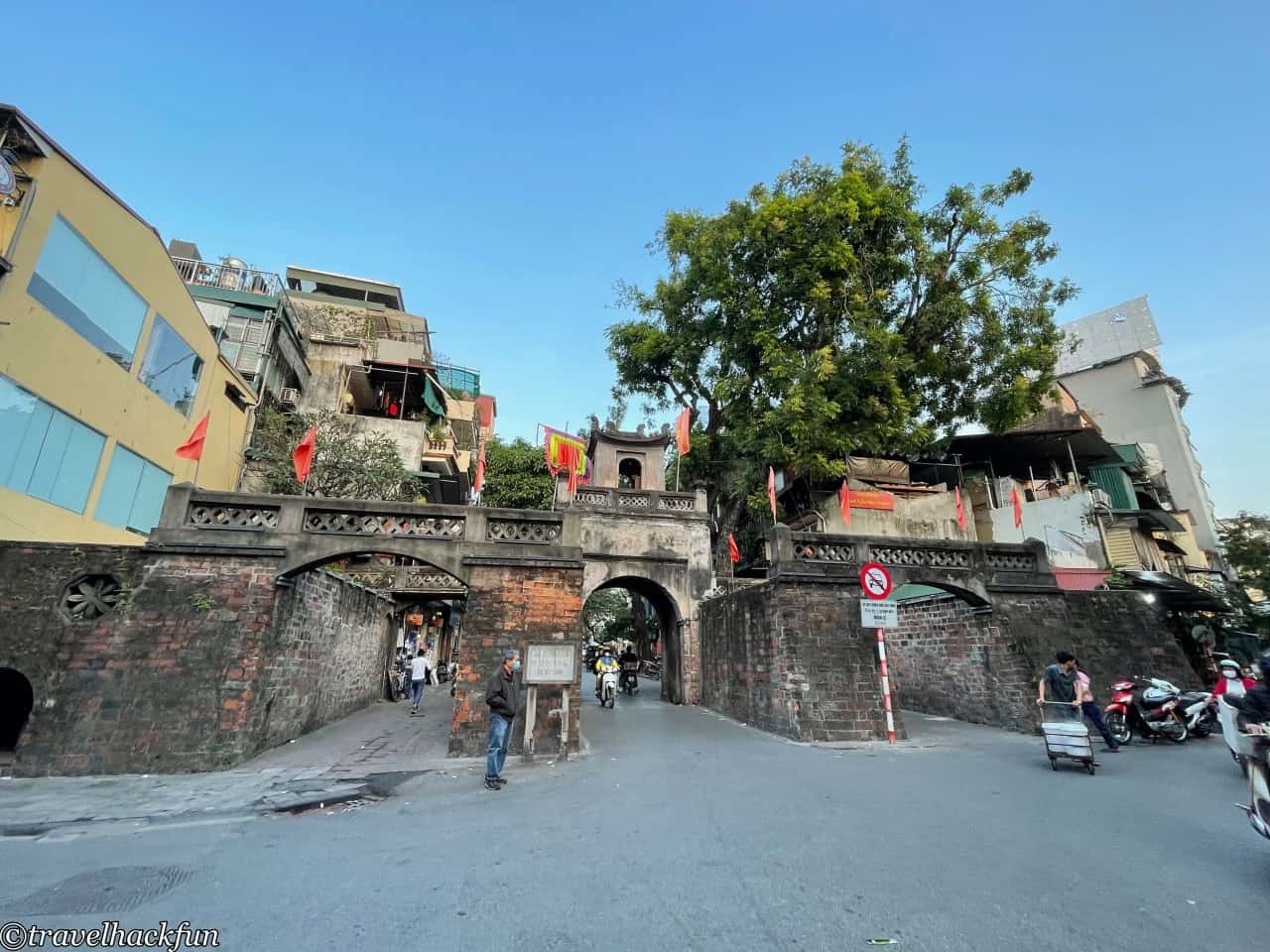
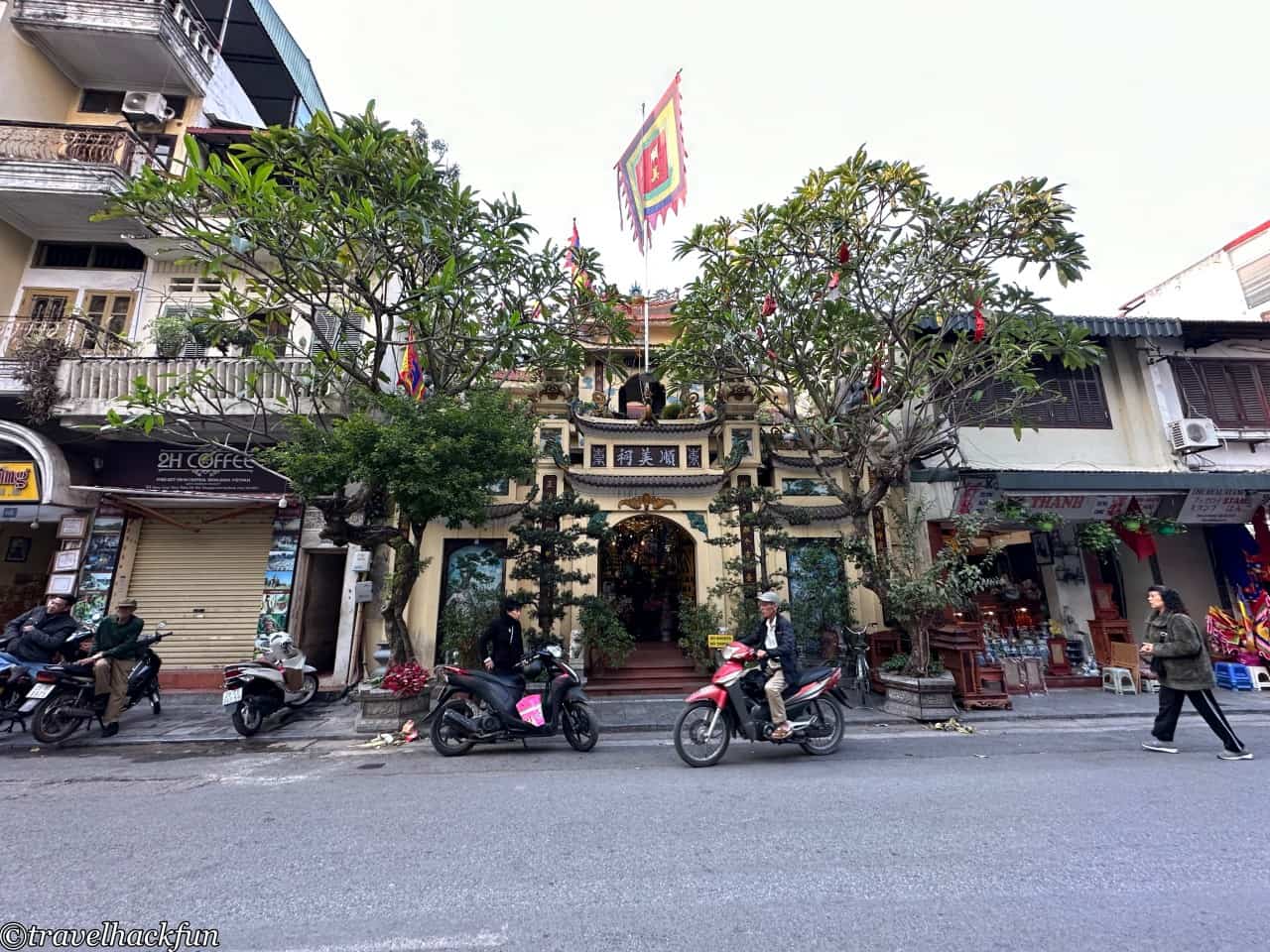
Attractions | Hoan Kiem | Hoan Kiem Lake
Hoan Kiem Lake, located in the center of Hanoi, is surrounded by lush parks and tree-lined pathways, making it a popular recreational spot for both locals and tourists. The lake's edge is also a bustling area, with a concentration of shops and lively activities.
The lake contains two small islands, which along with the temples along the lake's edge, create a picturesque scene. The name of Hoan Kiem Lake (meaning "Lake of the Returned Sword") originates from an ancient legend. According to the tale, a fisherman once caught a magical sword in the lake, which he presented to Le Loi, a leader of the Vietnamese rebellion against the Ming Dynasty. After using the sword to fight the Ming invaders, Le Loi encountered a giant turtle while boating on the lake. The turtle retrieved the sword from him, leading to the naming of the lake as Hoan Kiem Lake. The Turtle Tower, located in the lake, is built to commemorate this legendary turtle.
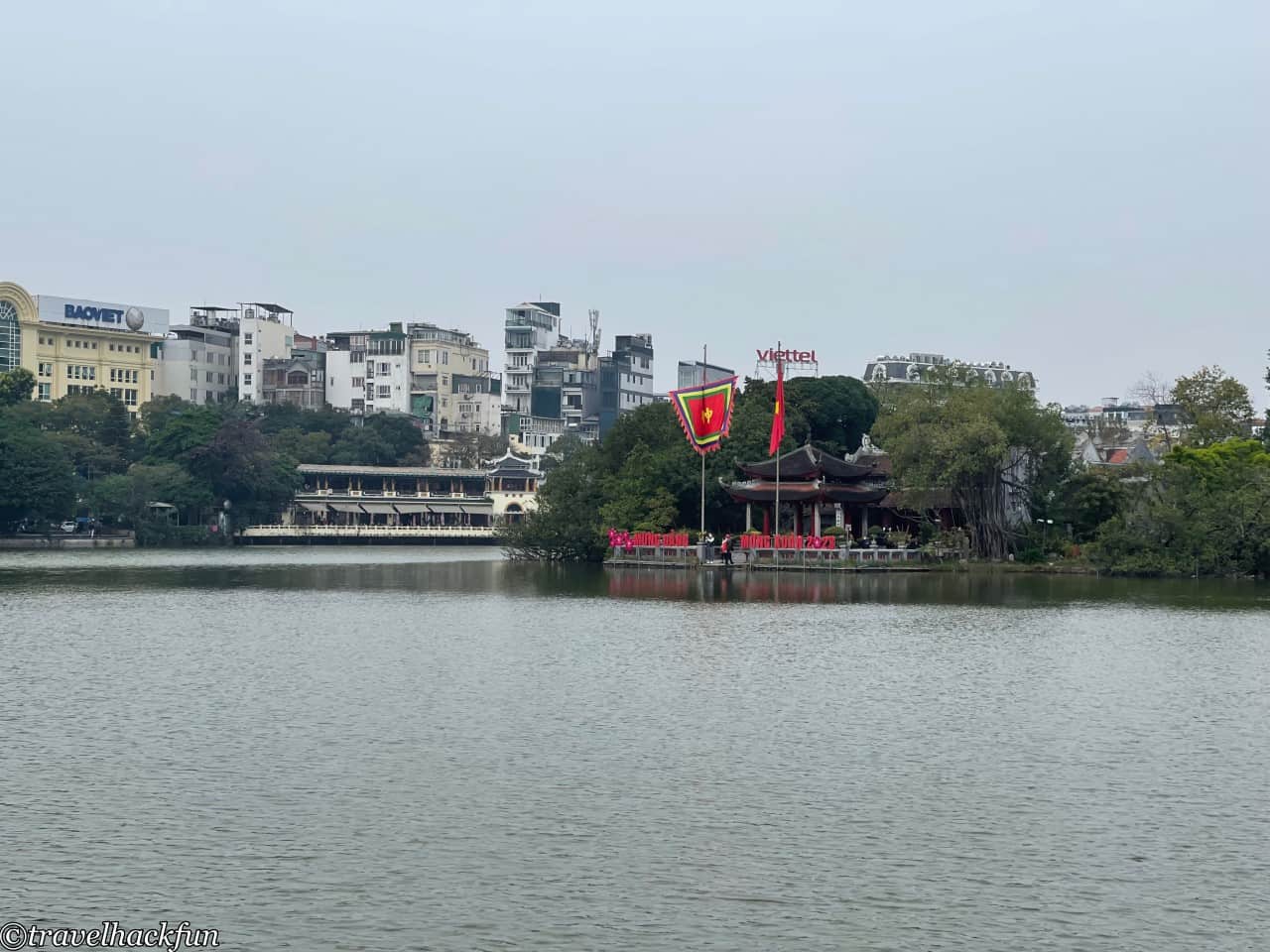
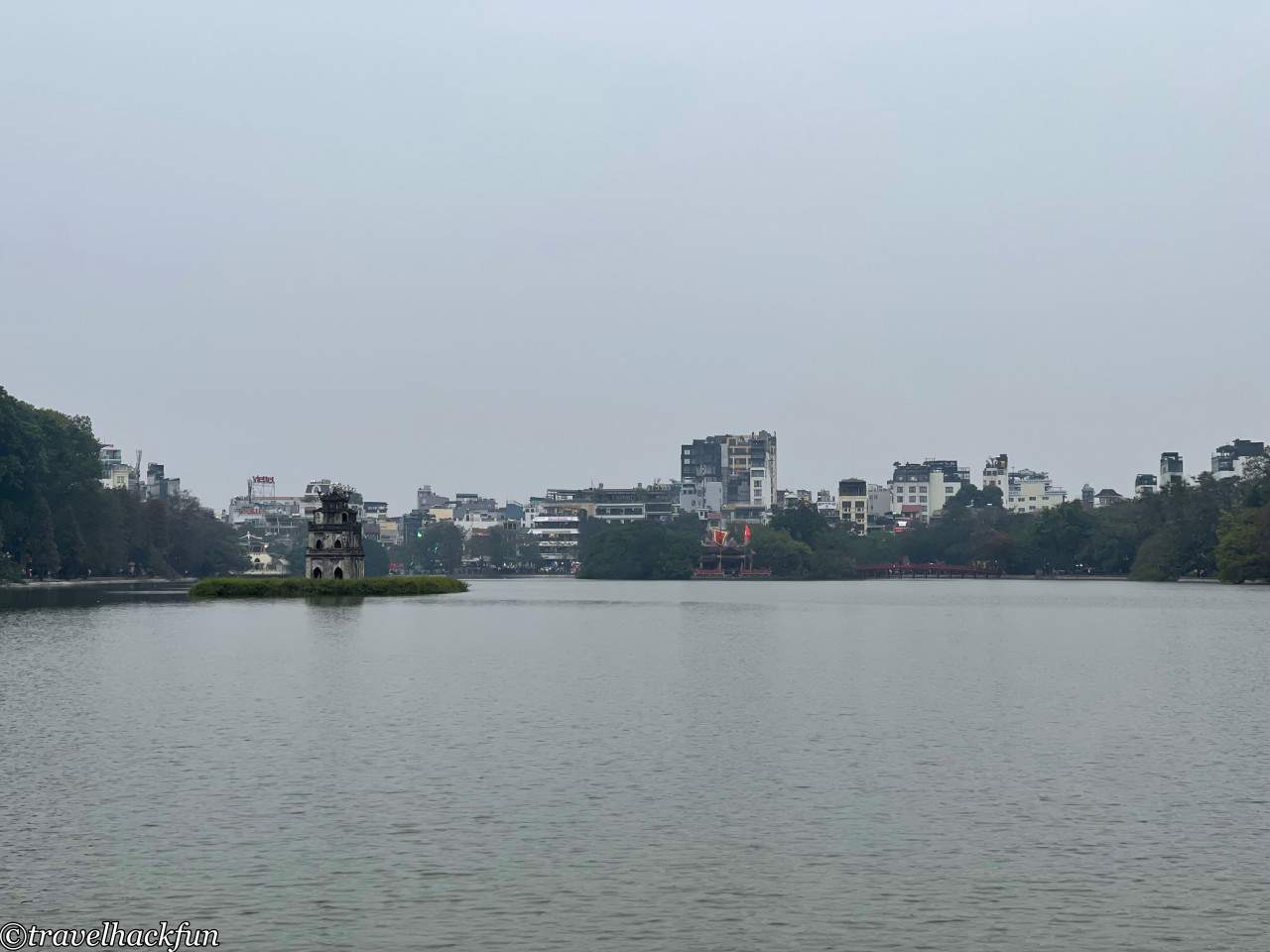
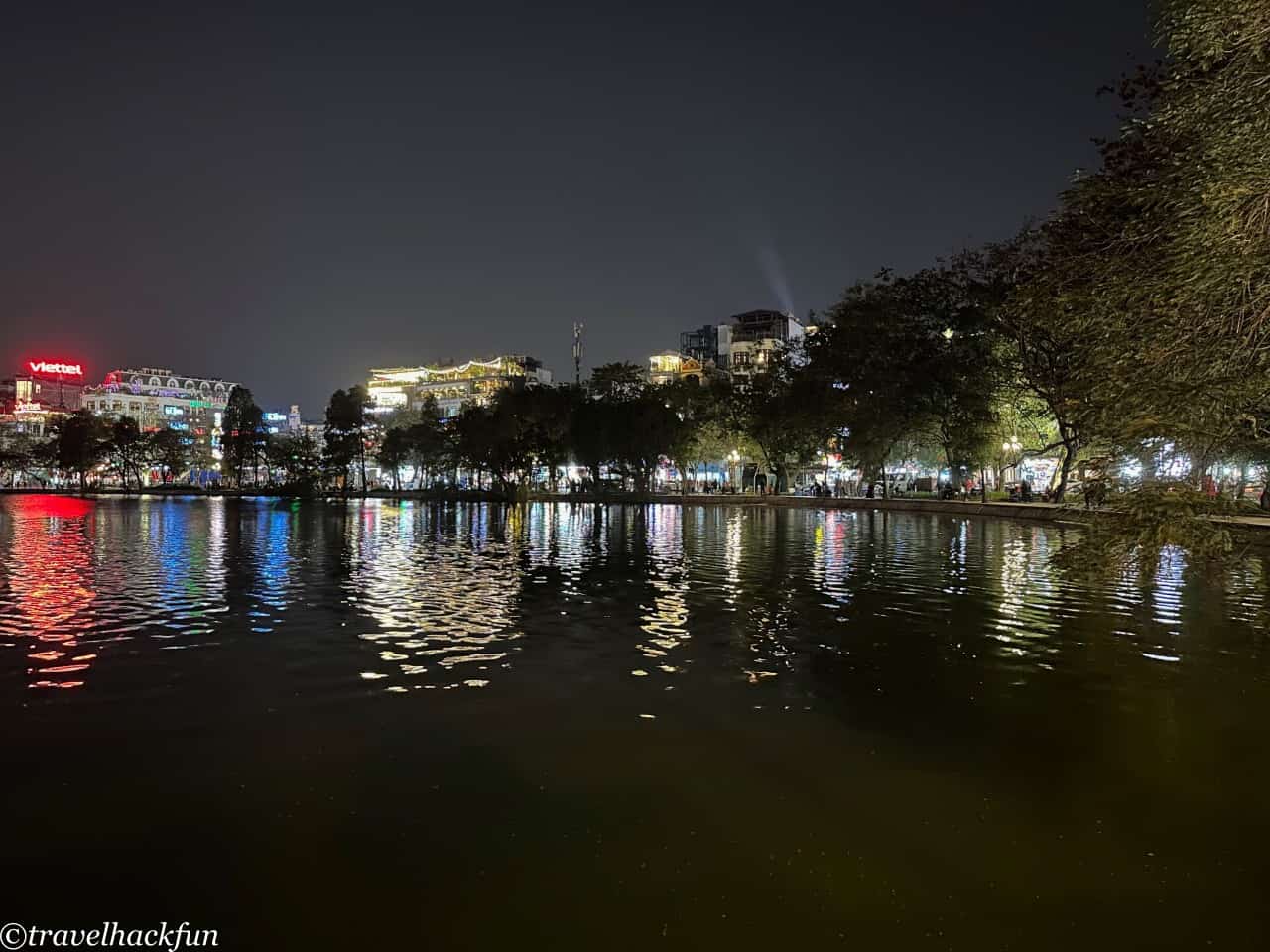
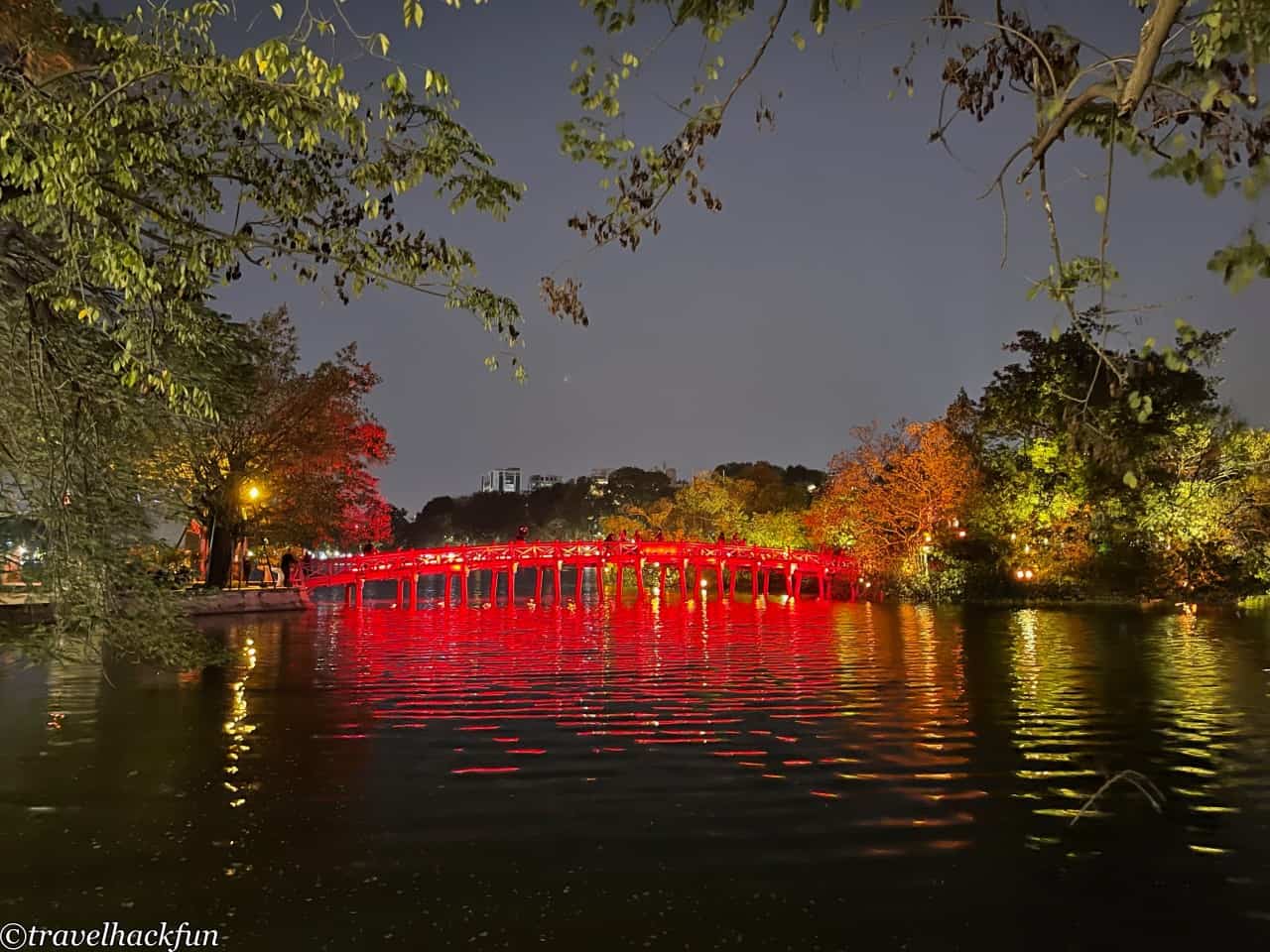
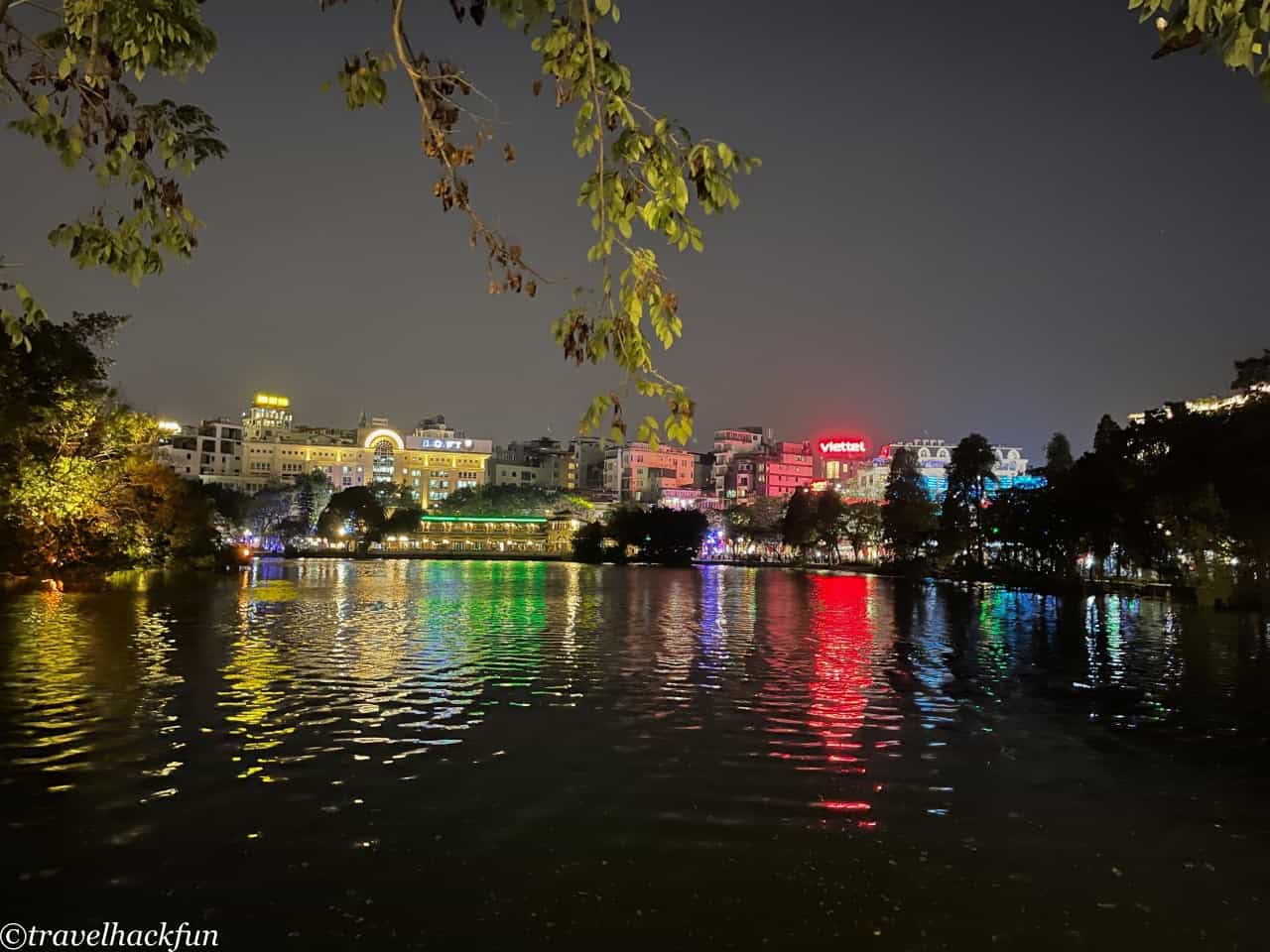
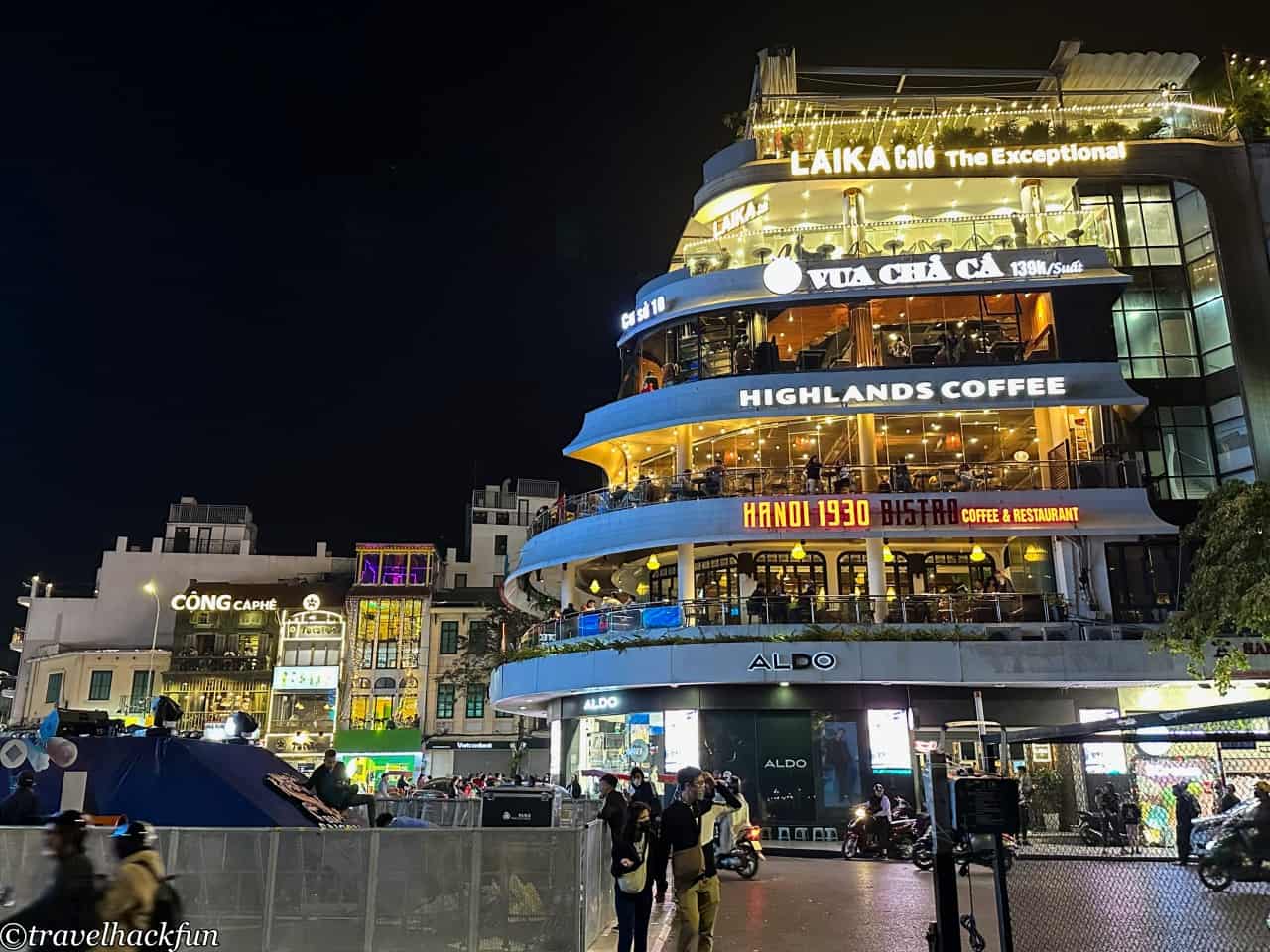
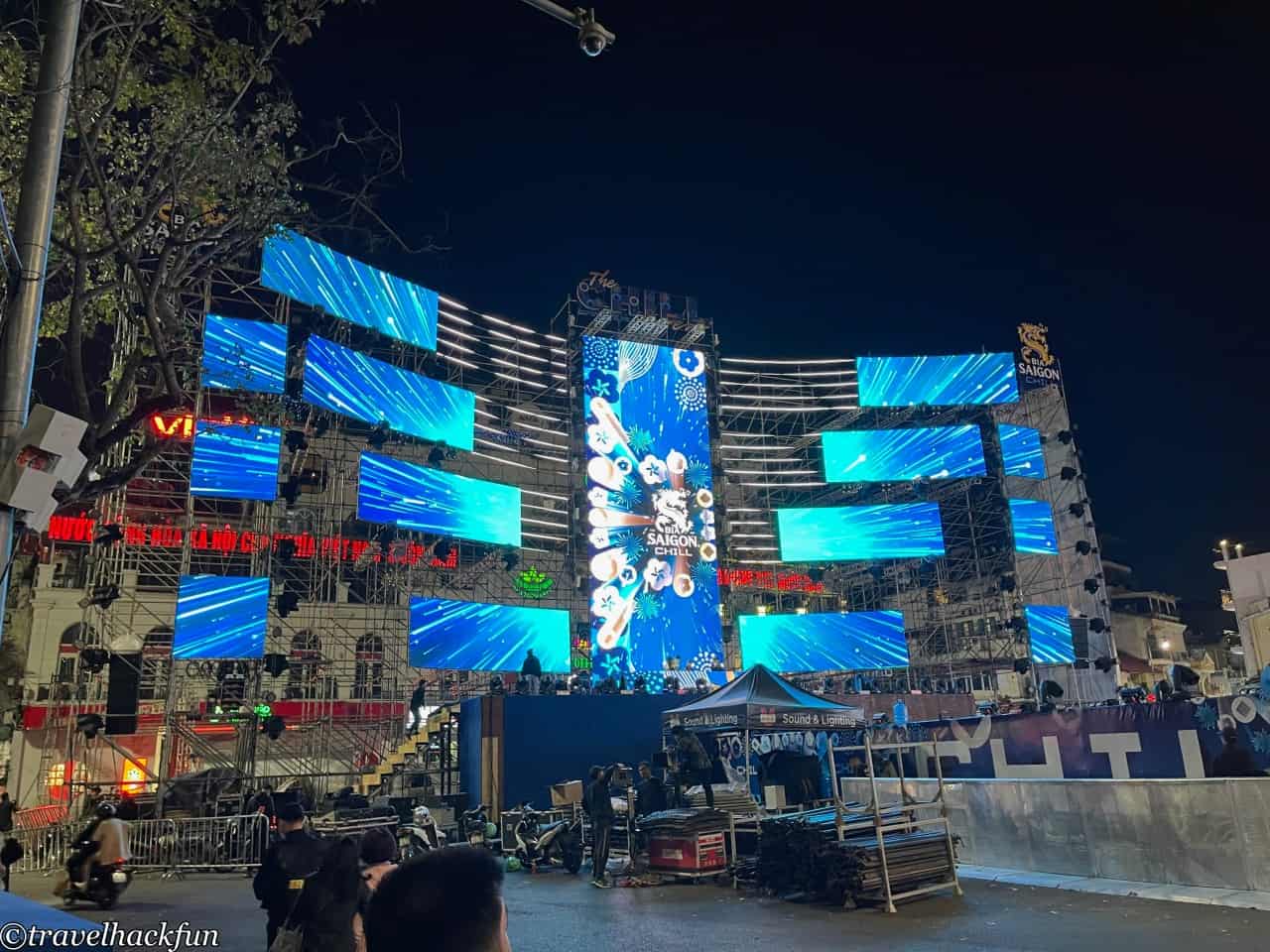
Spanning the surface of Hoan Kiem Lake is The Huc Bridge, leading to the Ngoc Son Temple. Ngoc Son Temple is one of Vietnam's national special relics. The temple's architecture is arranged in a "Tam" (three) character shape, venerating three saints: Guan Yu, Tran Hung Dao (Hưng Đạo Vương Trần Quốc Tuấn), and the God of Literature (Van Xuong). This reflects the Vietnamese people's religious philosophy of "the unity of three teachings" (Confucianism, Taoism, and Buddhism). The combination of Ngoc Son Temple and Hoan Kiem Lake creates a harmonious architectural style that embodies the ancient beauty of unity between heaven and earth, serving as a testament to Vietnam's history and traditions.
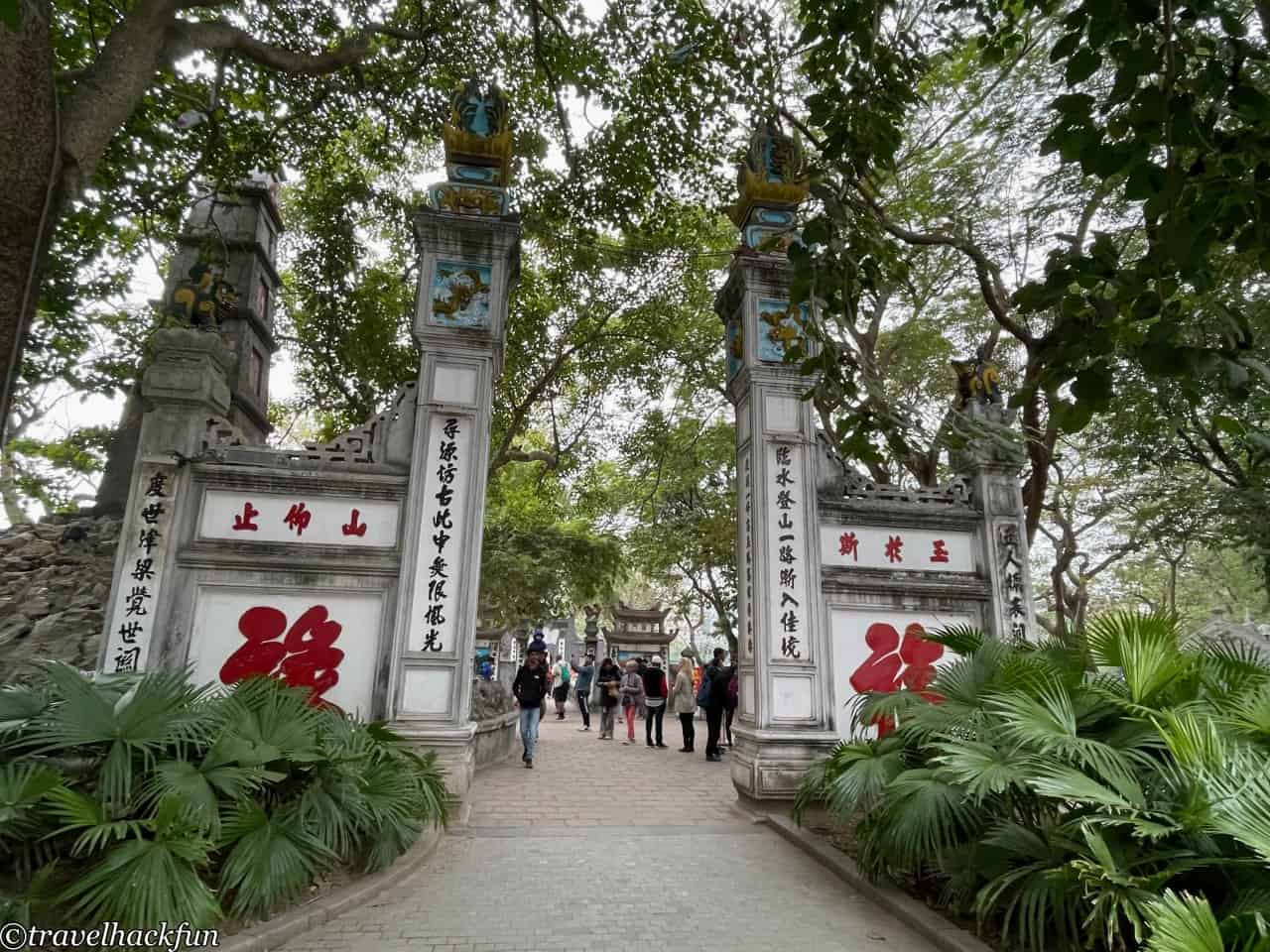
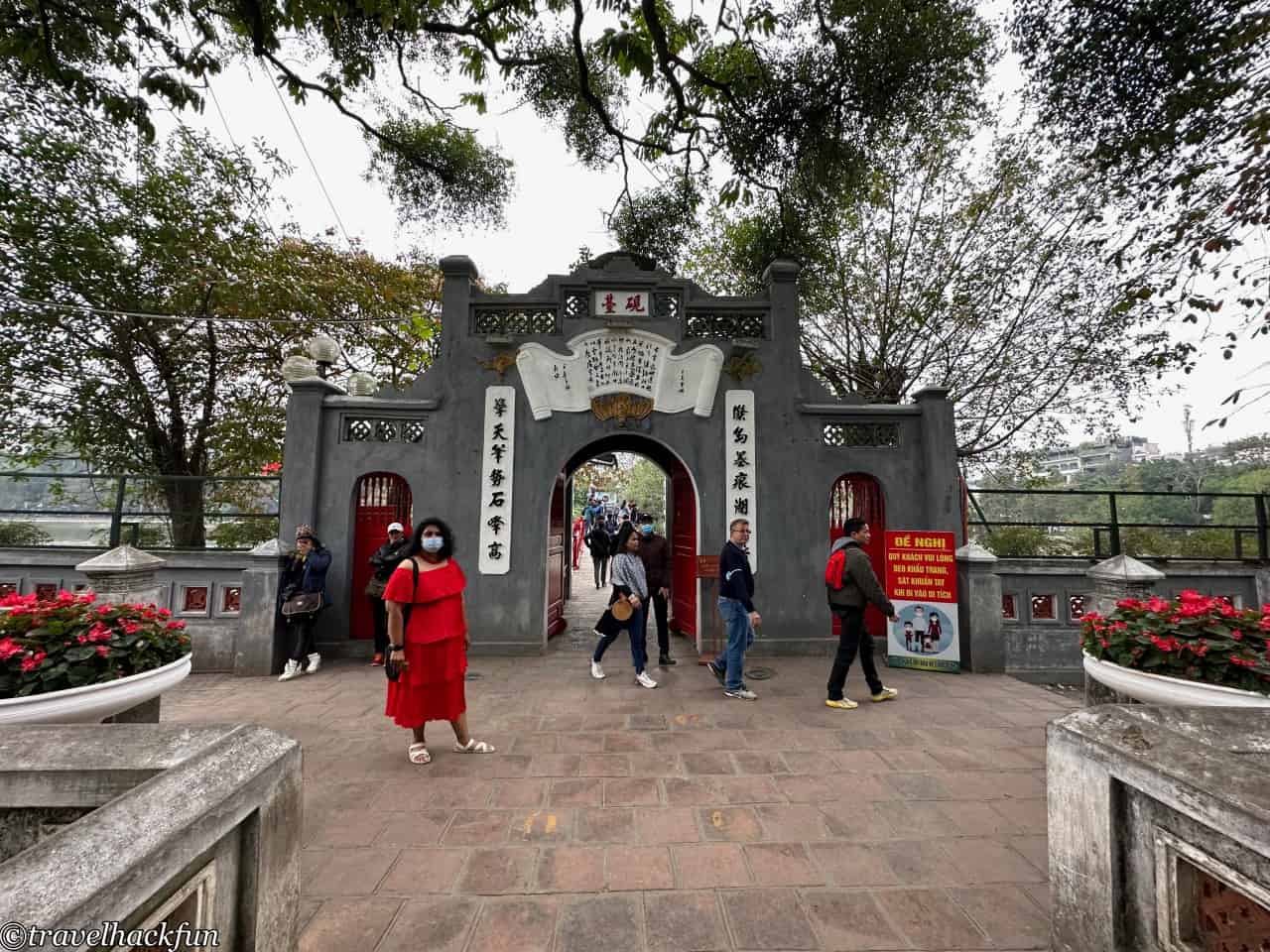
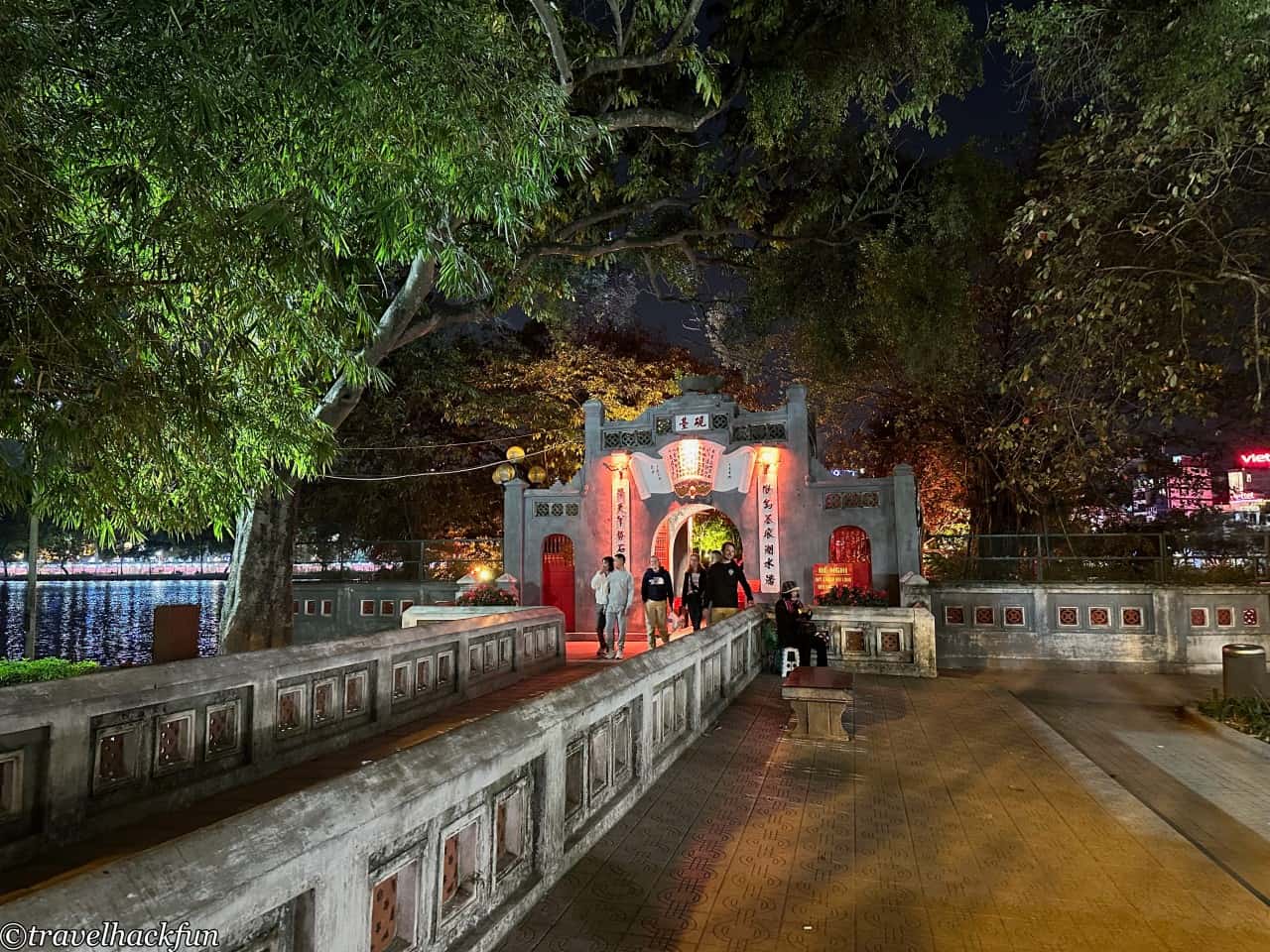
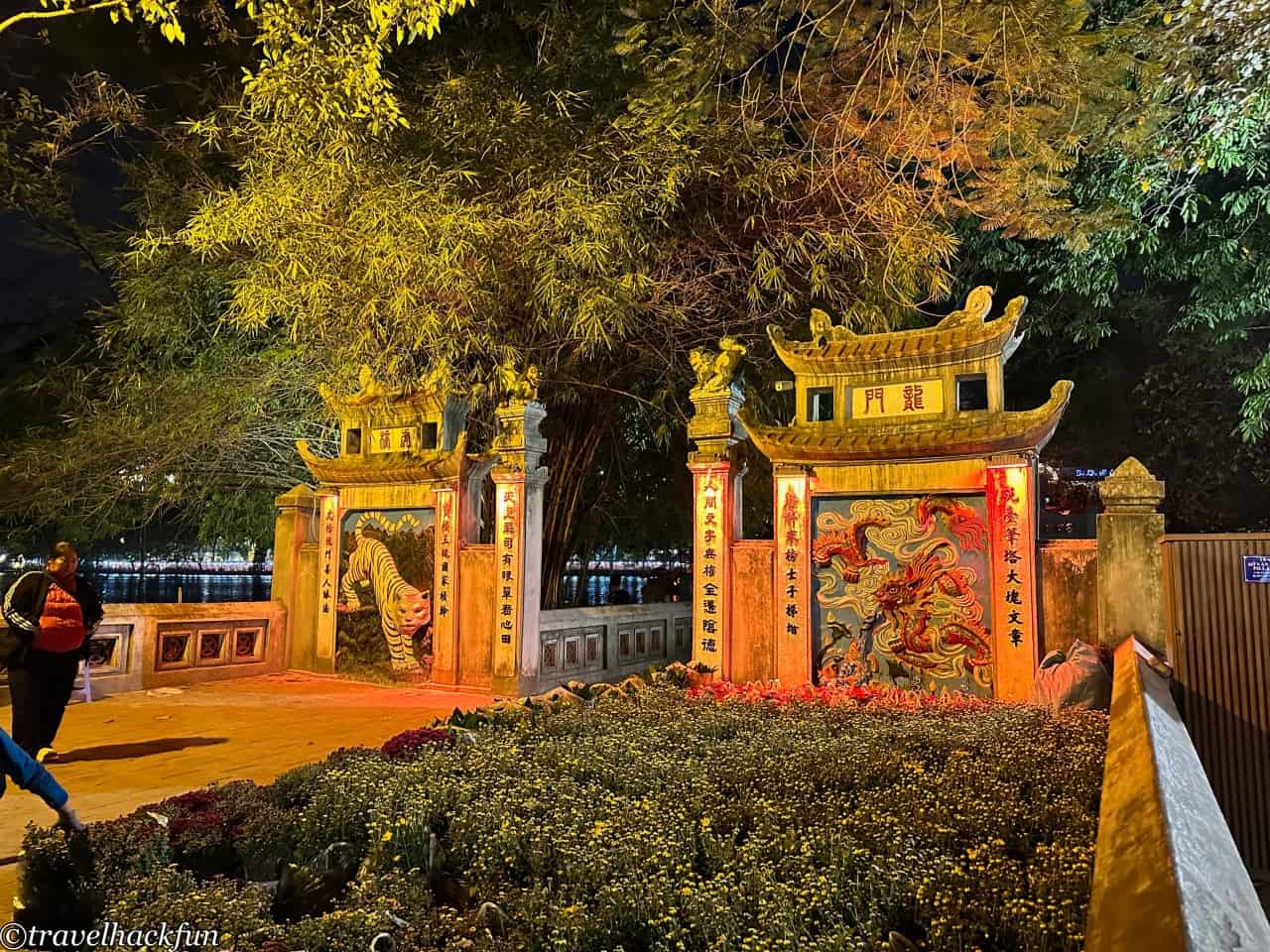
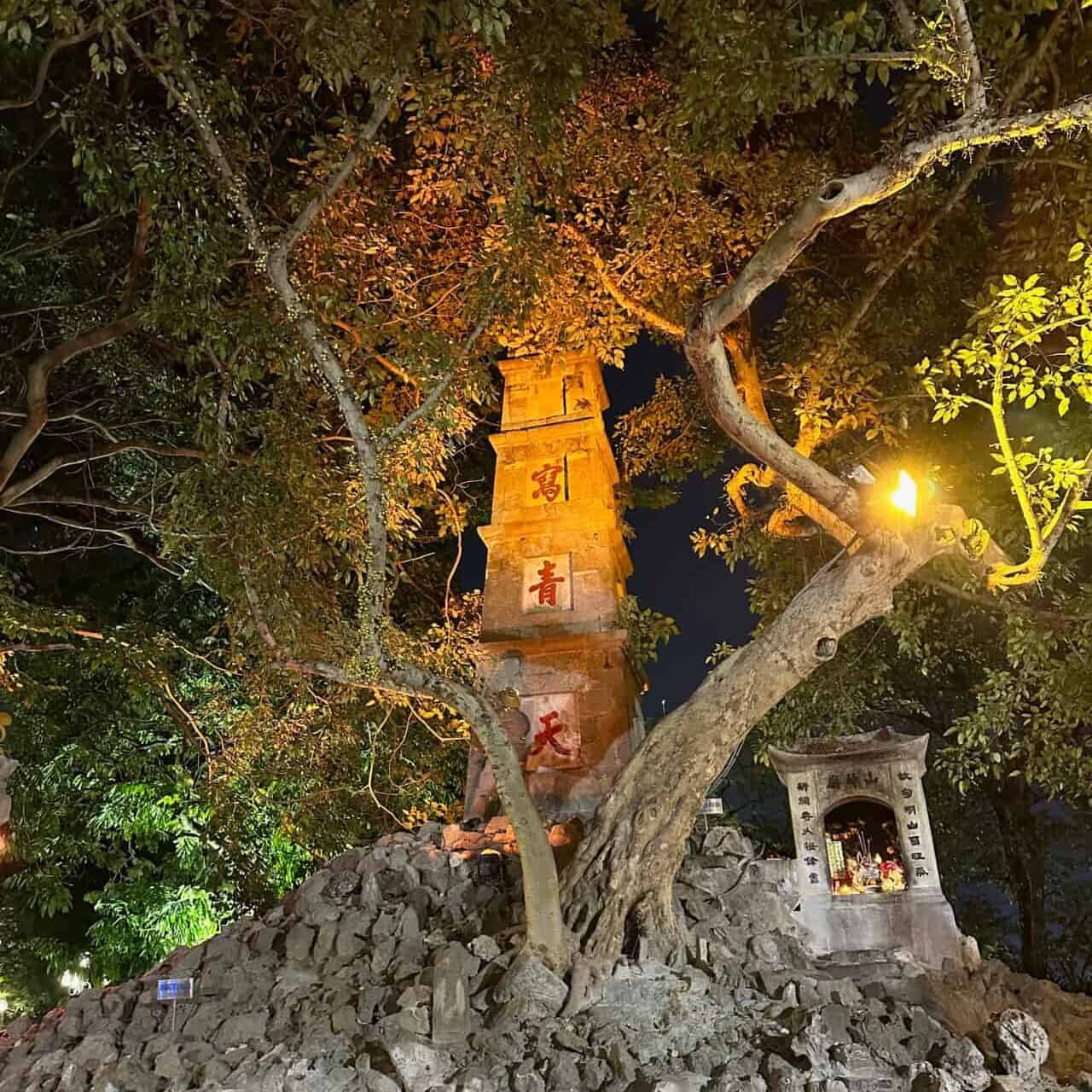
Must See | Hoan Kiem | Hoa Lo Prison
Hoa Lo Prison is an important historical site in the French Quarter. This prison was initially built by French colonizers in 1896 to detain and torture Vietnamese revolutionaries. During the Vietnam War, the North Vietnamese government used it to hold American POWs, humorously nicknamed the "Hanoi Hilton." For modern Vietnamese, this prison symbolizes the indomitable spirit of the Vietnamese people in their fight against colonialism and imperialism, thus it has been transformed into a museum showcasing the history of the prison and the past from the perspective of the Vietnamese people. Visiting Hoa Lo Prison is a very interesting historical education. For a more detailed travelogue, please see this article.
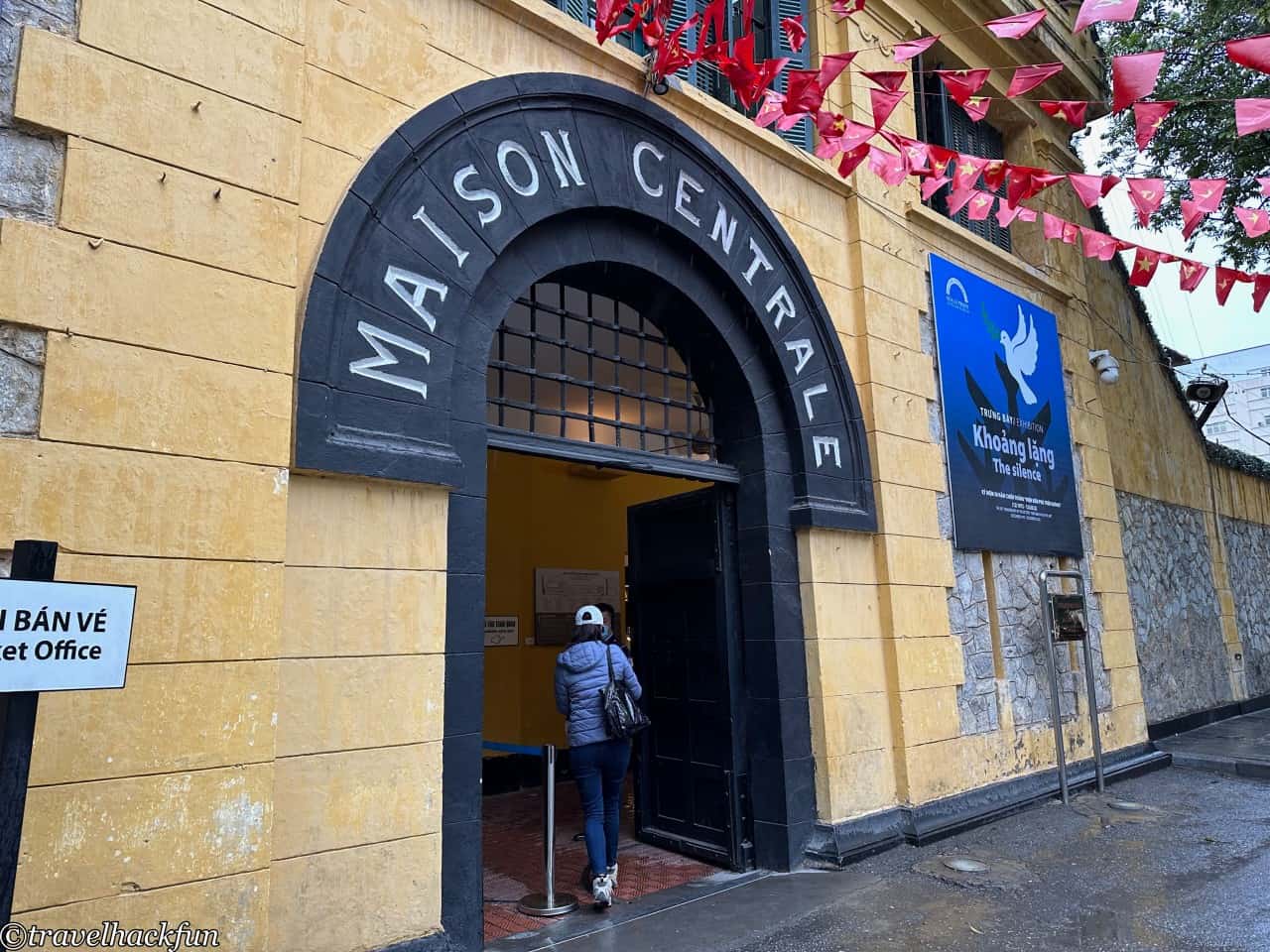
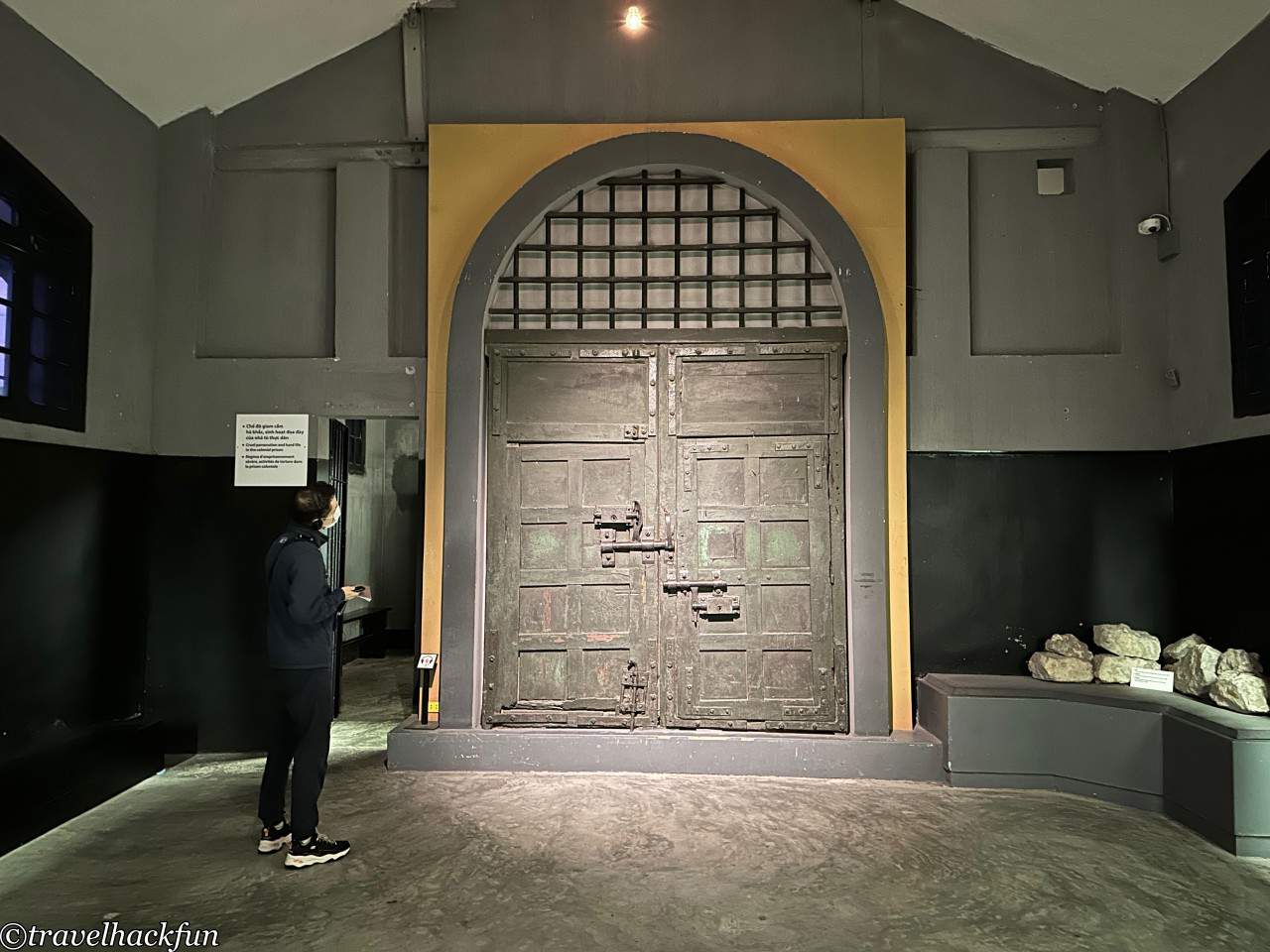
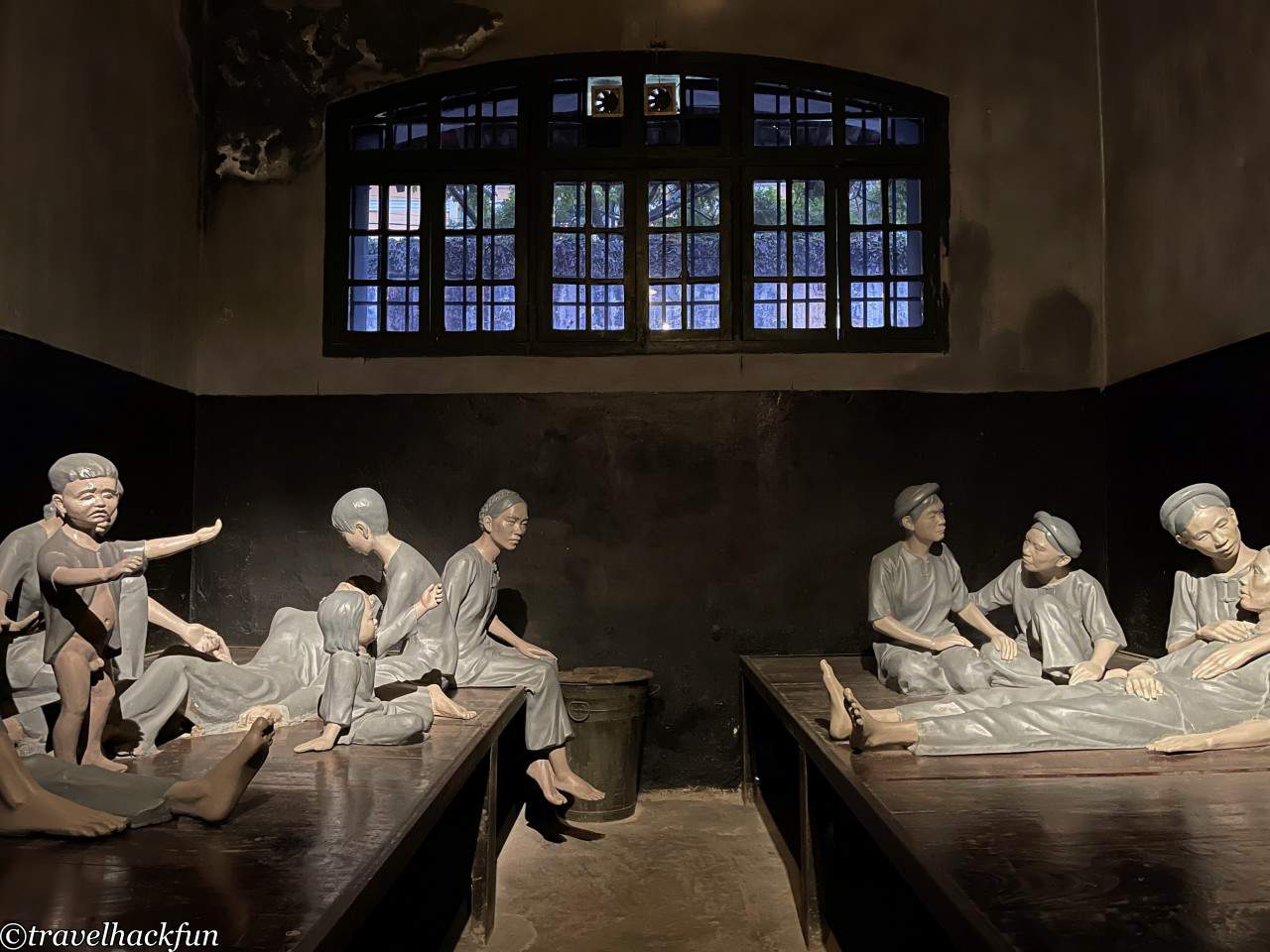
Attractions | Returning the Sword | St. Joseph's Cathedral
St. Joseph's Cathedral is a historically significant Catholic church and one of the most famous landmarks in Hanoi. Constructed in 1886 during the French colonial period, it displays a distinct Gothic Revival architectural style. The design of the cathedral is inspired by Notre Dame de Paris, featuring tall spires and stained glass windows, while its interior is adorned with a detailed altar and religious art.
St. Joseph's Cathedral remains a hub for religious activities, with several masses held weekly. It's important to note that visitors cannot enter the cathedral during mass times. On weekends and holidays, the cathedral often draws particularly large crowds.

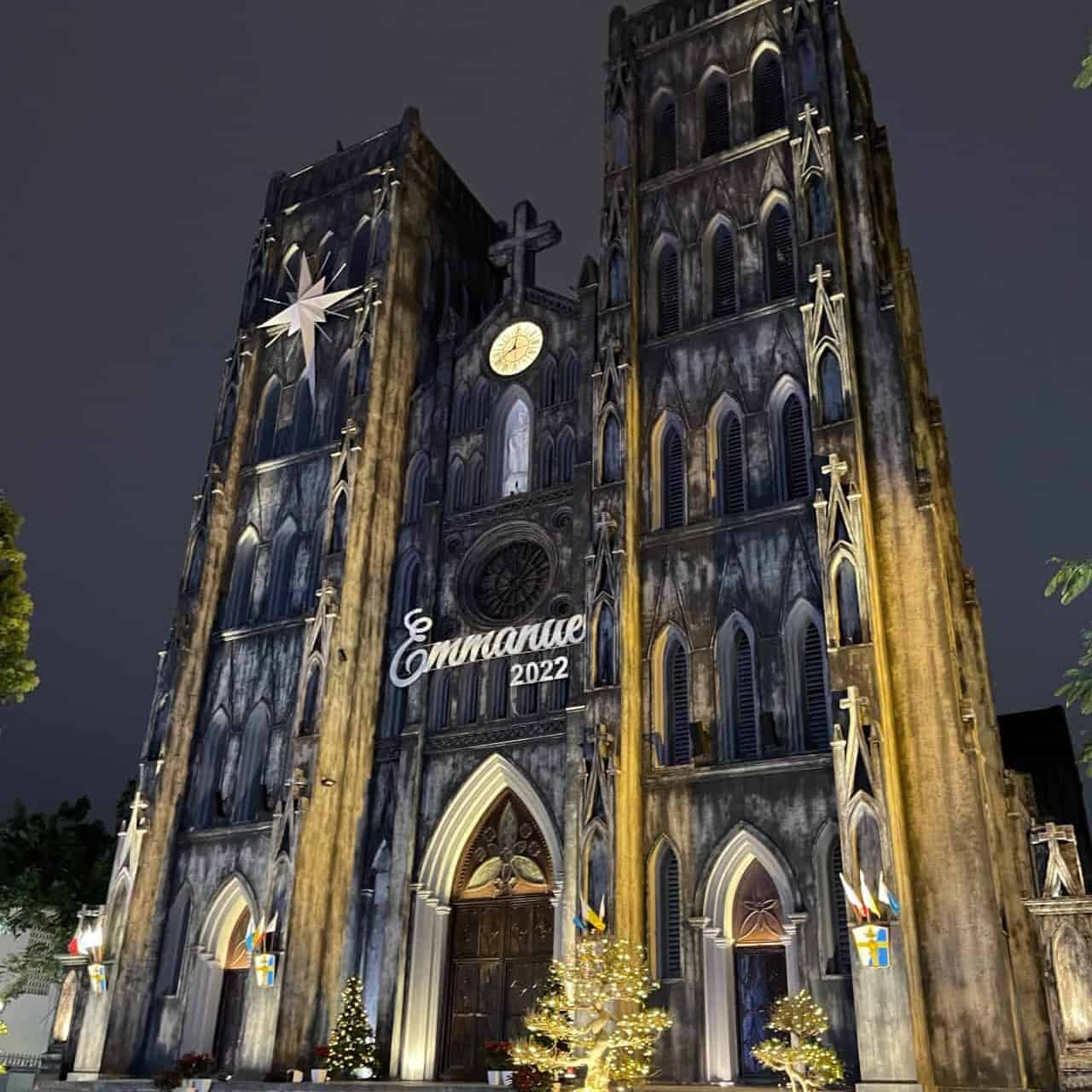
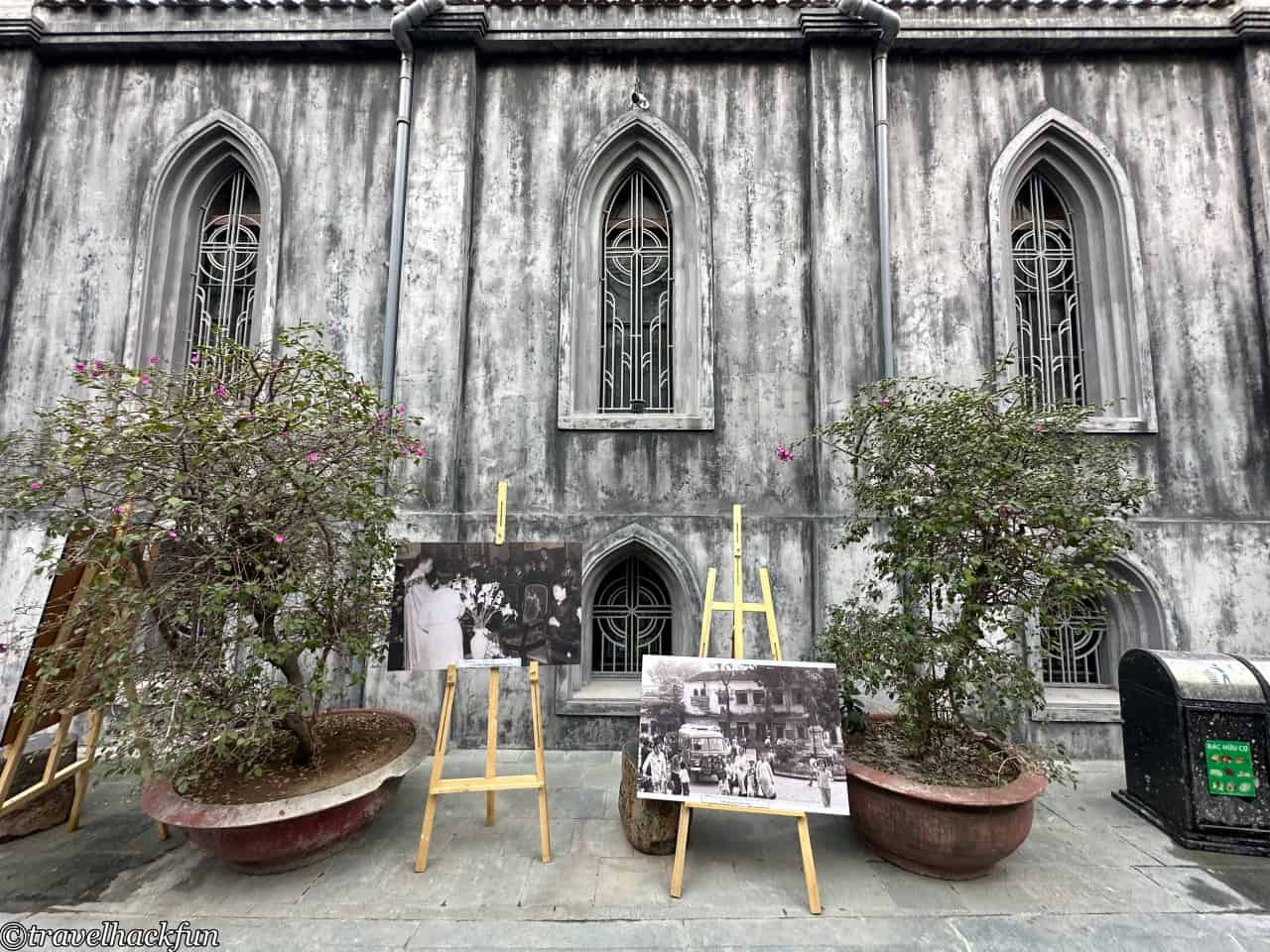
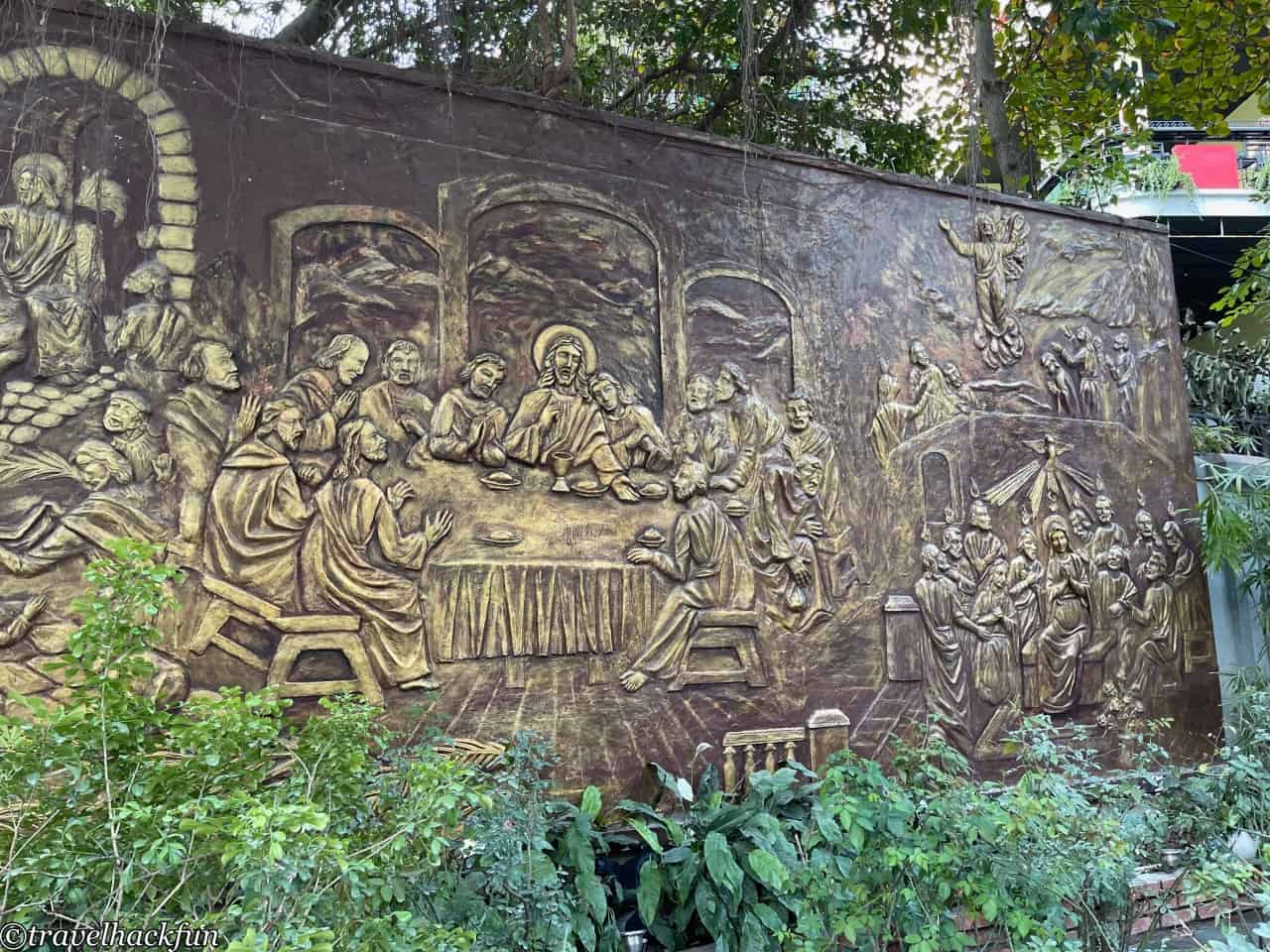
Attractions | Hoan Kiem | Hanoi Opera House
The Hanoi Opera House is a cultural and architectural landmark of Hanoi. This opera house, a product of the French colonial era, is located in the heart of Hanoi at August Revolution Square, close to Hoan Kiem Lake and the Vietnam National Museum of History. The exterior of the opera house blends Neoclassical and French Gothic styles, characterized by its lavish balustrades, intricate ironwork, and grand columns. The interior is equally opulent, with sparkling chandeliers, velvet seats, and a mural-decorated ceiling.
The opera house is not only significant for its architecture but also plays a key role in Hanoi's cultural life. It regularly hosts a variety of performances, including classical concerts, traditional Vietnamese shows, and contemporary plays. Watching a performance at the Hanoi Opera House is one of the experiences worth trying in Hanoi. Ticket prices vary depending on the show, but generally, most tickets are priced around 120,000 Vietnamese Dong per person.
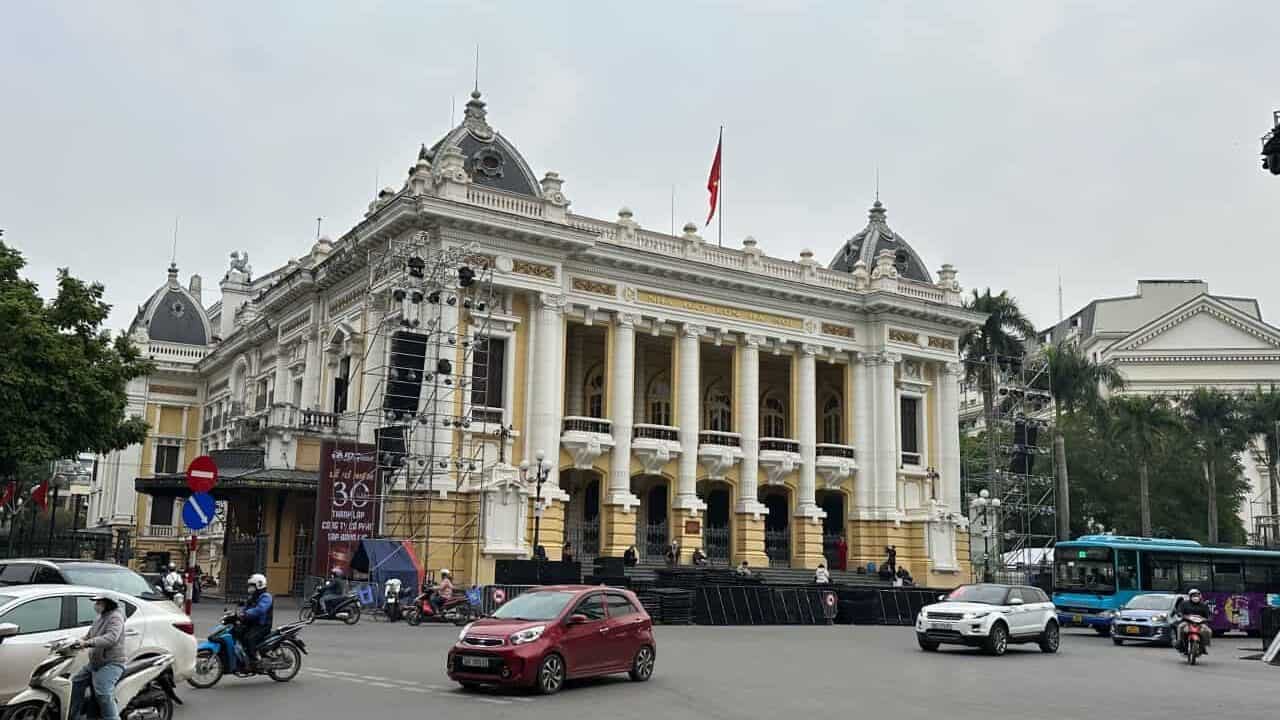
Attractions | Hoan Kiem | Train Street
Train Street, located in a narrow alley within Hanoi's Old Quarter and near Hoan Kiem Lake, is a unique and popular tourist attraction. The railway was originally built by the French in 1902 to connect Hanoi with Hai Phong City. As the city expanded, residents and businesses started to encroach closer to the tracks, creating a distinctive scene where trains pass through extremely narrow spaces, with buildings just inches away on either side.
Since the late 1990s, this street has become a major tourist attraction, drawing thousands of visitors to witness this unusual spectacle. If you plan to watch the train pass, it's advisable to arrive at least 30 minutes in advance to secure a good viewing spot.
Due to safety concerns, Train Street was temporarily closed by the government in 2019. Although it has gradually reopened, access is now contingent on patronizing the shops in the area. Visitors typically need to make a purchase at one of these establishments to be allowed entry to view the trains passing through.
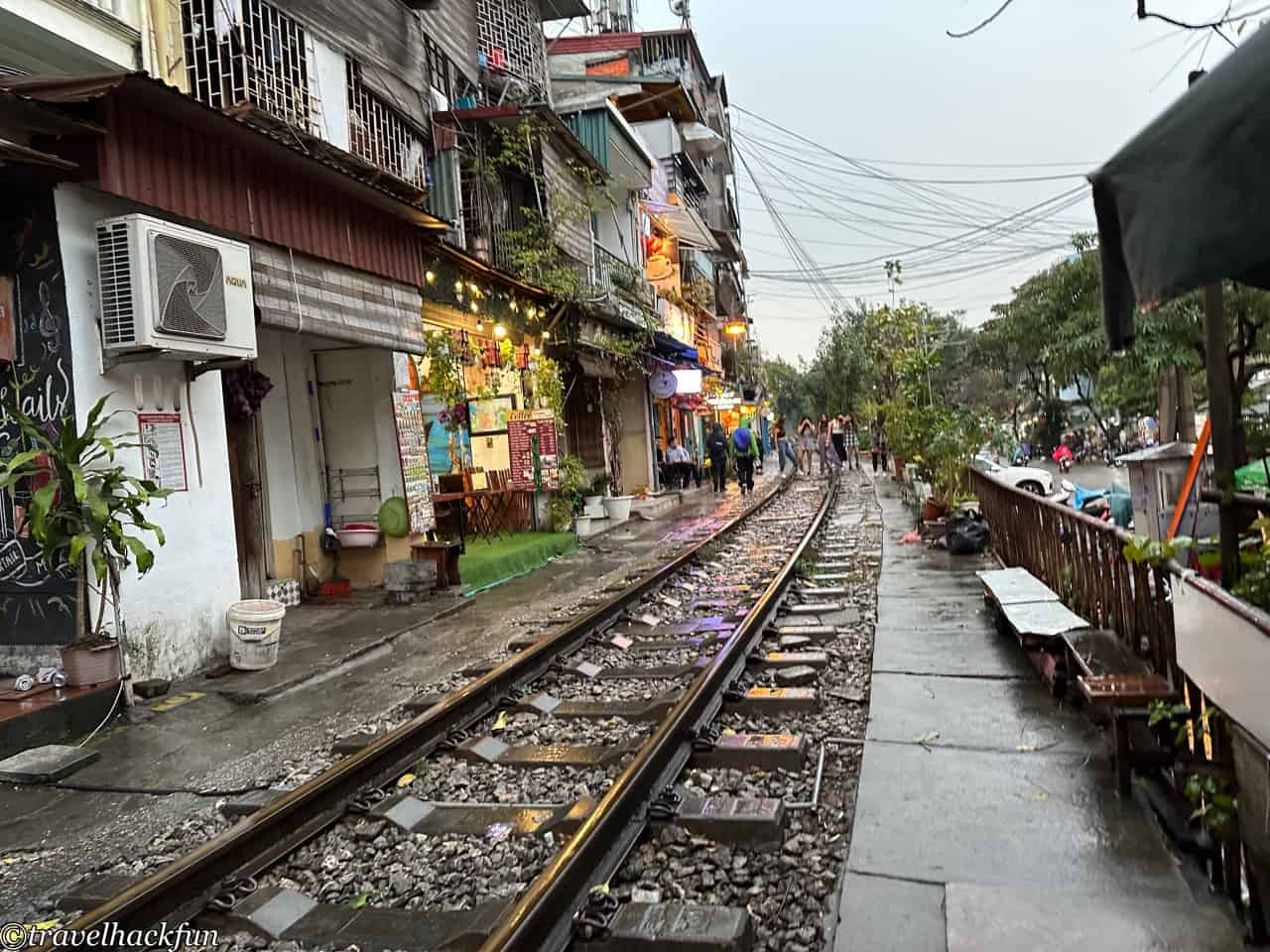

Experience | Hoan Kiem | Thang Long Water Puppet Theater
Water puppetry is a unique traditional art form originating from the Red River Delta in northern Vietnam, with a history that dates back over a thousand years to the 10th century. Initially, this art form was developed by farmers who entertained themselves by performing puppet plays in flooded rice fields. Today, it has evolved into a sophisticated stage art.
The puppeteers remain hidden behind a screen, manipulating the brightly colored wooden puppets using long poles and strings. These puppets move and perform on the water's surface, creating a captivating and culturally rich performance.
The most famous venue for water puppetry is the Thang Long Water Puppet Theater, located near Hoan Kiem Lake. It's a favorite among international tourists, and watching a water puppet show there is a highly recommended experience when visiting Hanoi. The performances at Thang Long Water Puppet Theater include a variety of classic pieces that depict traditional Vietnamese stories, folk legends, historical events, and everyday life scenarios, such as farming, fishing, and festival celebrations. For visitors, it offers a unique and engaging way to understand Vietnamese culture and traditions.
Thang Long Water Puppet Theater Tickets

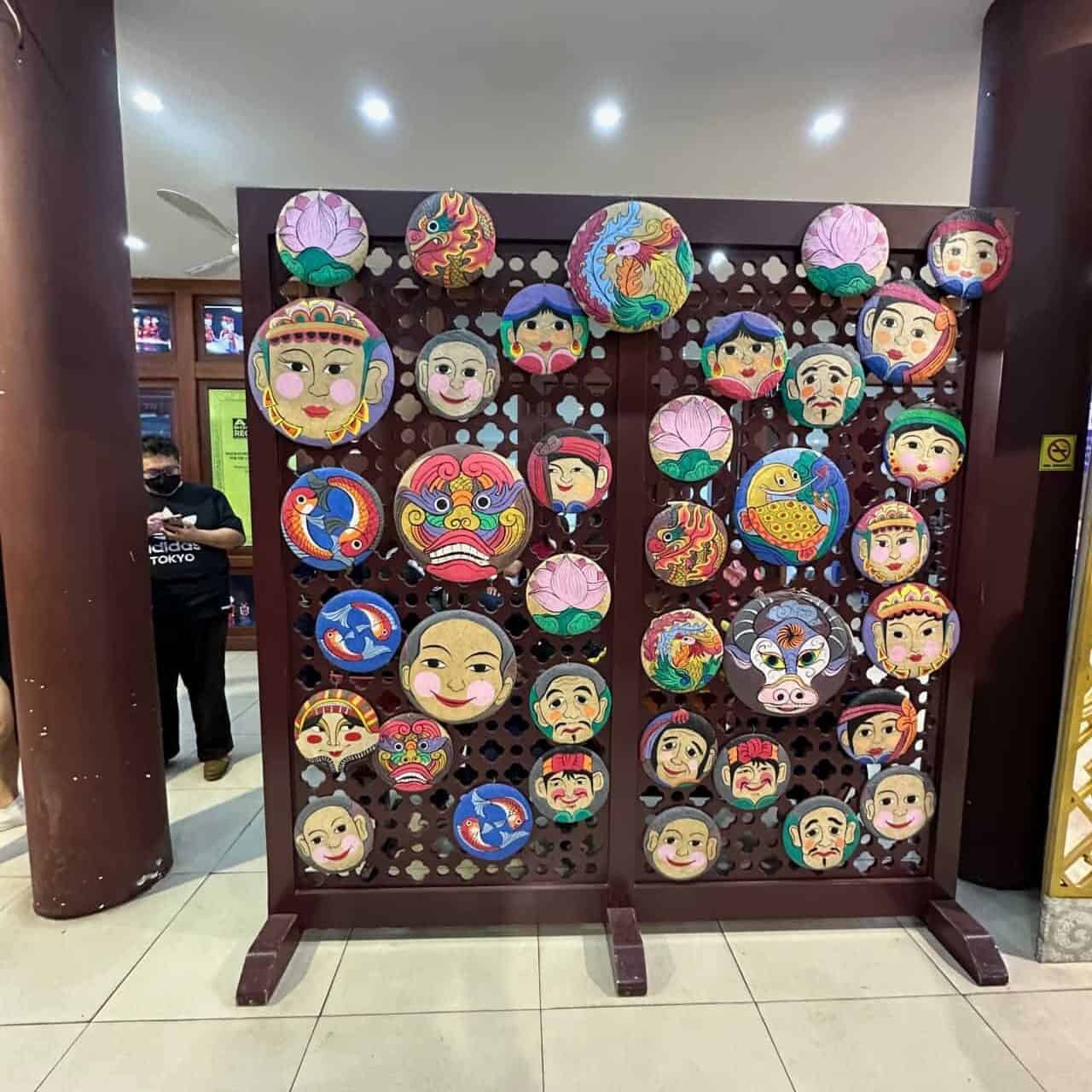
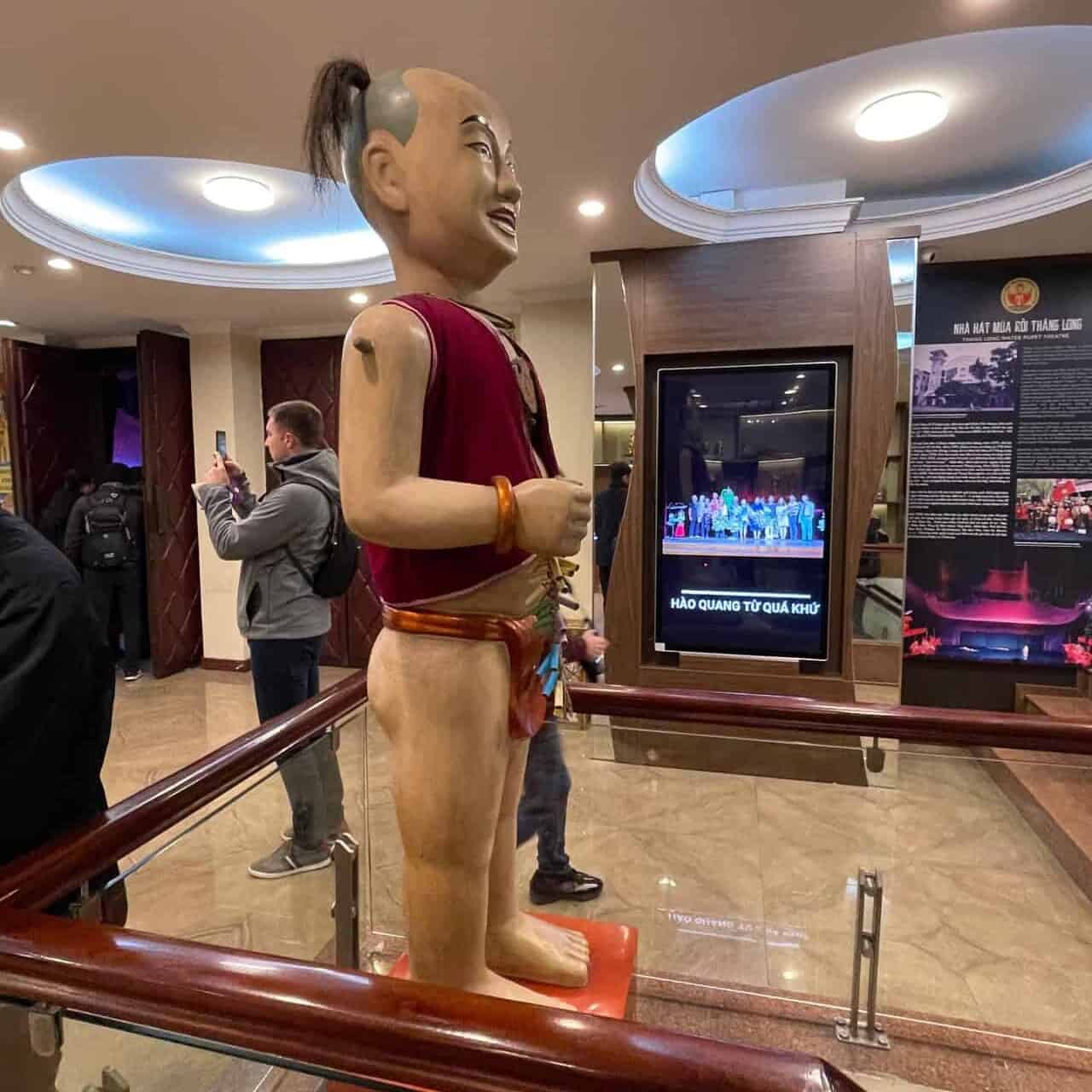
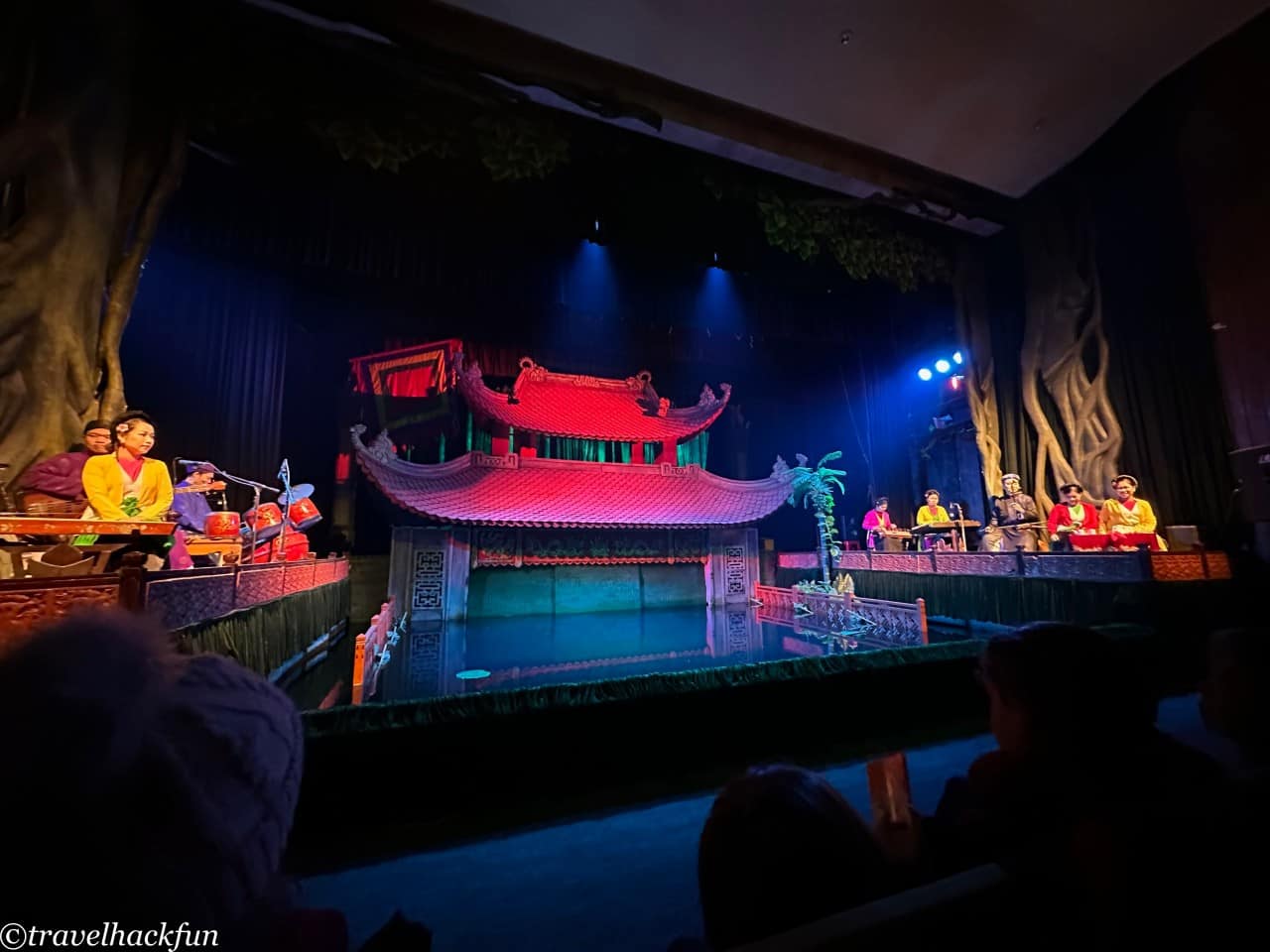
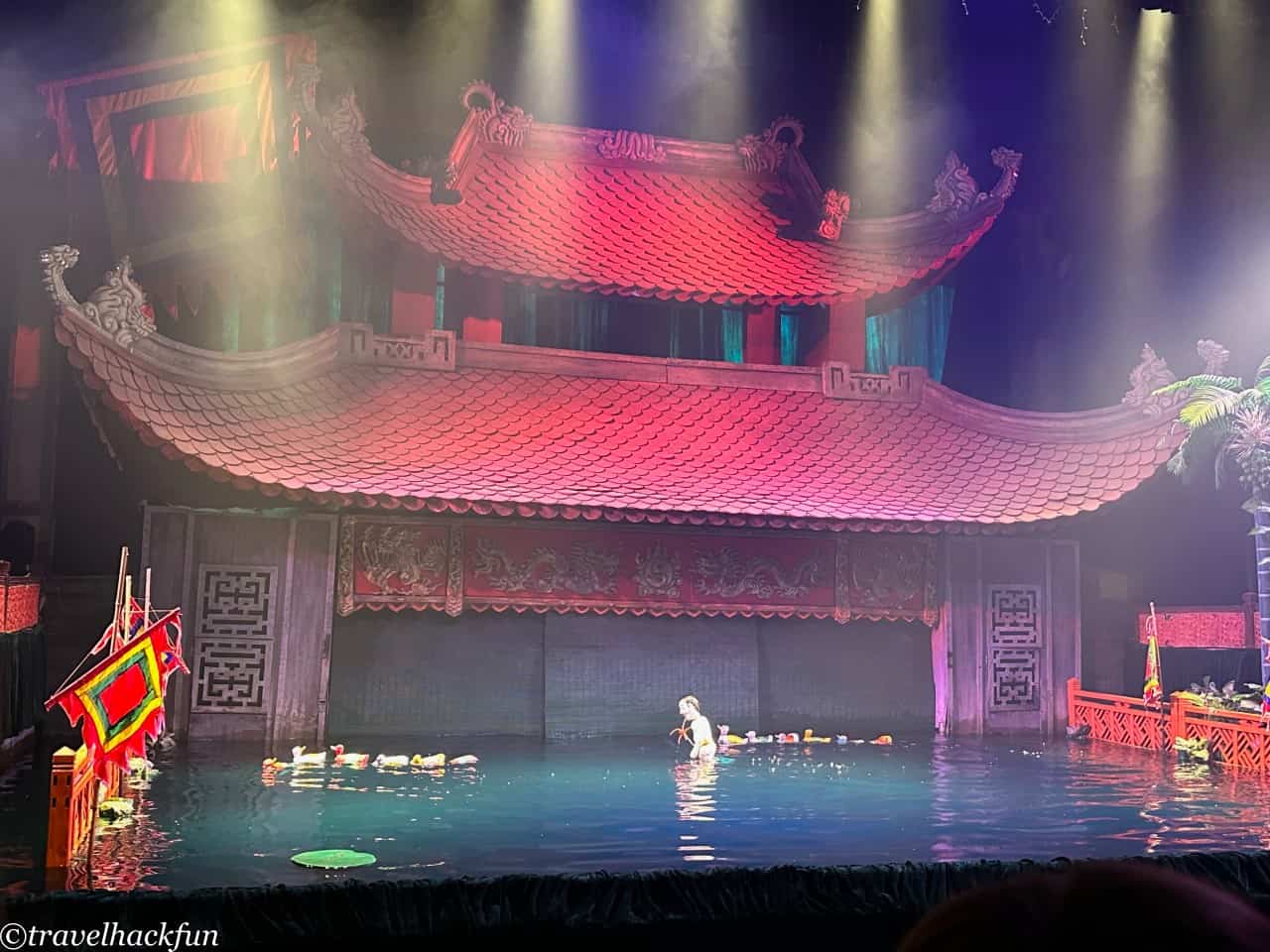

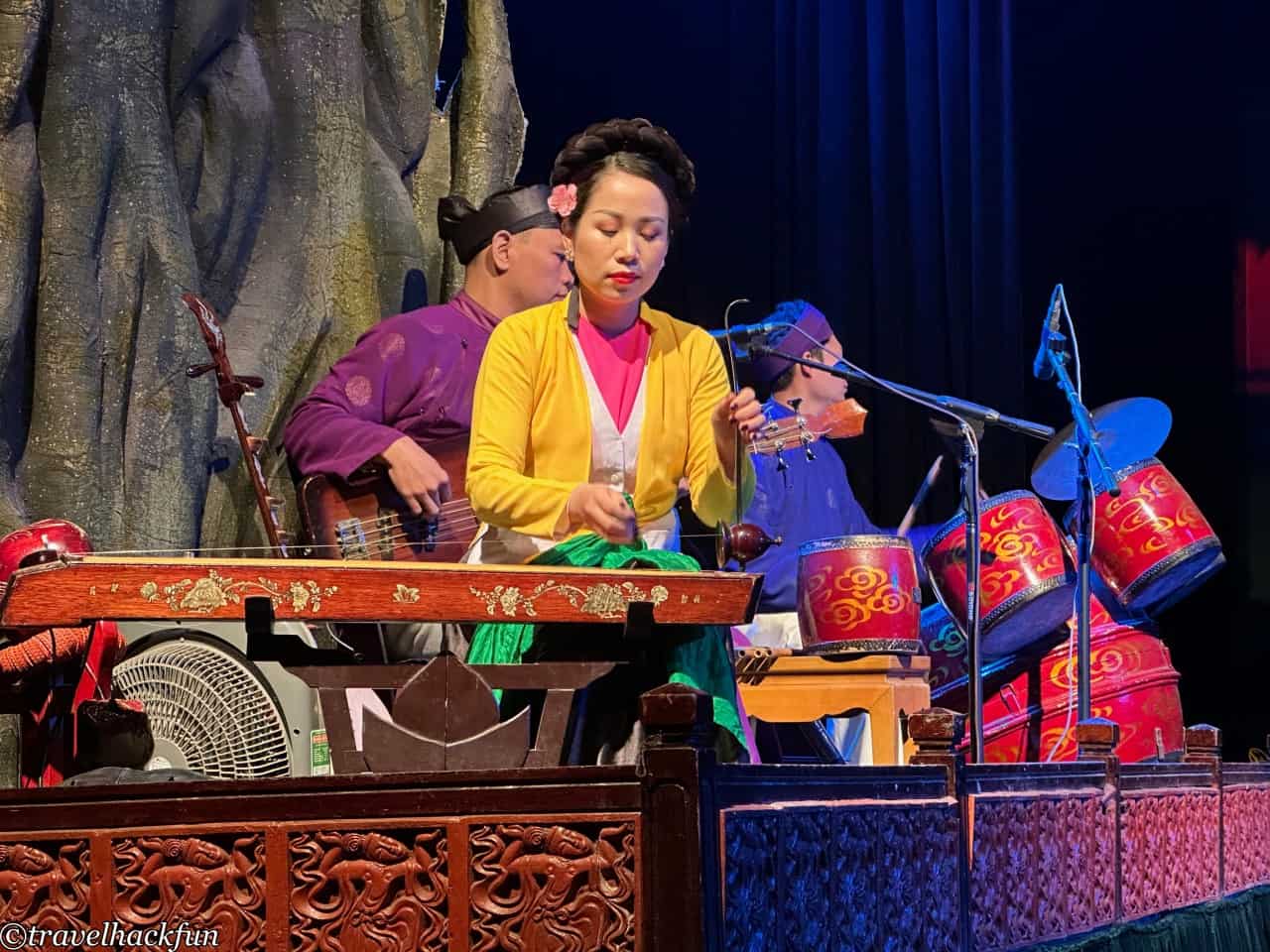
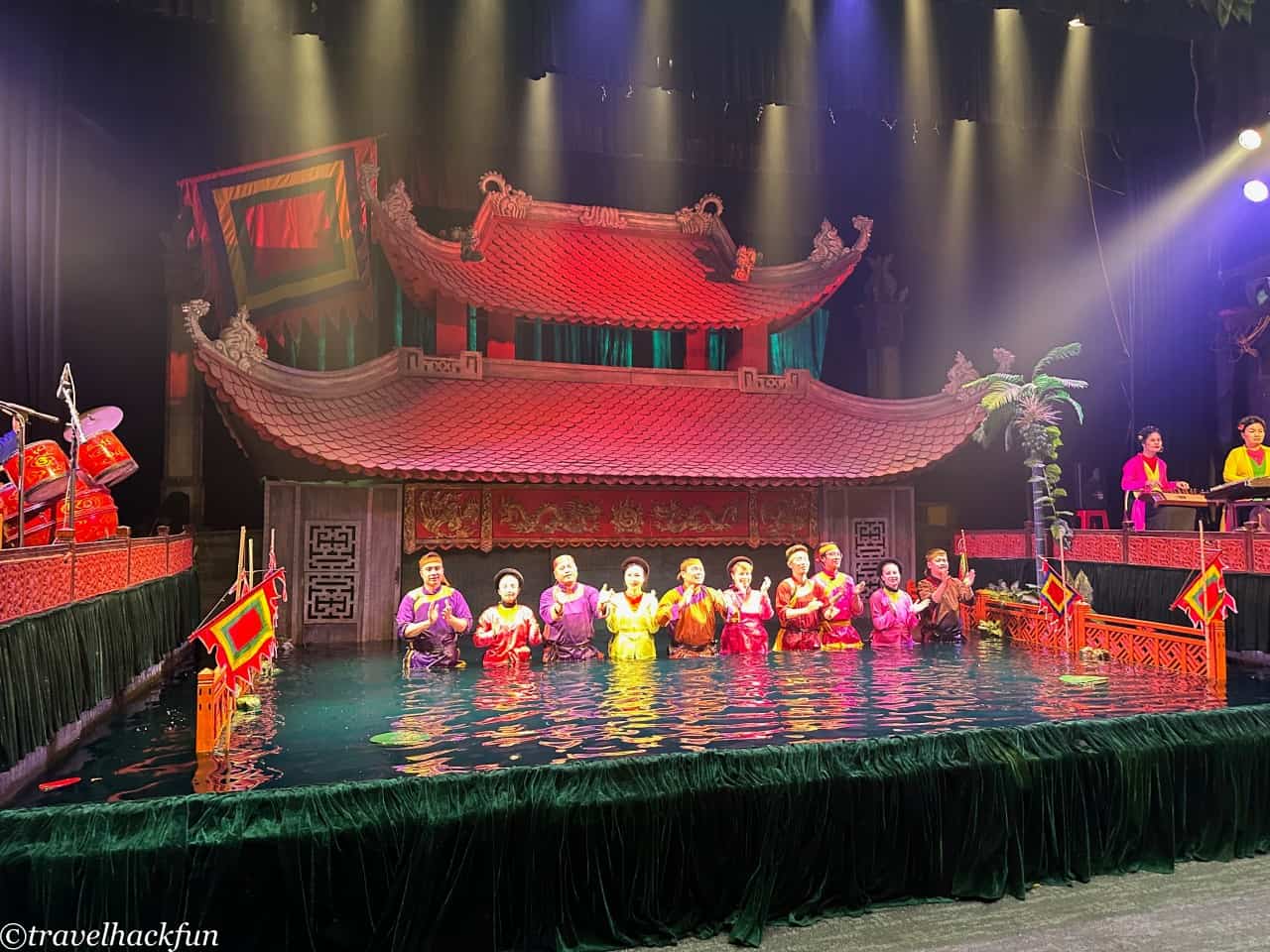
Must See | Dong Da | Temple of Literature
The Temple of Literature in Hanoi, built in the 11th century, is dedicated to Confucius and his disciples. It serves as Vietnam's version of the Temple of Confucius and is a must-visit for anyone interested in Vietnamese culture and history. It was Vietnam's first national university and symbolizes the country's pursuit of education, academics, and knowledge, showcasing the Vietnamese reverence for Confucianism. The Temple of Literature has retained its original architectural style and features, and despite experiencing numerous wars and reconstructions, it remains one of the most worthwhile attractions in Hanoi. For a more detailed travelogue, please see this article.
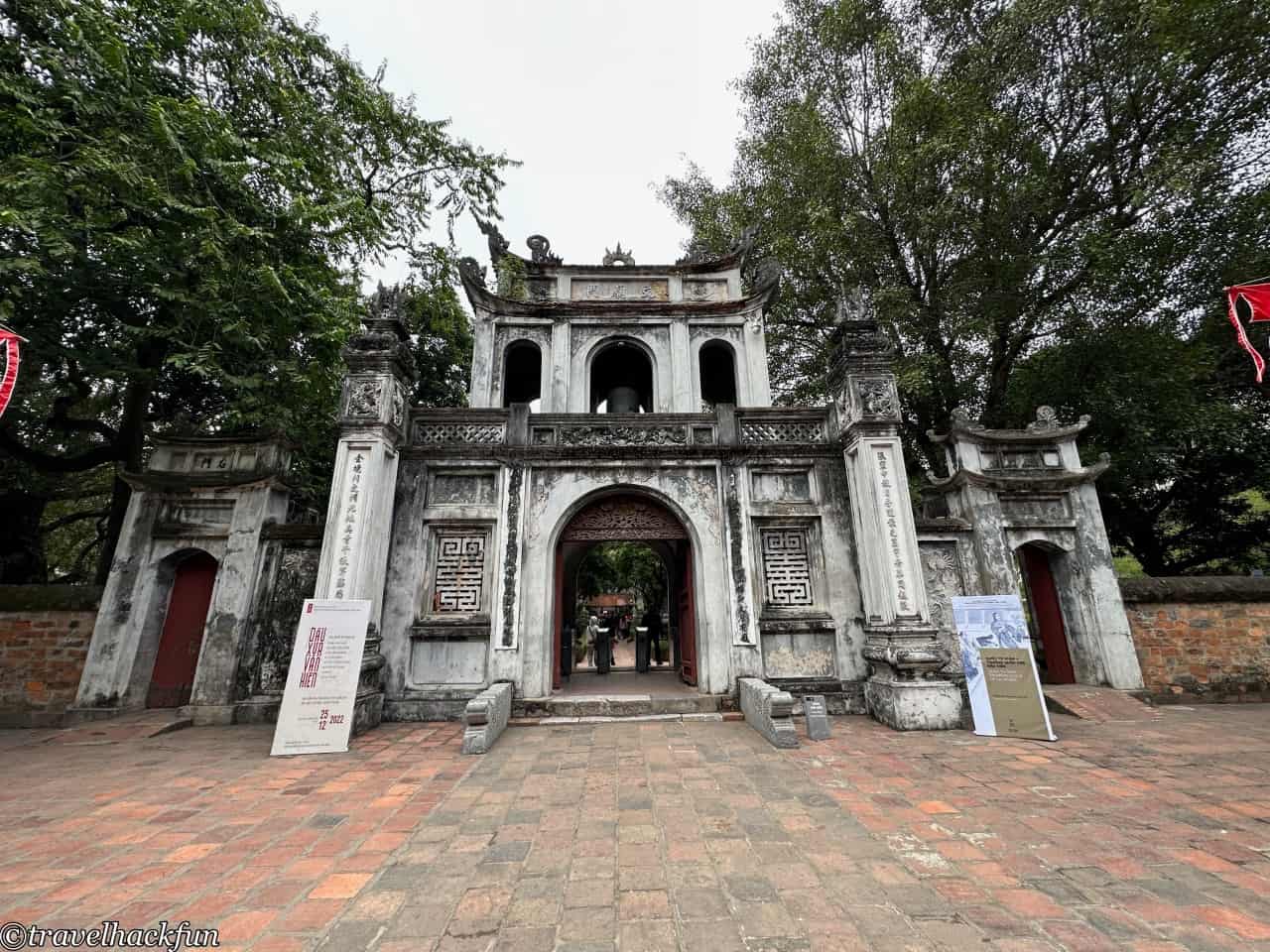
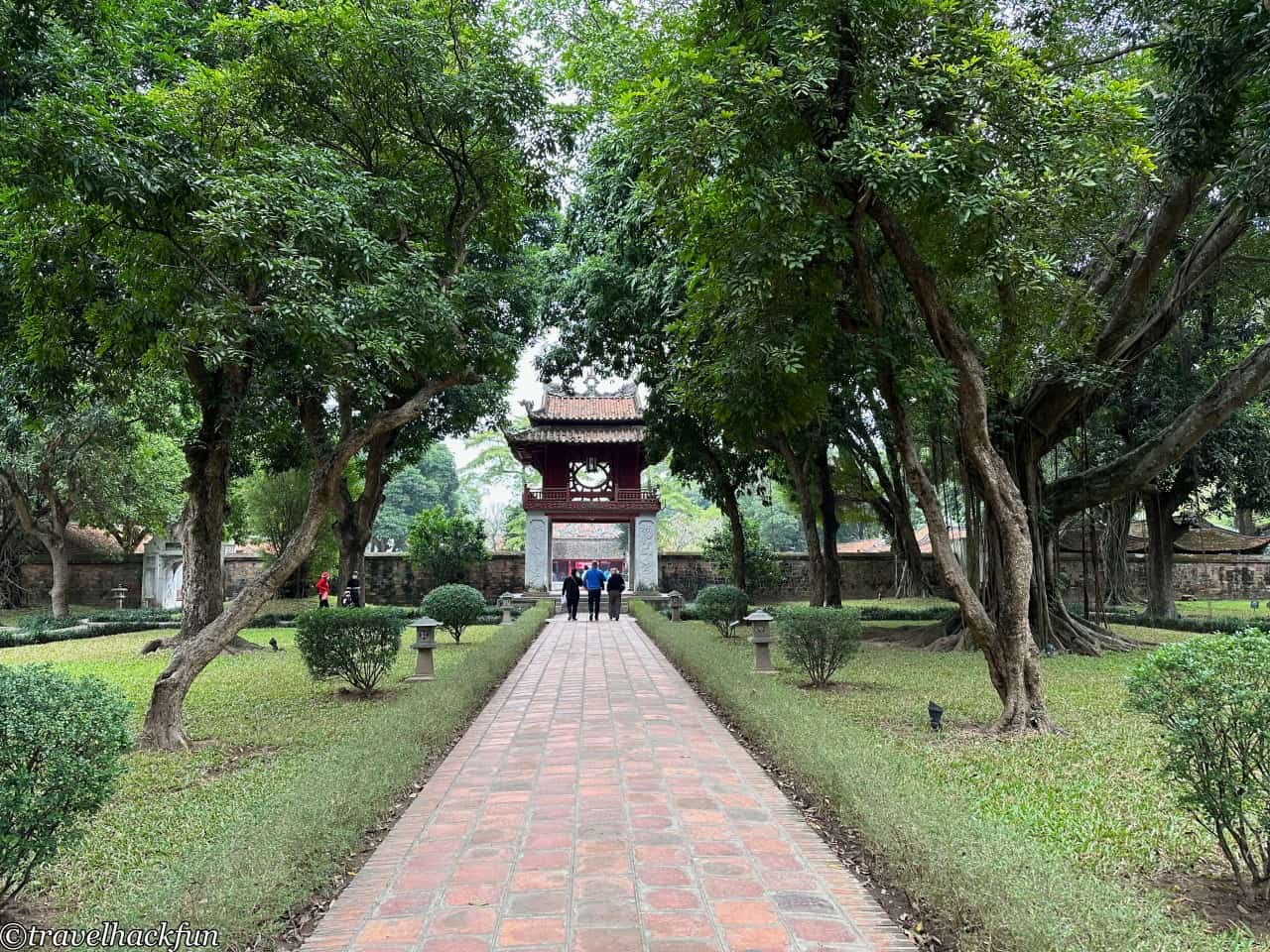
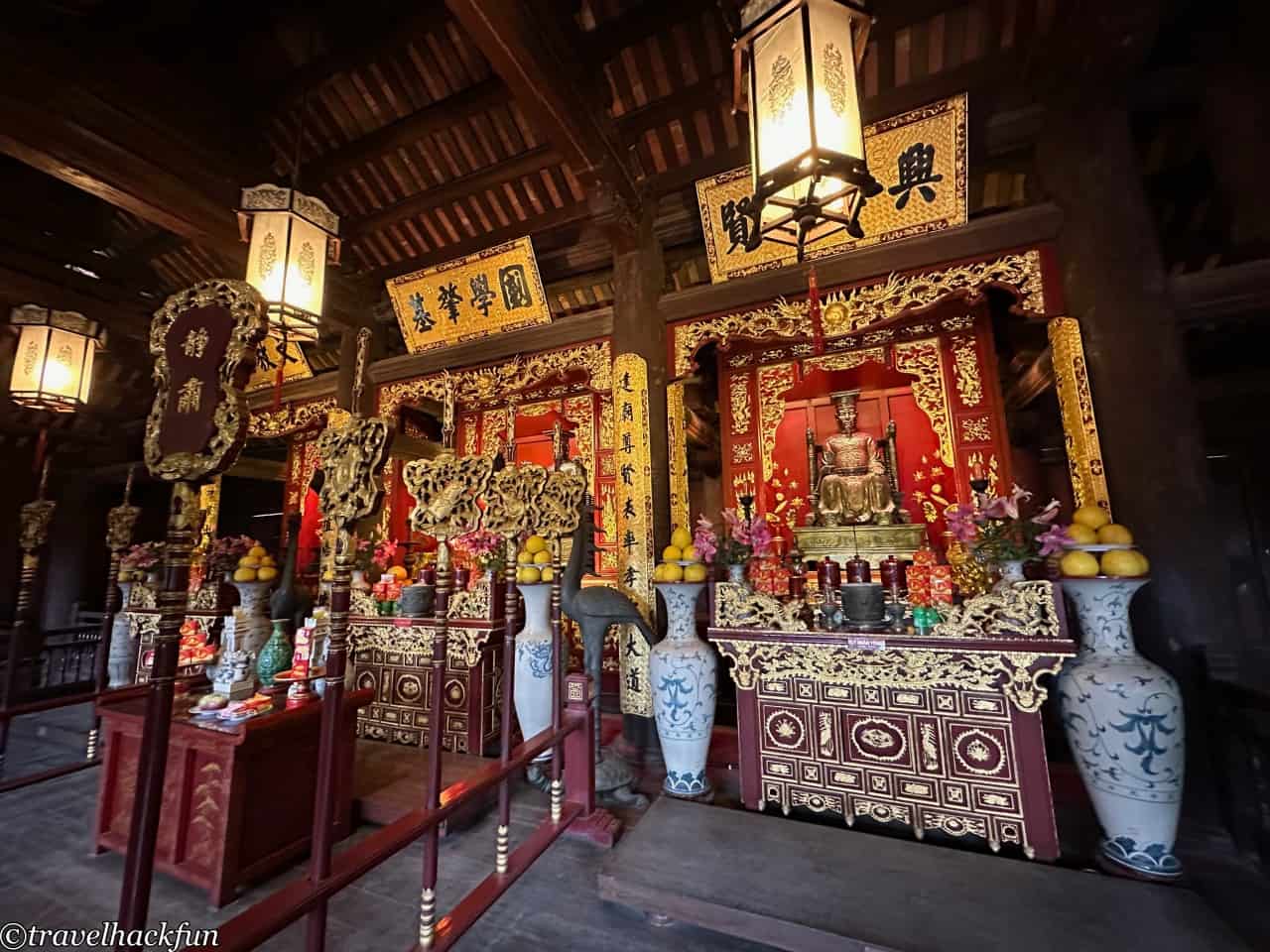
Must See | Ba Dinh | Thang Long Imperial Citadel
The Thang Long Imperial Citadel, construction of which began in 1010 under the reign of Emperor Ly Thai To, was initially the center of power for the Annan Protectorate during the Tang dynasty. It later evolved into the Thang Long Imperial Citadel. Throughout its history, the citadel underwent expansions and renovations across various dynasties, from the Ly dynasty in 1010 to the Nguyen dynasty in 1810, serving as the center of Vietnamese dynasties. Archaeologists are still systematically excavating the surrounding sites.
The architectural complex was initially built with a triple-walled structure, including the outer fortification, the middle Imperial City, and the innermost Forbidden City. The central area of the Imperial City was recognized as a UNESCO World Heritage Site in 2010, marking it as a significant cultural and historical landmark.
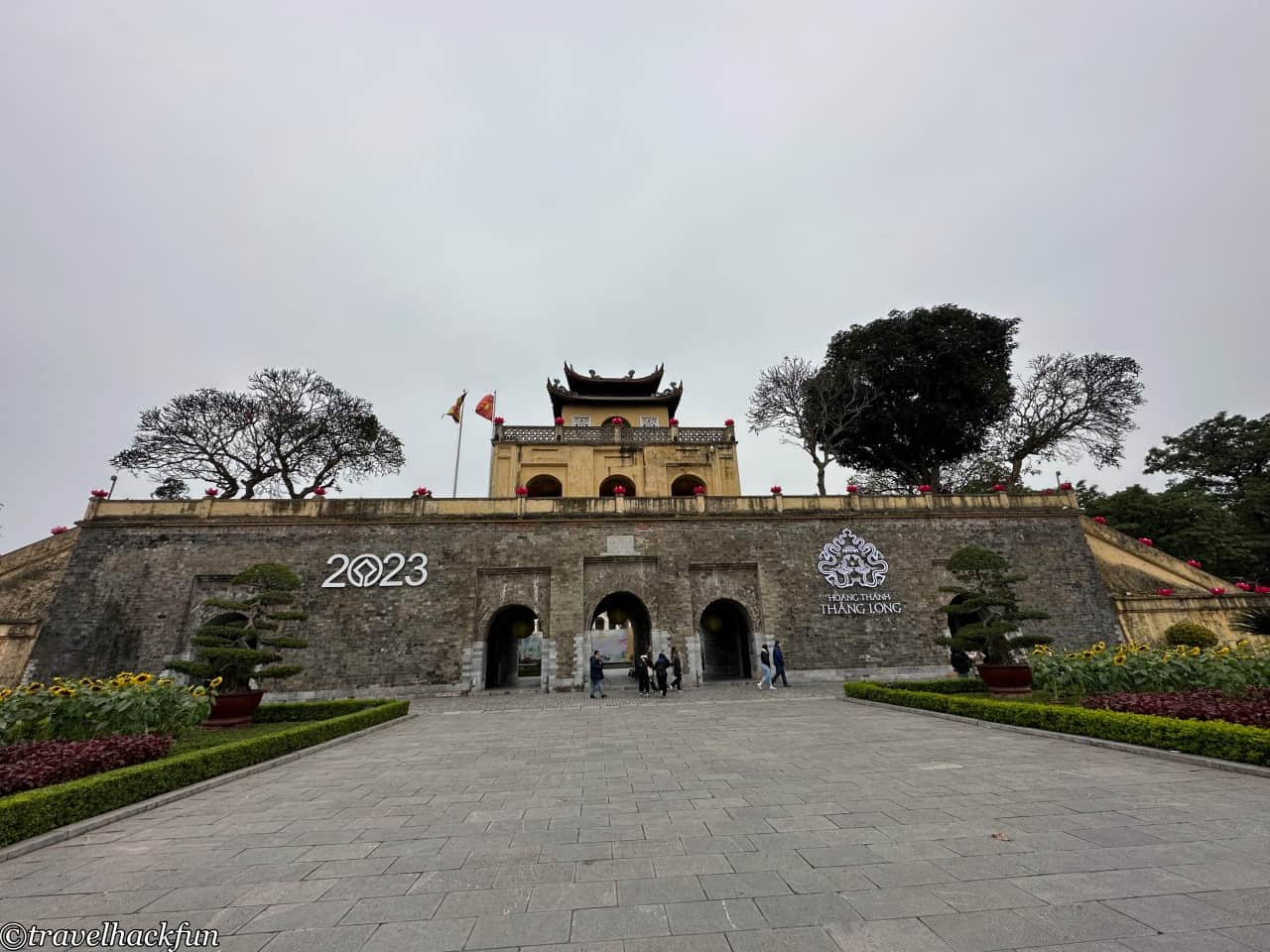
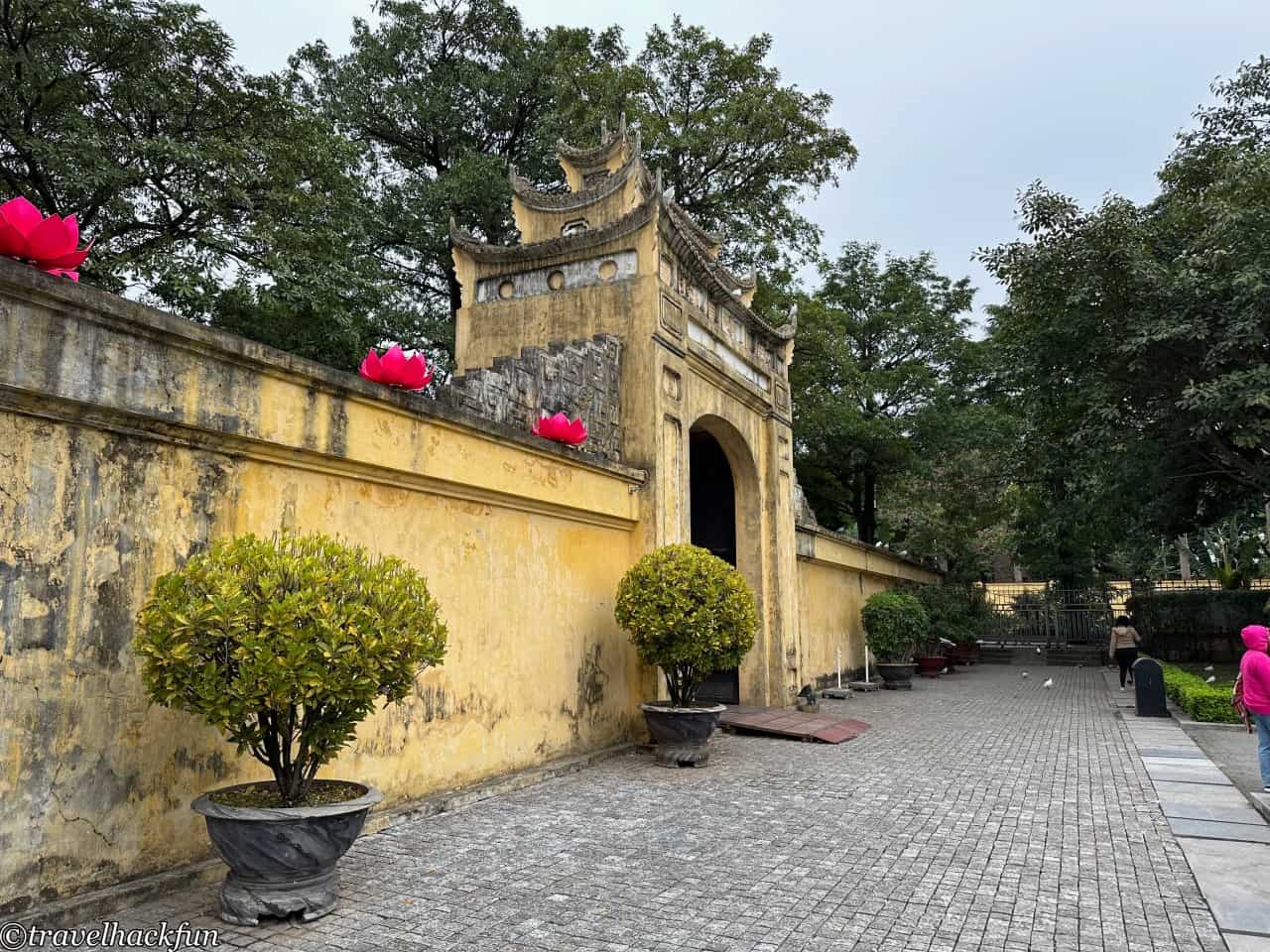
The content of Thang Long Imperial Citadel is rich. For a more detailed travelogue, please see this article.
Must-Visit | Ba Dinh | Ba Dinh Square | One Pillar Pagoda | Ho Chi Minh Mausoleum | Ho Chi Minh's Stilt House
Ba Dinh Square is the birthplace of Vietnam's modern history and one of the largest squares in Vietnam, surrounded by many important historical and cultural buildings, such as the Mausoleum of Ho Chi Minh, Ho Chi Minh's Stilt House, the Presidential Palace, and the Ho Chi Minh Museum, along with the must-visit One Pillar Pagoda. Due to the layout of the paths near Ba Dinh Square, these sites should be considered as a group of attractions, allowing visitors to explore all of the above sites in one visit. Compared to other historical sites, this is a great place to learn about modern Vietnamese history. For a more detailed travelogue, please see this article.
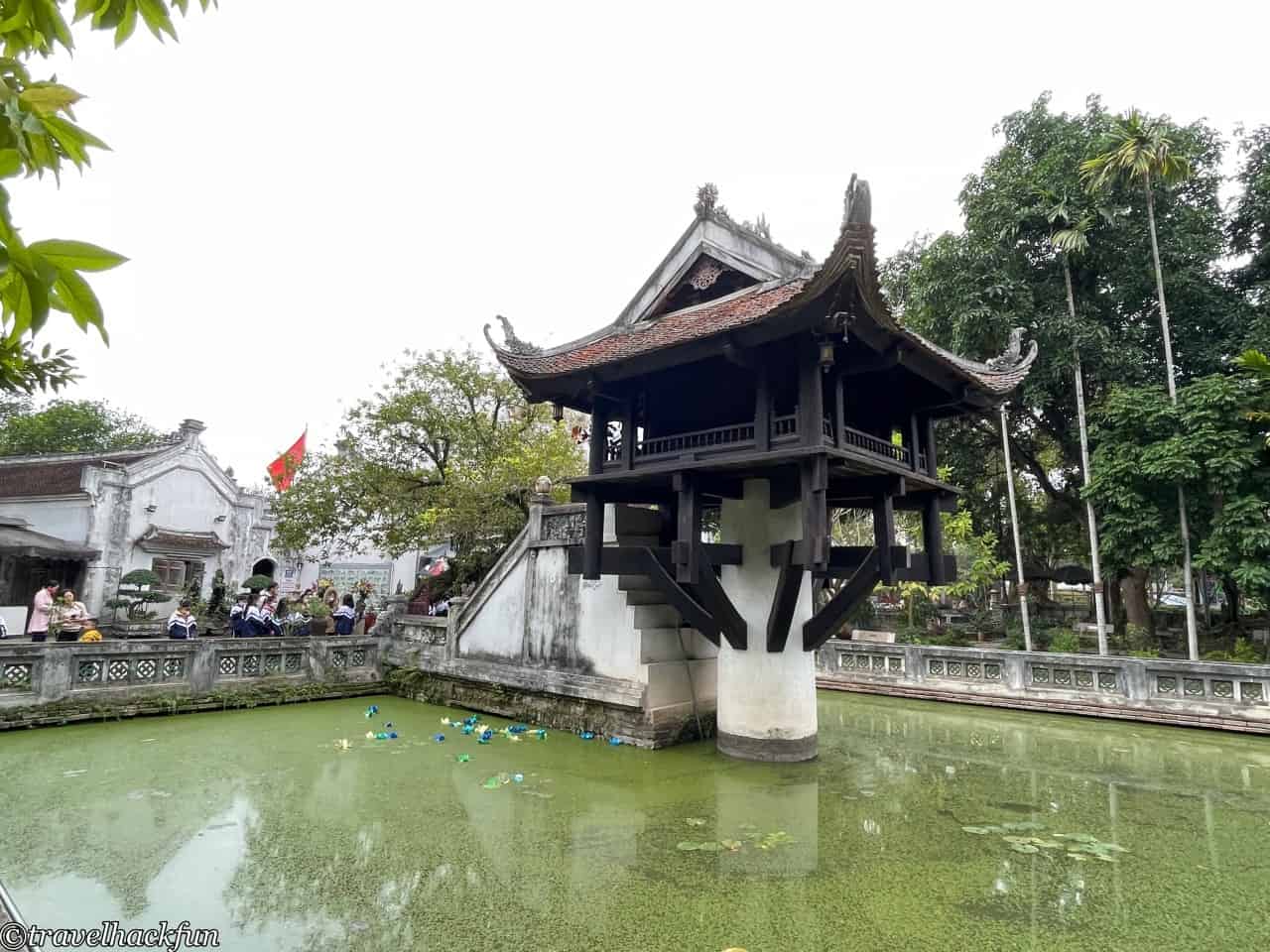
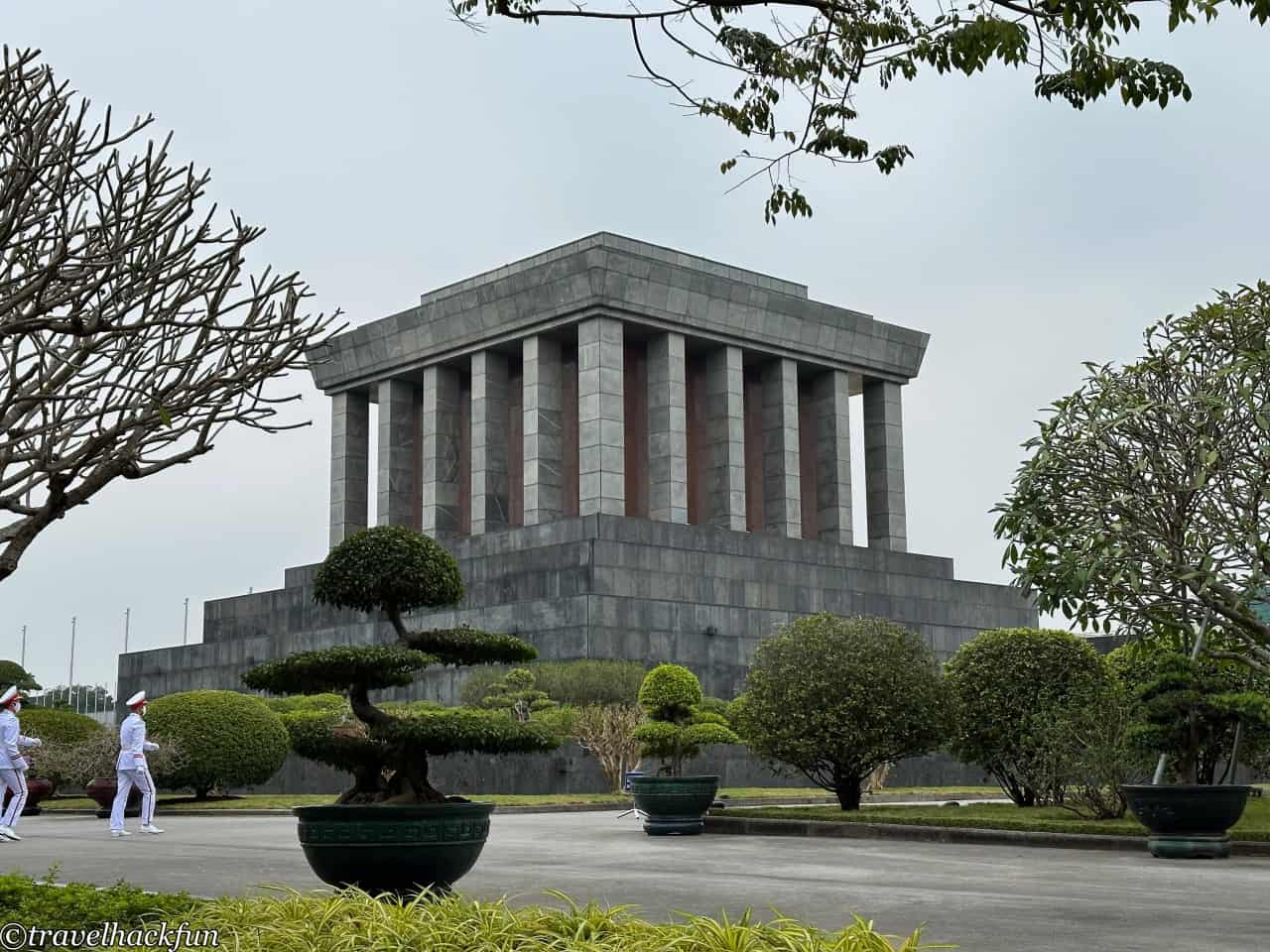

Attractions | West Lake
West Lake, located in the northwest of Hanoi's city center, is the largest natural freshwater lake in the city. Covering an area of about 5.3 square kilometers, the lake is surrounded by numerous leisure spots popular among locals and is known as Hanoi's "modern area." The vicinity of West Lake features upscale residential districts, presenting a stark contrast to the bustling and traditional Old Quarter.
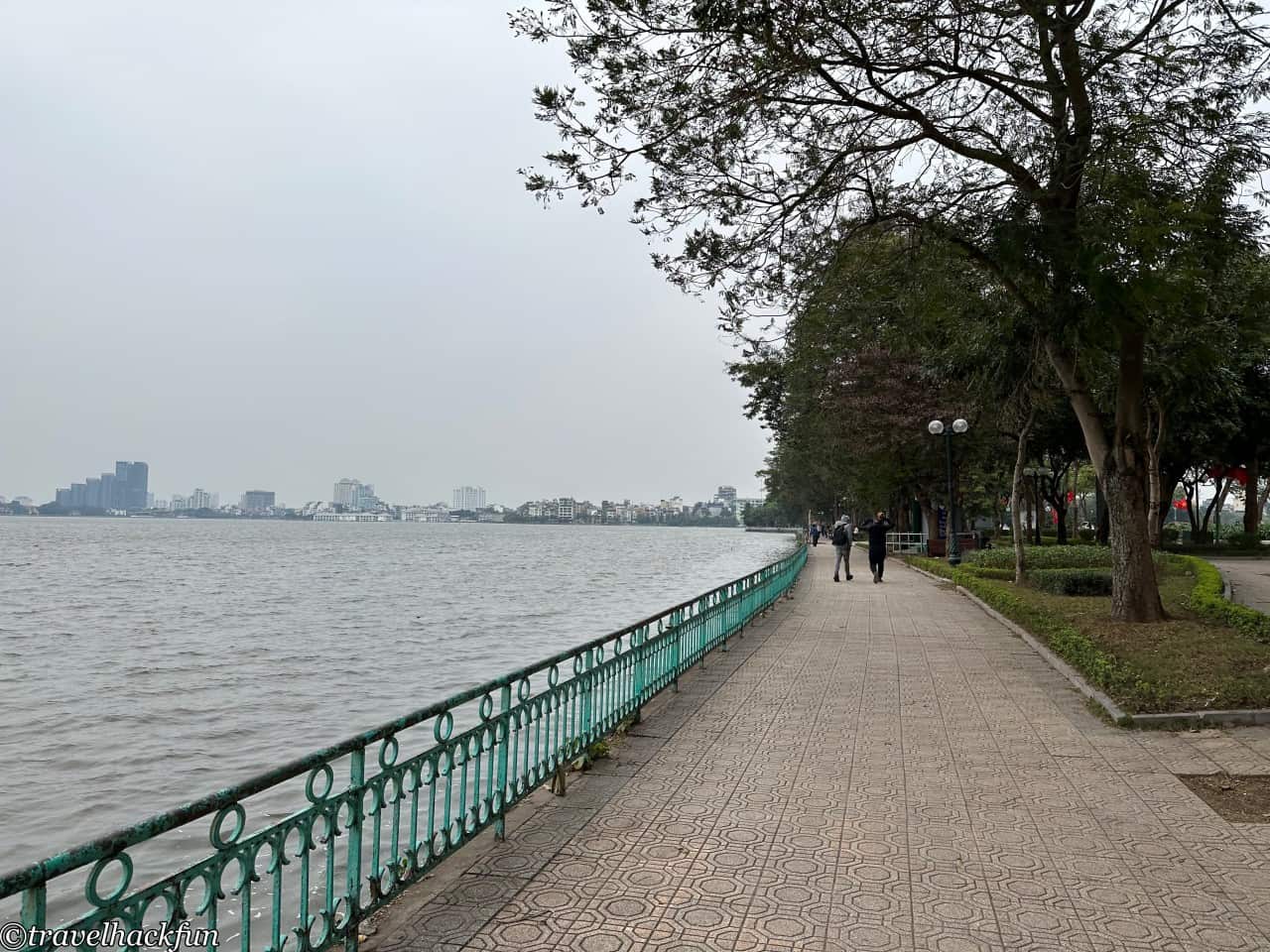
When visiting West Lake, be sure to visit Tran Quoc Pagoda, the largest Buddhist temple in Hanoi. The entrance bears the inscription "Tran Quoc Ancient Pagoda." Tran Quoc Pagoda has a history of over 1500 years, originally built in 541 AD. Initially located on the banks of the Red River, it was moved to an island in the center of West Lake in the early 17th century and has been designated as a national cultural and historical heritage site.
Famous attractions within the temple include a Bodhi tree grown from a cutting of the original Bodhi tree in Bodh Gaya, India, and a hexagonal stupa built in the 15th century.
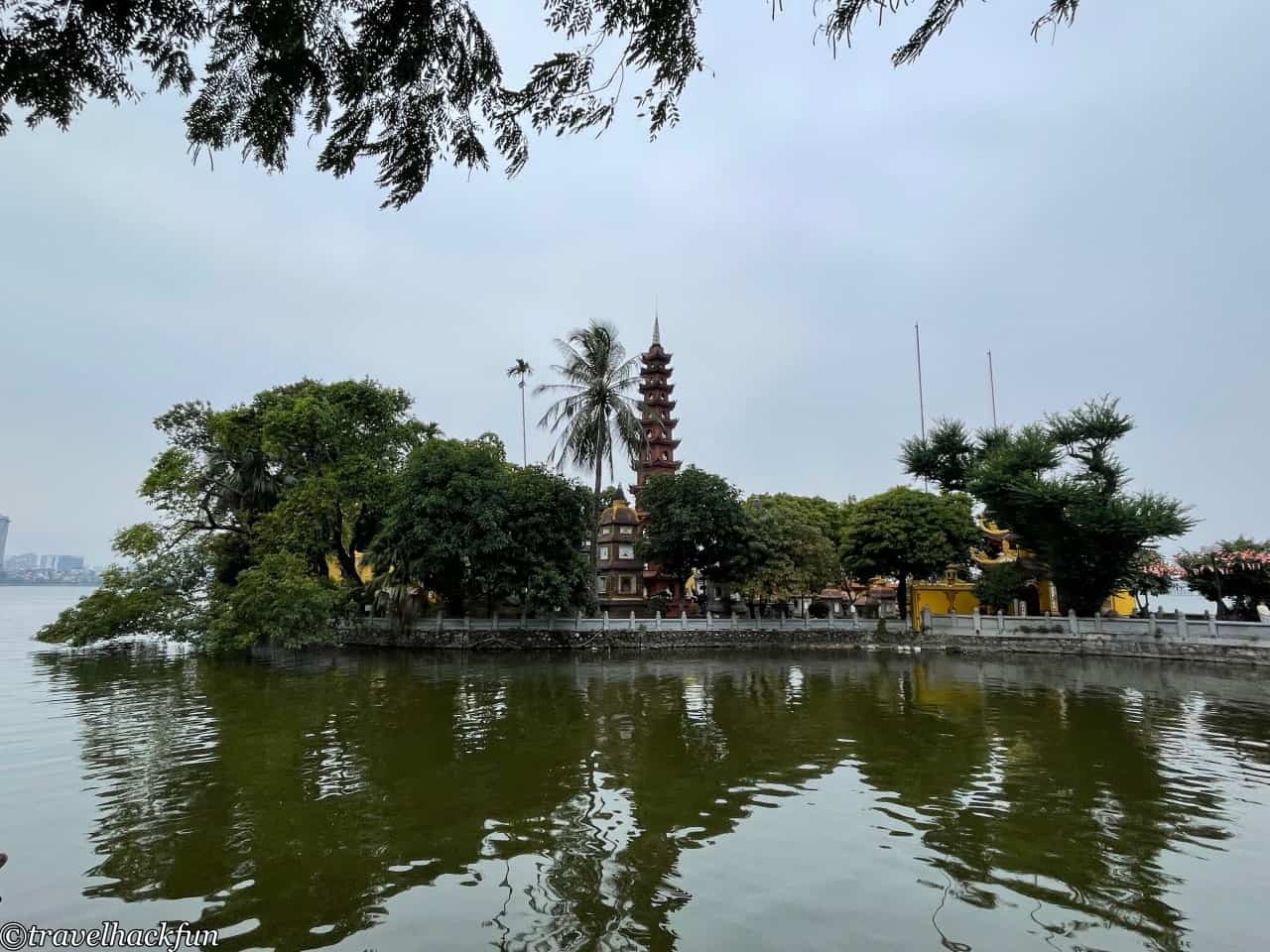
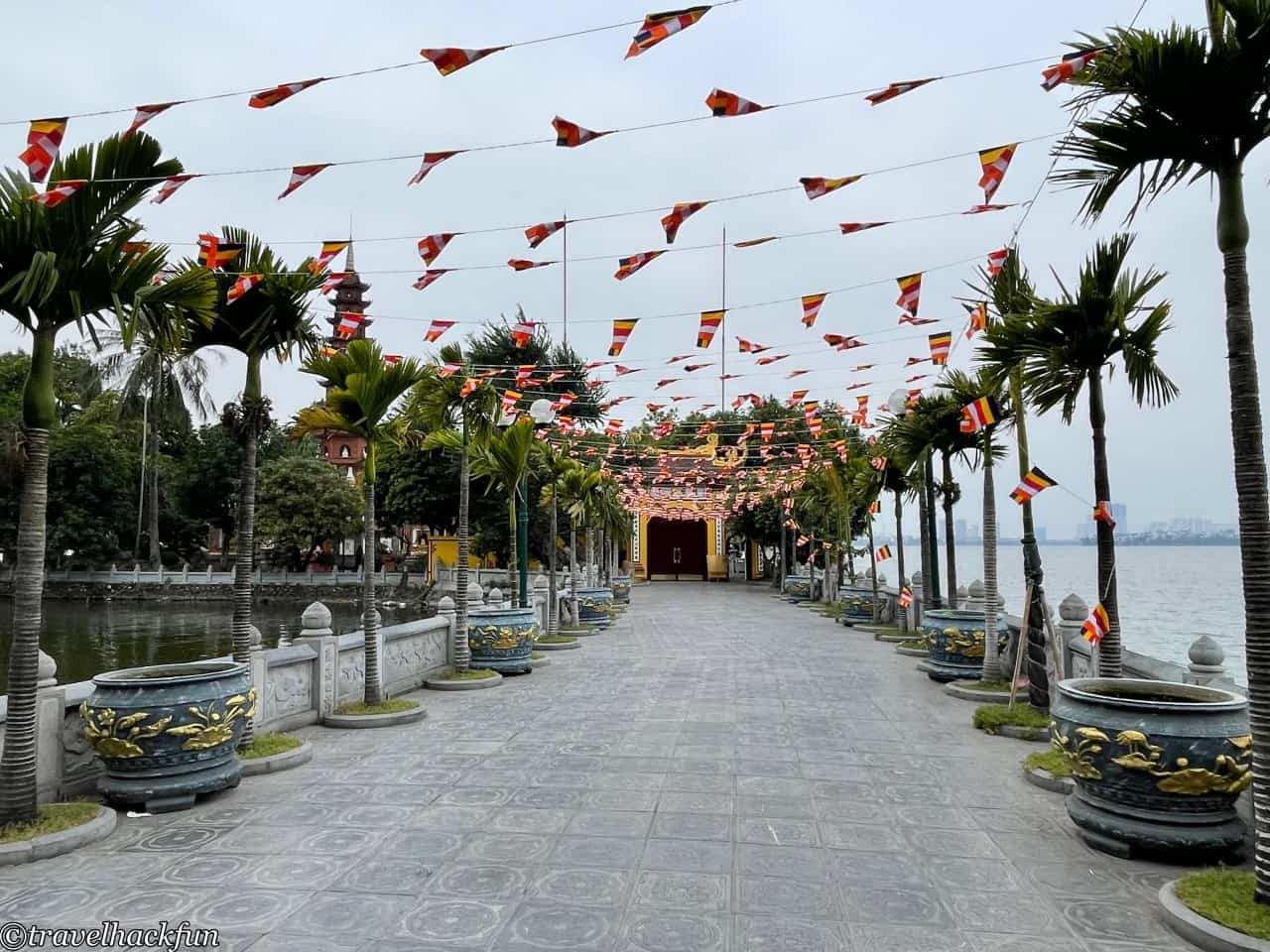

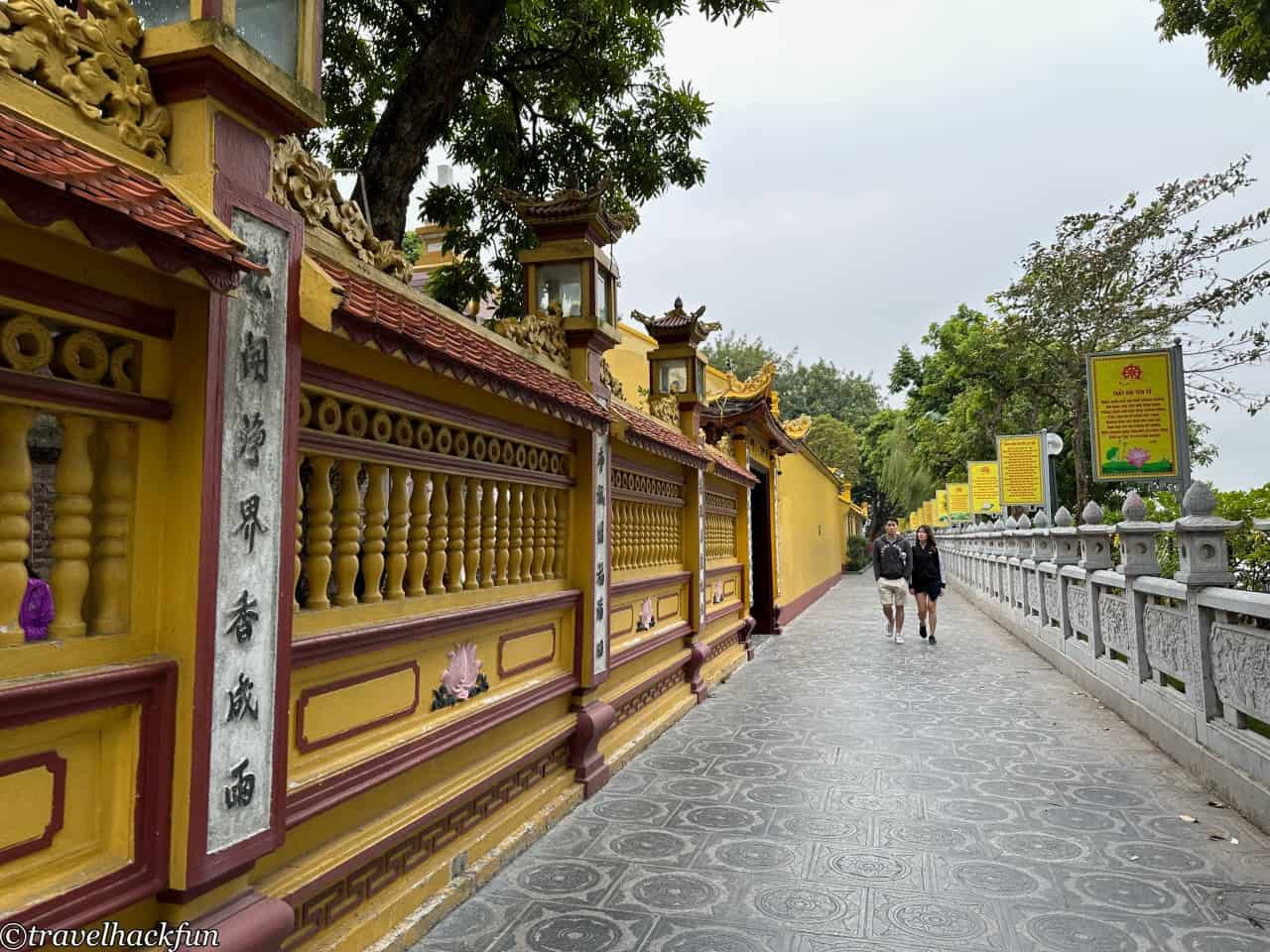
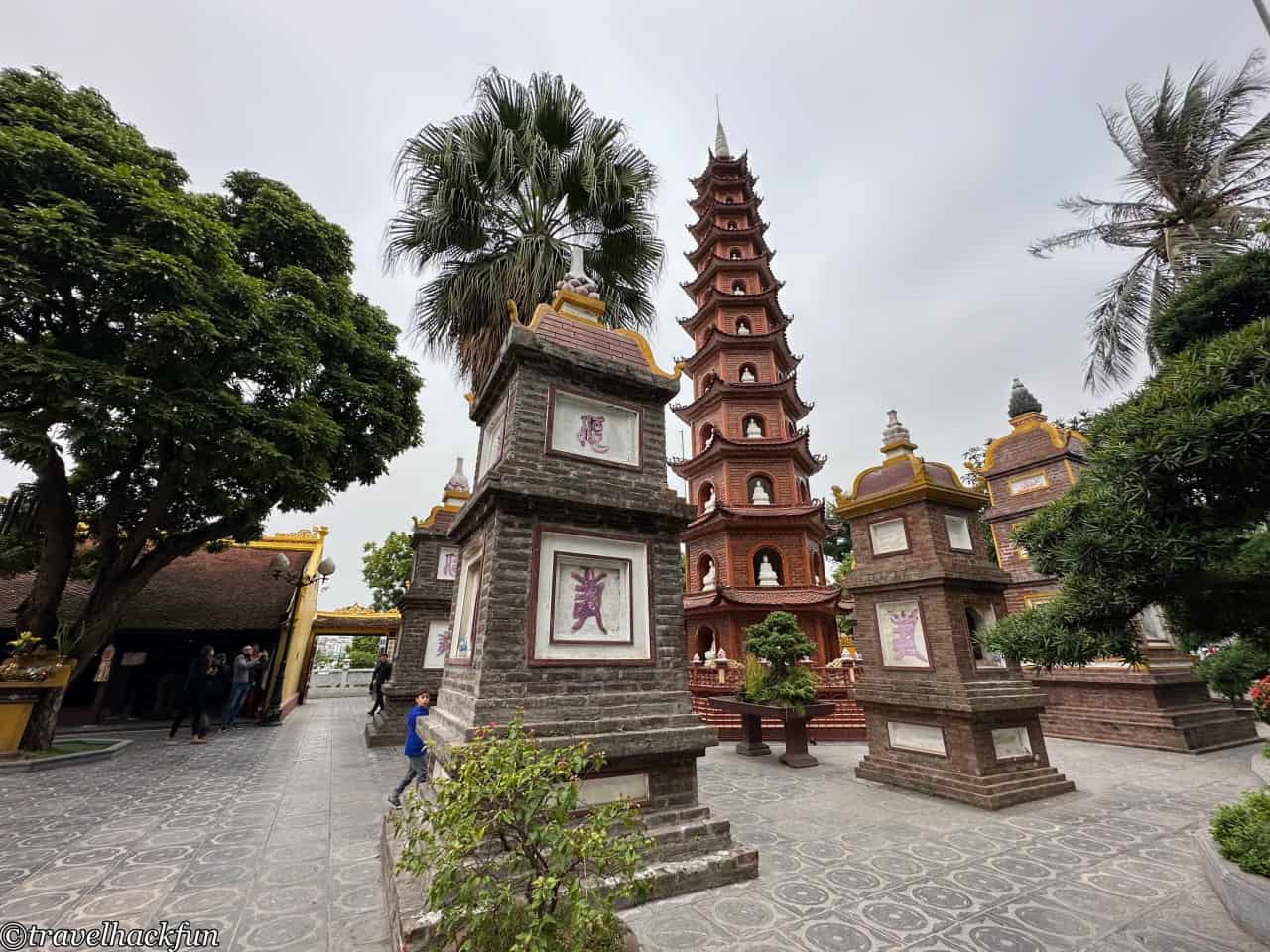
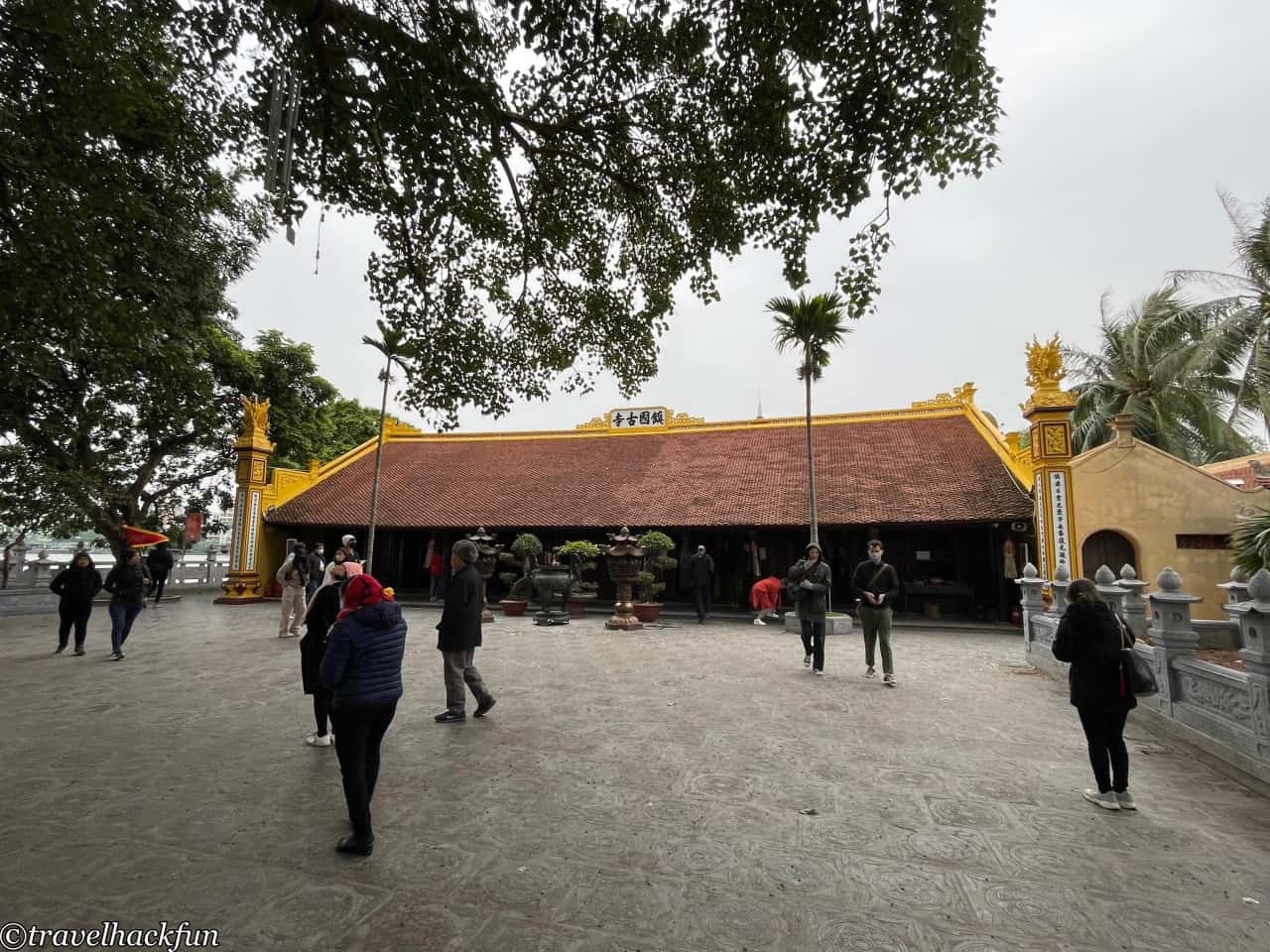
The West Lake area is also a favorite gathering place for residents, known for its array of Western-style hotels, restaurants, and cafés. Enjoying a cup of coffee by the lakeside has become one of the recommended experiences in Hanoi. Along the nearby shores of the lake, there are many popular beer bars, offering a particularly pleasant atmosphere in the evenings.
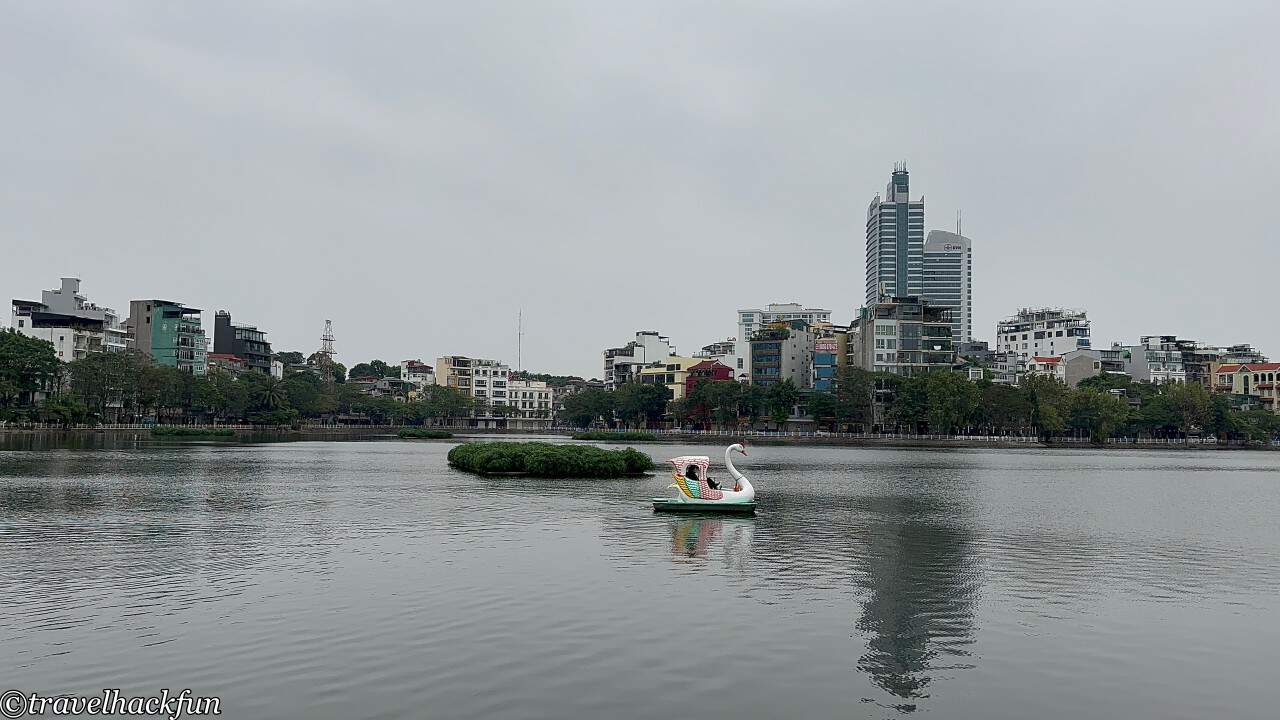



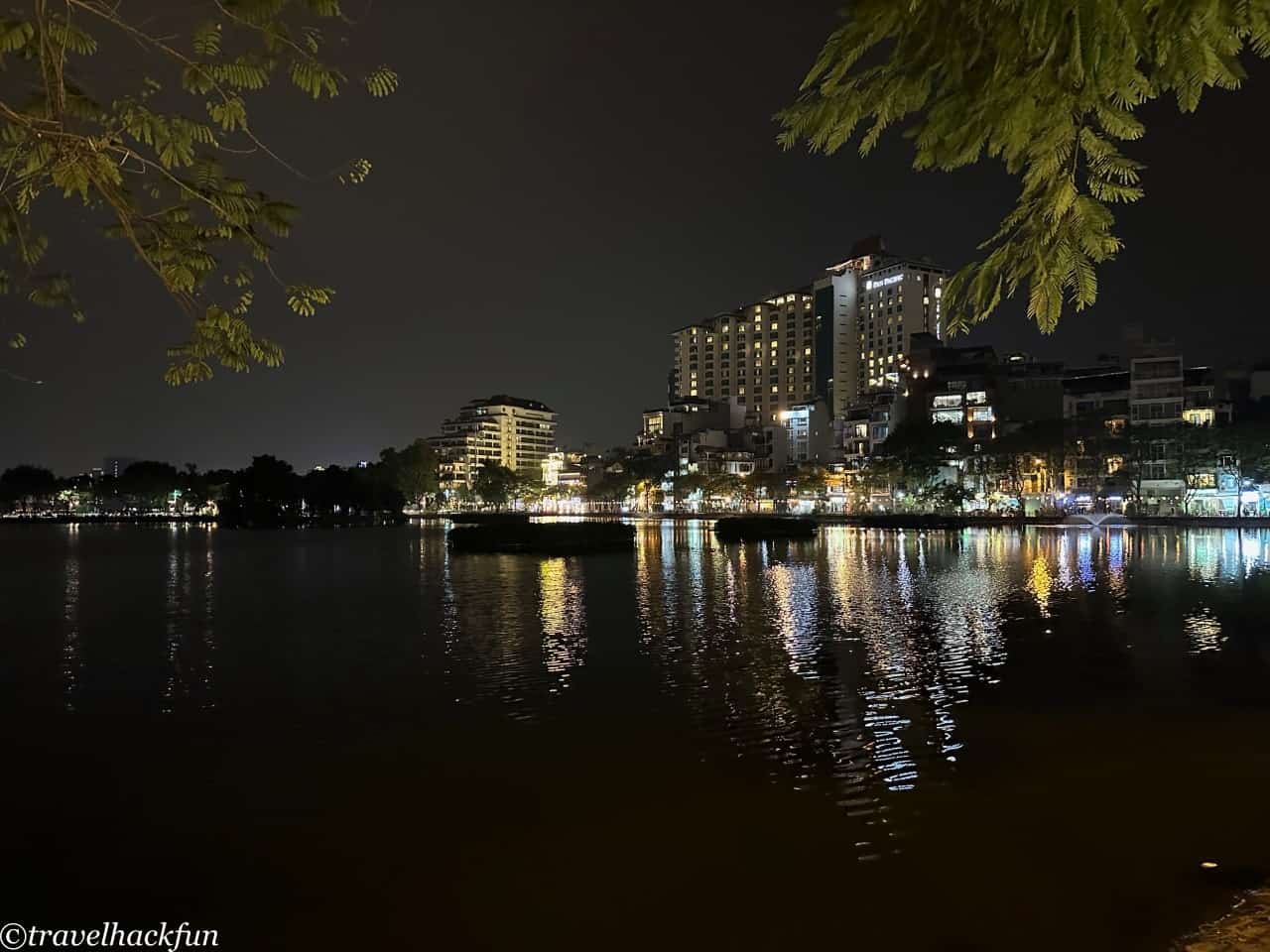
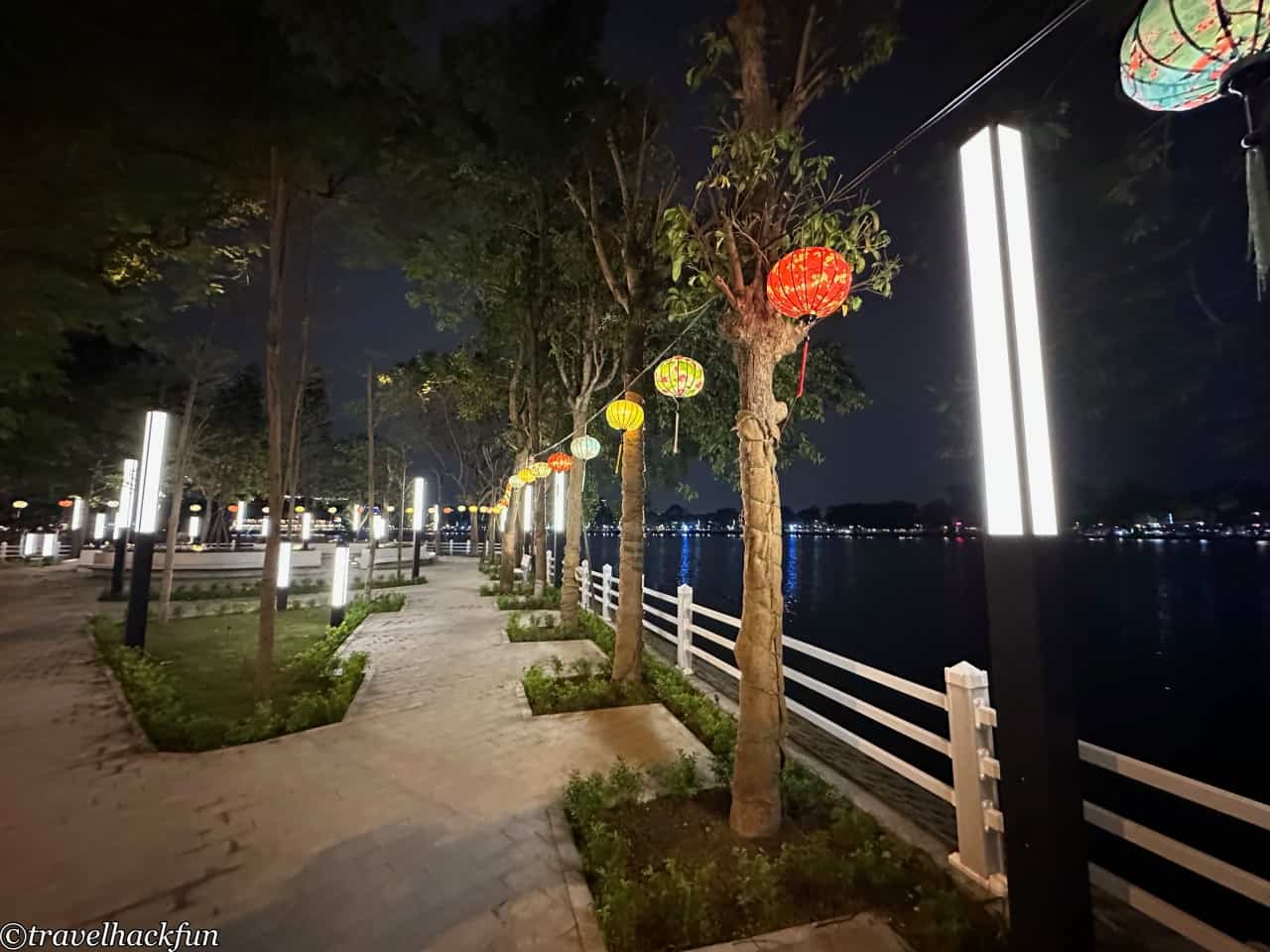
Attraction | Cau Giay | Vietnam Museum of Ethnology
The Vietnam Museum of Ethnology, located about 8 kilometers from the city center, is open from Tuesday to Sunday, from 8:30 AM to 5:30 PM. The museum showcases the lifestyles and cultural heritage of Vietnam's 54 ethnic groups. It features both indoor and outdoor exhibition areas, with interactive displays and activities that are highly educational.
The outdoor area includes replicas of traditional village houses from various ethnic groups, allowing visitors to enter these houses to explore and understand the distinct lifestyles of each ethnic group.
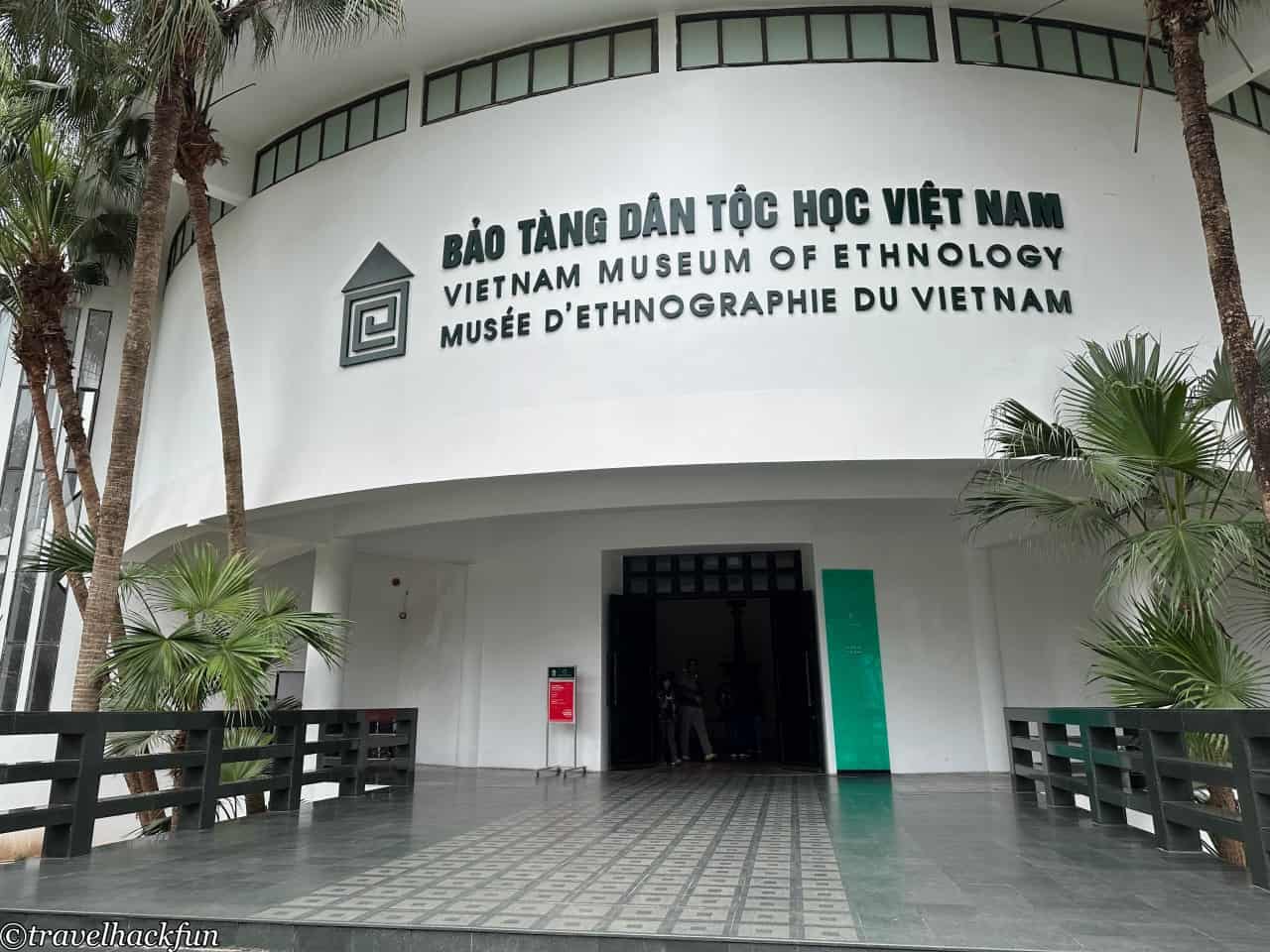
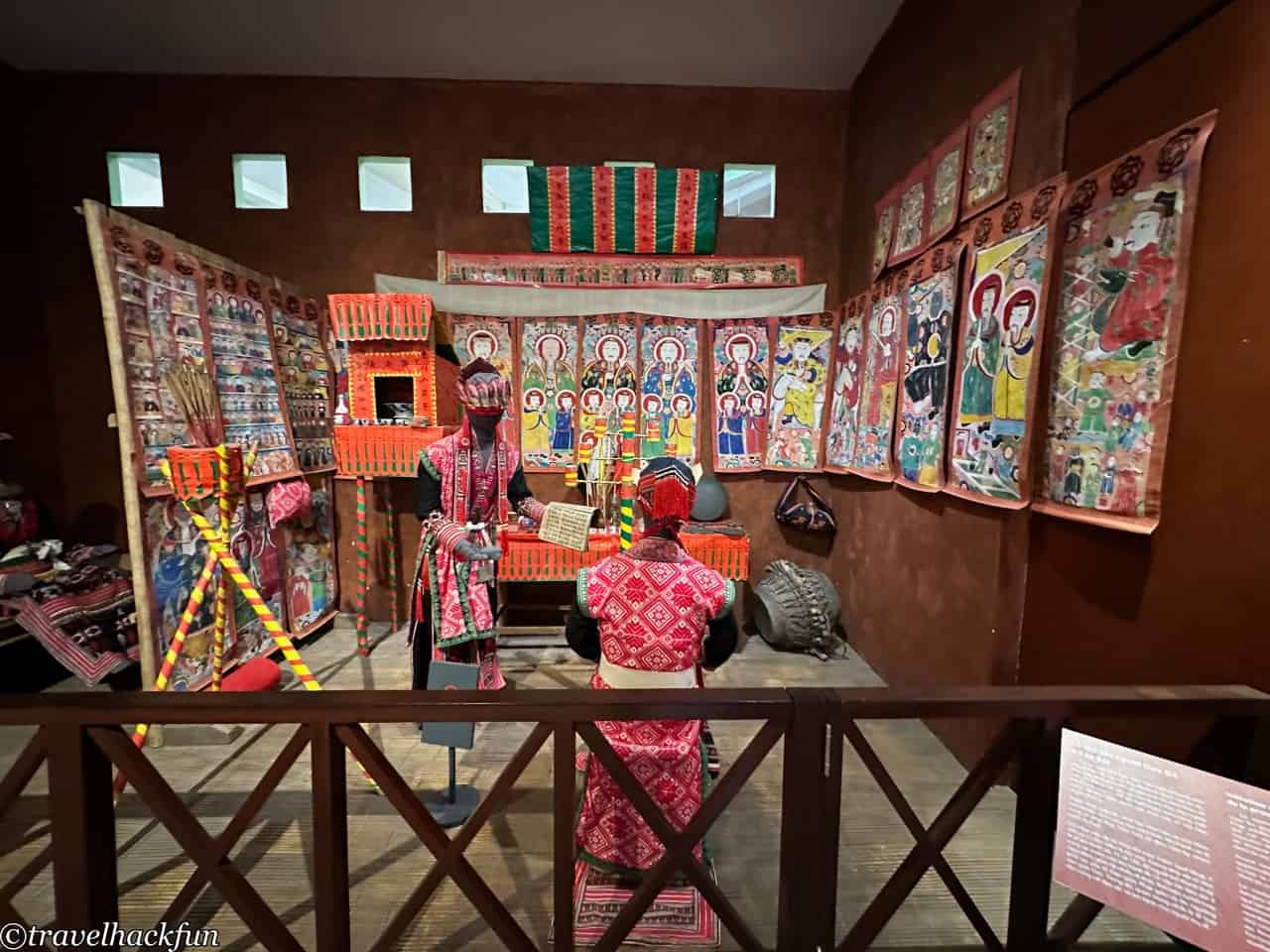

The Vietnam Museum of Ethnology offers a rich content. For a more detailed travelogue, please see this article.
Hanoi | Nearby Attractions
Hanoi is the main entry point for tourism in North Vietnam, with some of the most popular attractions nearby including Ha Long Bay, Ninh Binh, and Sapa.
Ha Long Bay
Halong Bay is listed as a UNESCO World Heritage Site, consisting of nearly 2,000 small islands and often referred to as the "Inland Halong Bay." The distance from Hanoi to Halong Bay is approximately 170 kilometers, and the most convenient way to explore Halong Bay is by taking a cruise. Typically, travelers would drive from Hanoi to Halong Bay and board a cruise there. Cruise itineraries range from one-day trips to multi-day journeys, but personally, I recommend joining a two-day one-night or three-day two-night cruise for a more immersive experience.
2D1N Cruise in Halong Bay
Halong Bay Day Trip
Ninh Binh
Vietnam's Ninh Binh, located about a two-hour drive south from Hanoi, boasts natural beauty. Visitors can explore the stunning river and mountain landscapes amidst the UNESCO-listed Trang An limestone karst terrain and the golden rice fields of Tam Coc. You can also immerse yourself in Vietnamese culture by exploring the ancient capital, temples, and enjoying the well-developed tourist attractions. Whether it's a day trip or a multi-day excursion, Ninh Binh offers convenience. For detailed multi-day itineraries and transportation tips, please refer to this article.
- Ninh Binh Day Trip: Hua Lü / Trang An / Mua Cave (klook)
- Ninh Binh Day Trip: Bai Dinh / Trang An / Mua Cave (klook)
Sapa
Sapa is a small town located in the mountainous region of northern Vietnam. It takes about a five-hour drive from Hanoi and is situated in the heart of the Hoang Lien Son mountain range. In Sapa, you can climb to the "Roof of Indochina," also known as Fansipan Peak, to overlook the spectacular terraced fields and mist-covered mountains. You can also visit traditional villages and experience the diverse culture of ethnic minorities. For more detailed insights into traveling to Sapa independently, please refer to this article.
Recommended Sapa 2D1N Trekking Tour
Hanoi | Dining
In terms of cuisine, Hanoi is also known for its delicious and affordable street food. We've tried many gourmet restaurants in Hanoi as well, and I will dedicate another article to recommending worthwhile restaurants. You can find the details in this article.
☕ Enjoying my travel notes?
You can Buy me a coffee to support what I do 🙌